MSI's latest gaming monitor has a name that reads more like a motherboard model number: the MAG 272QP QD-OLED X50. It's a mouthful, sure, but the important part is at the end – "X50" – because this is the first QD-OLED panel to hit a blistering 500Hz.
At a glance, it might seem like a straightforward spec bump over last year's 360Hz QD-OLEDs. But the X50 brings more to the table than just raw speed. Samsung Display has cranked up the panel's brightness enough to earn a VESA DisplayHDR True Black 500 certification, a step up from the True Black 400 standard used in previous models.
To meet the True Black 500 specification, the screen must achieve 300 nits in full-screen white and 500 nits in a 10% window – both higher than previous models.
This is also the first monitor we've tested with MSI's new EOTF Boost function, their latest attempt to address QD-OLED panel dimming. Their first effort, which we examined earlier this year, was limited in effectiveness and only worked under specific conditions. MSI claims this updated EOTF Boost is a broader and more effective solution. We'll see how that holds up in practice.
MSI is positioning the X50 as one of the more affordable 500Hz monitors, launching at $850. At Computex, most other vendors using this panel were targeting a $900 price point. If those figures hold, MSI will be entering the market slightly below that.
What is certain is that 500Hz QD-OLED monitors will debut at a lower price than 480Hz WOLED monitors like the Asus PG27AQDP and LG 27GX790A, both of which carry a $1,000 MSRP. However, although we're reviewing a final retail unit today, MSI has told us that the X50 won't be available until late July in most regions.
Design and Ports
The design of the 272QP X50 is identical to other recent MSI gaming monitors. The front showcases the display with its typical glossy finish and a gray chin featuring the MSI logo. Around the back, there's MSI's signature central box that houses all key components, with the thin OLED panel extending outward.
This box is made from standard black plastic and includes a variety of textures and vents. It's a somewhat gamer-centric design, although there's no RGB lighting. The build quality is decent but not quite on the level of recent high-end Alienware models.
The stand features a flat, square base we've seen for several years. It offers height, tilt, swivel, and pivot adjustments and feels very sturdy, something we appreciate. The maximum height is average.
For connectivity, the monitor includes one DisplayPort 1.4 with DSC, two HDMI 2.1 (48Gbps) ports with DSC, and a USB-C port that supports DisplayPort Alt Mode and provides 15W of power delivery. There's also a 3.5mm audio output.
However, there's no USB hub or KVM switch, which is surprising given that most other MSI monitors include these features. That said, MSI plans to release a second variant, the MPG 271QR X50, a few months later. That model will upgrade DisplayPort to the 2.1 UHBR20 spec, add a USB hub, and increase USB-C power delivery to 98W.
As things stand, unless a USB hub or KVM switch is essential, we believe the current port selection is sufficient. The use of DisplayPort 1.4 with DSC is not a drawback; in practical terms, there's no noticeable difference in usability compared to DisplayPort 2.1.
There are no functionality limitations with DP 1.4 on this monitor, as it can deliver 10-bit 500Hz output over both DisplayPort and HDMI (DSC is required in both cases). For console gamers, the display supports 1080p and 1440p input up to 120Hz with HDMI VRR. However, there is no 4K downscaling mode.
The on-screen display (OSD) is controlled via a directional toggle located behind the MSI logo. It includes the usual MSI feature set, such as a broad range of color controls, multiple picture modes, and gaming tools like a crosshair, sniper mode, refresh rate counter, and black stabilizer.
MSI also offers the most customizable OLED care settings available. Users can enable or disable features like static screen detection and taskbar detection, and fine-tune how aggressively they operate. Although there are no USB ports on the monitor, firmware updates are still supported over DisplayPort.
Screen Coating, Subpixel Layout and Burn In
While the 272QP X50 uses a new 500Hz QD-OLED panel from Samsung Display, the core hardware is the same as previous 27-inch 1440p QD-OLED panels that were available at 360Hz and 240Hz. There are no changes to the subpixel structure, panel composition, or screen coating. As such, this is still considered a third-generation panel.
Since the subpixel layout remains unchanged – still using the revised triangle RGB layout – text clarity is the same as other 1440p QD-OLEDs. Compared to LCDs at the same size and resolution, QD-OLEDs are generally weaker in text rendering due to pink or green fringing around the top and bottom of characters.
Whether this is noticeable depends on your sensitivity to such artifacts. Text clarity is on par with 480Hz WOLED panels using an RGWB layout, though the artifacts differ. Compared to older 240Hz WOLED panels with an RWBG layout, QD-OLED has an advantage in text quality.
This QD-OLED panel features a glossy finish, which is a double-edged sword. On the plus side, it offers better sharpness and clarity than matte coatings, without grain or diffusion that can reduce perceived contrast. However, the downsides include mirror-like reflections, though they are relatively well controlled here, and reduced black levels in well-lit environments.
Ambient light can activate the quantum dot layer, making blacks appear gray. This undermines one of OLED's core strengths but can be mitigated by using the monitor in a dim room with lighting behind the screen. Whether a glossy QD-OLED is suitable depends on your environment and preferences.
OLED panels of all varieties are also susceptible to permanent burn-in. This generally isn't an issue while gaming or watching video, but prolonged display of static content can cause it over time. That makes OLED less ideal for productivity tasks involving static desktop windows throughout the day.
You can refer to our ongoing OLED burn-in series for real-world data on how this affects long-term use. Occasional static use, like web browsing between gaming sessions, is fine. We just wouldn't recommend OLED for extended work hours. MSI includes a standard 3-year burn-in warranty.
Response Time Performance
Response time performance is excellent on this MSI QD-OLED monitor, as it is on most OLEDs we've tested. OLED technology offers extremely fast response times, around 0.3ms across all refresh rates, and this performance is consistent even at lower refresh rates. That makes OLED ideal for gamers using variable refresh rate (VRR), since there's no need to switch between overdrive modes.
MSI MAG 272QP X50 - 500Hz, 240Hz, 120Hz, 60Hz
There is effectively no difference in response time performance between this QD-OLED and other OLED monitors, including WOLED models. OLEDs significantly outperform even the fastest LCDs, whether we're measuring best-case or average response times across the refresh range. In addition to speed, OLEDs also avoid the overshoot artifacts common in some LCD panels.
When analyzing cumulative deviation, OLEDs come much closer to ideal response behavior and often outperform LCDs by an order of magnitude in this metric. In practice this leads to around a 1.5x advantage in clarity at a given refresh rate, so 500Hz QD-OLEDs offer a similar experience to 750Hz LCDs, which currently don't exist at this resolution. In regular usage conditions, especially with features like adaptive sync and HDR enabled, this is one of the fastest, smoothest and clearest monitors you can get.
It's difficult to definitively say whether you "need" a 500Hz display. We believe the strongest case for this kind of panel is in competitive multiplayer gaming, where higher frame rates are more common and where increased motion clarity and lower input lag make a noticeable impact.
A key point to understand when considering OLED for motion performance is that motion clarity is directly tied to refresh rate. At the same refresh rate, two OLED monitors will perform nearly identically. That means the actual refresh rate you're gaming at matters more than the monitor's maximum refresh capability. For instance, if one OLED monitor has a 500Hz ceiling and another tops out at 240Hz, but both are running a game at 120 FPS with a 120Hz refresh rate, the visual experience will be the same.
Where higher refresh rate OLEDs become of benefit is when you use the highest refresh rate capabilities. Running an OLED at 500Hz produces a clearer image than at 240Hz, with better smoothness and responsiveness – this is the key benefit this new MSI monitor brings compared to older QD-OLEDs that topped out at 360 or 240Hz. This has advantages when gaming at high frame rates, for example multiplayer games or games with frame generation enabled.
But a higher refresh OLED only has an advantage when you exceed the refresh rate of a lower refresh model: in this example, a 500Hz QD-OLED will be better than a 240Hz QD-OLED when gaming at anywhere between 241 and 500 FPS with variable refresh enabled. Anything at or below 240 FPS, there will be no difference, so keep this in mind when shopping between OLEDs because 500Hz commands a hefty premium that you might otherwise not use.
It's difficult to definitively say whether you "need" a 500Hz display. We believe the strongest case for this kind of panel is in competitive multiplayer gaming, where higher frame rates are more common and where increased motion clarity and lower input lag make a noticeable impact.
Some might argue that this level of performance offers diminishing returns, but we find it to be a significant upgrade, even for users who don't exclusively play fast-paced games. However, a jump from 240Hz to 500Hz isn't as transformative as going from 60Hz to 120Hz.
Another key comparison is to this panel's closest competitor: 480Hz WOLED. While the 500Hz QD-OLED is technically 20Hz faster, this advantage is mostly marketing. In practice it's virtually impossible to notice a clarity difference between 480Hz and 500Hz, and the input lag advantage is negligible.
The only current technology that can rival the motion clarity of a 500Hz OLED is a 540Hz LCD with backlight strobing, such as the Asus PG248QP. It's actually a lot closer than I thought it would be, but in edge case scenarios especially super fast motion, a strobed LCD does deliver superior clarity.
With that said, backlight strobing on something like the PG248QP is highly restrictive, you have to sacrifice variable refresh rates and HDR, you have to run your game at a locked frame rate that matches the refresh rate for it to work properly, and typically we only see this performance from TN LCDs which have other issues like viewing angles. The MSI X50 gives you great motion clarity in a much broader range of conditions, making it a big winner.
Black Frame Insertion, MPRT Mode
MSI has added a black frame insertion mode to this monitor called "MPRT," but it functions differently from Asus's equivalent feature, "ELMB." On the 272QP X50, enabling MPRT causes the monitor to alternate every second frame with a black frame.
So, if you are running in 500Hz mode with MPRT enabled, every second frame is blacked out rather than displayed. This results in an effective 250Hz refresh rate, even though the monitor still reports 500Hz to your PC. If your system is outputting a frame rate higher than 250 FPS, those extra frames simply won't be shown. This same logic applies down to 240Hz, where MPRT cuts the effective refresh to 120Hz. It cannot be used in a native 120Hz mode.
By contrast, Asus ELMB changes the monitor's internal configuration. When enabled at 240Hz, the panel operates at 480Hz and inserts a black frame between each actual frame. However, to your PC, it still presents itself as a 240Hz display, and ELMB cannot be enabled when the monitor is set to 480Hz.
You can achieve a similar black frame insertion effect with MSI's MPRT, but it requires manual adjustments on the PC side. For instance, you would need to enable MPRT in 500Hz mode and then cap your in-game frame rate to 250 FPS, thereby creating the black frame insertion effect at 250Hz. On the Asus monitor, this is easier because the real refresh rate of the monitor is matching the refresh rate that Windows can see, you don't have to worry about setting the frame rate to half of what is reported to Windows.
The MSI mode also has the potential to confuse gamers who, for example, want to play at 240Hz with black frame insertion. If you set the refresh rate to 240Hz then enable MPRT, it doesn't give you 240Hz black frame insertion: it drops every second frame and gives you 120Hz black frame insertion, giving you no increase in clarity for your 240 FPS content. To achieve 240Hz black frame insertion you have to first raise the refresh rate mode to 480Hz, then enable MPRT. I think MSI should simplify this mode to make it run more like Asus' implementation, because it has less potential to confuse people.
When measuring input lag, we observe that refresh rate has a subtle but measurable effect. Compared to the PG27AQDP, the 272QP X50 shows no meaningful difference in refresh lag and only a minor margin of error in total input lag. While the improvement over 360Hz panels is slight – just fractions of a millisecond – it becomes more noticeable when compared to 240Hz displays, where input lag is nearly twice as high. Enthusiast users may feel this difference. Also worth mentioning is the 540Hz TN-based PG248QP, which falls behind OLED in total latency due to higher processing delay and slower response times.
Power consumption for a full white screen is similar to other 1440p QD-OLEDs, drawing around 68 watts – roughly in line with previous 360Hz models. However, in full white content, WOLED panels have an efficiency advantage due to their white subpixel. For example, the PG27AQDP consumes about 10 watts less in this scenario.
In real-world gaming, refresh rate plays a significant role in overall power consumption for both QD-OLED and WOLED panels. The 272QP X50 uses nearly 10 watts more in our mid-APL SDR gaming test at 500Hz compared to 240Hz. This is why it shows higher power usage than the 240Hz and 360Hz QD-OLEDs in our chart. Interestingly, the situation reverses in this test: 500Hz QD-OLED is more efficient than 480Hz WOLED, which also sees a large power jump when going from 240Hz to 480Hz.
Color Performance
Color Space: MSI MAG 272QP X50 - D65-P3
All QD-OLEDs we have tested so far offer a similar color gamut, and this new 500Hz model does not expand that coverage in any significant way. We measured 99.5% DCI-P3 coverage and 98% Adobe RGB coverage, which are strong results for viewing HDR content or working in those color spaces. Overall, we recorded 82.1% Rec. 2020 coverage – a solid figure for a QD-OLED and for gaming monitors in general – though it is not much different from previous QD-OLED models.
Default Color Performance
MSI MAG 272QP X50 - D65-P3, tested at native resolution, highest refresh rate
Portrait CALMAN Ultimate, DeltaE Value Target: Below 2.0, CCT Target: 6500K
Grayscale, Saturation and ColorChecker
The X50 provides decent factory calibration, with excellent color temperature and average gamma out of the box. This leads to a reasonable grayscale deltaE ITP average. In both saturation and ColorChecker tests, we observed oversaturation by default, as SDR sRGB content is expanded to fill the display's wide color gamut. This effect is especially noticeable on QD-OLED panels, which naturally have a broad color range.
Compared to other monitors, grayscale and ColorChecker performance is average, with MSI's previous 360Hz flagship delivering slightly better results.
Default ACM Color Performance
MSI MAG 272QP X50 - D65-P3, tested at native resolution, highest refresh rate
Portrait CALMAN Ultimate, DeltaE Value Target: Below 2.0, CCT Target: 6500K
Grayscale, Saturation and ColorChecker
When enabling Windows Auto Color Management, oversaturation is reduced, and we see improved accuracy due to better sRGB emulation. However, the display's reported primaries are not entirely accurate. As a result, this mode provides about 110% of the sRGB gamut instead of the ideal 100%, mainly due to excessive red coverage. While this is better than the default mode for SDR, it still falls short of the performance seen in some competing monitors.
sRGB Mode Color Performance
MSI MAG 272QP X50 - D65-P3, tested at native resolution, highest refresh rate
Portrait CALMAN Ultimate, DeltaE Value Target: Below 2.0, CCT Target: 6500K
Grayscale, Saturation and ColorChecker
On the other hand, the dedicated sRGB mode performs very well. Grayscale accuracy improves thanks to better gamma handling, which lowers deltaE values while maintaining the excellent factory color temperature. Saturation and ColorChecker results also benefit, with deltaE averages falling below 4.0.
While this is a strong sRGB implementation, many other displays today offer similarly good sRGB modes. As a result, this MSI 500Hz monitor ends up in the middle of the pack. ColorChecker performance is good, but not at the level of top-tier models like the 271QRX.
Calibrated Color Performance
MSI MAG 272QP X50 - D65-P3, tested at native resolution, highest refresh rate
Portrait CALMAN Ultimate, DeltaE Value Target: Below 2.0, CCT Target: 6500K
Grayscale, Saturation and ColorChecker
It is possible to improve accuracy through full calibration, though we do not believe it is necessary for SDR use in most cases. We would generally recommend using the factory-calibrated sRGB mode as-is, although we would prefer if settings like white balance were unlocked, just in case adjustments are needed.
Brightness, Contrast, Uniformity
The 272QP X50 is the first QD-OLED monitor we have tested that significantly improves upon previous models in maximum SDR brightness. This panel reaches 302 nits in full-screen white, a notable upgrade over the 240 to 260 nits seen in earlier QD-OLED displays.
This appears to be a deliberate improvement by Samsung Display aimed at boosting OLED brightness and achieving a higher DisplayHDR certification tier. A 20% brightness increase is a welcome development for those seeking better usability in brighter environments and improved performance in the presence of reflections.
Minimum brightness remains unchanged, with MSI offering the same 30 nits as in its other displays.
Viewing angles are excellent, consistent with other QD-OLED panels, making the screen easy to view from different positions. Uniformity was also very good on our test unit, with clean full-white coverage and no visible dirty screen effect when displaying dark grays. QD-OLED continues to lead in display uniformity among OLED technologies.
HDR Hardware
The 272QP X50 is well equipped for HDR from a hardware standpoint. Like all OLED panels, including QD-OLED, it features self-emissive pixels and individual pixel-level control, making it ideal for HDR content. Each pixel can fully switch off or emit bright highlights, enabling deep blacks and true per-pixel local dimming.
This level of precision significantly reduces blooming in high-contrast scenes and provides clear separation between bright and dark areas, even when they appear side by side. Compared to LCDs that use multi-zone backlights, OLEDs produce far fewer illumination artifacts. These flaws in LCDs are most visible in difficult scenarios like starfields or subtitles, where blooming and haloing are common. OLEDs also avoid the distracting zone transitions that occur when bright objects move across an LCD panel.
Thanks to this pixel-level control, OLEDs are especially strong in scenes with rich contrast and detailed shadows, which are essential for an impactful HDR experience. Content that mixes deep blacks with intense highlights brings out the best in OLED technology, as does fast-paced HDR gaming. Input latency is also generally very low in HDR mode on most OLED displays, which benefits gamers.
The weakness to the HDR presentation on an OLED is overall brightness. While peak brightness can be impressive in small highlight areas, full-screen brightness is relatively low. This affects the visual impact of bright daylight scenes. While LCDs cannot match OLEDs in contrast or pixel precision, they can reach much higher full-screen brightness levels due to their powerful backlighting systems.
Depending on what you prioritize in an HDR display, you may lean toward either OLED or LCD. However, OLEDs typically offer a fantastic HDR experience that excels in contrast, shadow detail, and motion clarity.
HDR Configurations and Accuracy
This monitor includes three HDR modes: True Black 500, Peak 1,000 nits, and a new EOTF Boost mode. All three behave differently from similarly named modes on previous QD-OLED monitors. The True Black 500 and Peak 1,000 nits modes are both brighter, as this panel offers higher overall brightness. The EOTF Boost mode is MSI's latest attempt to address QD-OLED panel dimming in bright scenes. Let's take a closer look at their performance.
The True Black 500 mode is similar to True Black 400 modes on earlier QD-OLEDs, except it raises the brightness cap from around 460 nits to 530 nits. This results in a 15% increase in peak brightness while largely maintaining the accuracy that this mode is known for. EOTF tracking is strong in most cases, though we did notice some dimming in brighter scenes. The dimming was relatively mild in tests such as a 10% window at constant 50% APL, but more noticeable using our custom high-APL test pattern.
The Peak 1,000 nits mode resembles previous QD-OLED implementations, but brightness has increased at most window sizes. Peak brightness remains at approximately 1,000 nits for a 2% window, but at 10%, we now see 530 nits instead of 460. However, panel dimming is still present and results in lower screen brightness when average picture level (APL) is high. APL refers to the average brightness of the content. While these same scenes are displayed with higher brightness in True Black mode, QD-OLED panels still dim them in Peak 1,000 mode, likely due to power management. The dimming here is more severe than in True Black 500 mode, although EOTF tracking remains accurate in low-APL scenes.
MSI's new EOTF Boost mode is the most intriguing of the three. This mode attempts to dynamically counteract the dimming found in Peak 1,000 mode, combining the advantages of both True Black and Peak 1,000 configurations. The goal is to preserve 1,000 nits of brightness in darker scenes and accurate brightness in brighter scenes, all without requiring the user to switch between modes.
MSI's initial implementation of this feature was not effective, reversing panel dimming in only about 10% of real-world cases. This new version is significantly more successful. Across our standard tests, we observed excellent EOTF tracking at lower APLs and small windows, while still maintaining 1,000 nits peak brightness. In high-APL tests, such as a 10% window at 50% APL and our custom pattern, we saw little to no dimming – an improvement over MSI's earlier efforts.
However, in real-world scenarios, panel dimming can still occur in this mode – it is just less frequent than in Peak 1,000 mode. The EOTF Boost configuration works best when scenes are either clearly dark or clearly bright. In both extremes, accuracy remains strong and visuals appear consistent.
At the transition point between low and high APL – where Peak 1,000 mode typically initiates dimming – the EOTF Boost mode struggles. In these borderline scenarios, some dimming still occurs. The reality is that this mode operates as a workaround: it does not eliminate panel dimming entirely, but instead brightens the image as dimming occurs. This approach works in some cases better than others.
We were able to observe this behavior in real time. For instance, using the dark Steam library interface with a bright window overlaid, panel brightness appeared normal with a small window. As we increased the window size, brightness dipped temporarily before rising again. During that dip, dimming was occurring.
In comparison, Peak 1,000 mode showed obvious dimming throughout such transitions. True Black 500 mode delivered more consistent brightness with only minor dimming at larger window sizes.
In gaming scenarios, this dynamic brightness adjustment can be noticeable. In Cyberpunk 2077, for example, walking between darker and lighter outdoor areas causes the panel to adjust brightness dynamically – similar to how a camera changes exposure. If a game frequently shifts between dark and bright scenes, these fluctuations can become distracting. In games with more consistent lighting, the EOTF Boost mode delivers an excellent HDR experience.
Ultimately, with some tweaks to our test pattern, we were able to reproduce panel dimming even in this mode. While it is not a perfect solution, it is the best implementation we have seen so far. It introduces fewer compromises than previous brightness-boosting options, which often either failed entirely or severely over-brightened dark scenes. Whether this mode works well will depend on the game and how dynamic its visuals are. There are titles where the visible brightness shifting can be distracting.
We believe a third iteration of this brightness algorithm could improve usability. Adjusting the mid-APL transition zone to further reduce dimming and making brightness transitions smoother would make the mode more broadly effective. Offering user-adjustable sensitivity settings would also help. Until Samsung Display removes the panel dimming requirement from QD-OLED for power management, it will be up to manufacturers like MSI to create better workarounds. The current EOTF Boost mode is a solid step forward, but not a final solution.
HDR Brightness
We recorded higher SDR brightness on the 272QP X50 compared to previous QD-OLEDs, and the same holds true for HDR. Across all three HDR modes, full-screen white brightness reaches up to 315 nits, a 20% increase over older QD-OLED panels. At a 10% window, brightness rises to approximately 530 nits, representing a 15% improvement. Peak brightness in the 1,000 nits configuration remains unchanged, still hitting around 1,000 nits at small window sizes.
When comparing brightness by window size to previous True Black 400-certified QD-OLEDs, the only area with no improvement is at the smallest window sizes. Even at 5%, brightness has increased from 770 nits to 820 nits, with the largest improvements seen at 25% window size. This makes the 272QP X50 the brightest QD-OLED we have tested.
These improvements are noticeable in real-world scenes. In side-by-side comparisons, the Peak 1,000 mode on the X50 delivers 18% higher average scene brightness than the same mode on the 271QPX E2, making it more competitive with the PG27AQDP. All three monitors handle dimming and accuracy similarly, though the PG27AQDP does not suffer from panel dimming.
The True Black 500 mode is also more viable than earlier True Black 400 configurations. It delivers 18% higher average brightness while maintaining a similar level of accuracy, with only a minor increase in dimming. Average brightness now matches what older QD-OLEDs achieved in Peak 1,000 mode. While 500 nits is still relatively low for bright scenes, mid-APL content now reaches 450 nits, significantly higher than dimmed earlier models.
The EOTF Boost mode sits at the top of our brightness chart with an average peak of 562 nits, the highest we have seen from any OLED. It is 7% brighter than the PG27AQDP overall in our tests, mainly due to better brightness retention in low-APL content. While this mode can still dim in some scenarios, dimming is less severe than in Peak 1,000 mode, and both low and high APL accuracy remains solid. However, as discussed earlier, the dynamic brightness behavior may affect your experience even if the results look good on paper.
HDR accuracy is very strong across all three modes. While the 1,000 nits mode ranks in the midrange for ColorMatch performance, the other two modes deliver excellent accuracy. Since peak brightness is unchanged from previous QD-OLEDs, overall color volume also remains similar.
HUB Essentials Checklist
The final section of our review is the HUB Essentials Checklist. MSI has done a good job marketing this monitor, and the jump to VESA DisplayHDR True Black 500 certification corresponds to a real improvement in full-screen brightness and other specifications.
The feature matrix shows a typically strong performance in both contrast and motion categories, as expected from a 500Hz OLED panel. Black Frame Insertion (BFI) is supported, though MSI's implementation is a bit unconventional. Still, it does allow for 120Hz and 240Hz BFI modes.
While this is a premium monitor, it is not MSI's flagship offering with this panel. That title will go to the upcoming 271QR X50, arriving in a few months. As a result, this model lacks features like a USB hub or KVM switch, which is a bit disappointing given the price. However, it is good to see support for firmware updates and key features like smooth SDR and HDR switching are still present.
Raising the Bar for 1440p OLED
Overall, the MSI MAG 272QP QD-OLED X50 is a much more impressive monitor than expected. At first glance, it might seem like a simple iterative upgrade over previous 1440p QD-OLEDs, increasing the maximum refresh rate from 360Hz to 500Hz.
However, beyond that, we are seeing a meaningful improvement in panel brightness in both SDR and HDR modes, along with MSI's latest effort to address panel dimming. These results make it one of the best QD-OLED monitors we have tested to date.
Many of the MAG 272QP X50's core strengths are ones we have discussed in past OLED reviews. This display offers excellent black levels, outstanding per-pixel control, a wide color gamut, and impressive contrast – all of which contribute to a beautiful HDR gaming experience. MSI has done a solid job calibrating both SDR and HDR modes to deliver strong color accuracy, and gamers benefit from low input lag regardless of the use case.
OLED panels are well known for their speed, and the MSI 272QP is no exception. It delivers lightning-fast response times at a very high refresh rate, resulting in exceptional motion clarity. While this is a great display for single-player gaming, the biggest beneficiaries will be those who play fast-paced competitive titles.
For that audience, this is the ultimate OLED monitor – offering incredible motion clarity and responsiveness while still supporting adaptive sync and HDR. Yes, the best strobed LCDs can sometimes offer slightly better clarity, but OLEDs are far more versatile and come with fewer trade-offs.
What sets the X50 apart is the increase in panel brightness across the board. Maximum SDR brightness now reaches 300 nits in full-screen white, and HDR modes are on average 18% brighter than previous QD-OLEDs in real-world content. While peak HDR brightness still tops out at 1,000 nits in low-APL scenes, it is the mid to high APL content that sees noticeable improvement. This is key, as brighter scenes have traditionally been OLED's weakest area.
The panel is unchanged in terms of subpixel layout and screen coating, so do not expect any improvements there. Panel dimming also continues to be an issue with QD-OLEDs, though MSI has done the best job we have seen so far at mitigating it with their new EOTF Boost mode. It is essentially a workaround, and while it does not always perform perfectly, in the right conditions it can successfully reverse dimming in ways previous solutions have not.
At $850, this is a premium monitor, and it may not be the best choice for every gamer. If you primarily play single-player games and are looking for a top-tier HDR display, the latest 27-inch and 32-inch 4K 240Hz models are worth considering at a similar price point. Alternatively, if you plan to stick with 1440p and do not need the full 500Hz capability, you can save a significant amount by choosing a lower refresh rate OLED.
Current 360Hz models are priced around $650, and 240Hz options have dropped to the $500 to $550 range. While you would miss out on the brightness improvements offered by the X50, it may be difficult for some gamers to justify paying 50% more for that alone.
On the other hand, if your priority is the best motion clarity available, the 272QP X50 is absolutely worth considering. Until now, achieving this level of clarity in a 1440p OLED required spending $950 to $1,000 on a 480Hz WOLED model. At $850, the X50 offers a very similar motion experience at a more competitive price. In addition, it provides several advantages over models like the Asus PG27AQDP, including a glossy finish, higher SDR brightness, and better color volume.
MSI expects this monitor to become available later this month, with competing variants from brands like Asus and Gigabyte also on the way, so it could make sense to wait for reviews of those before making a final decision. That said, MSI is setting a high bar with the 272QP X50. If you do end up choosing this monitor, we believe you will be very pleased with its performance.

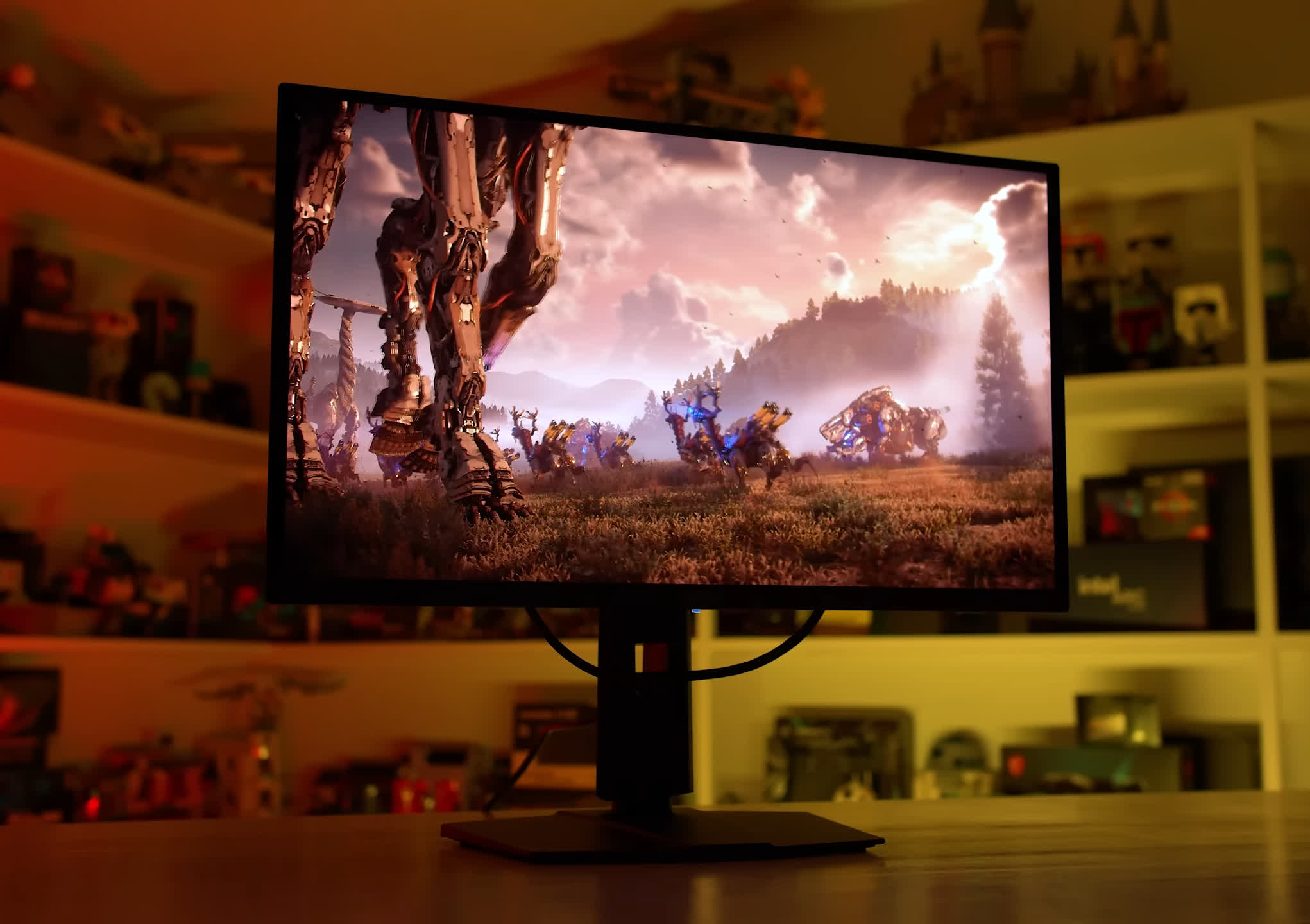
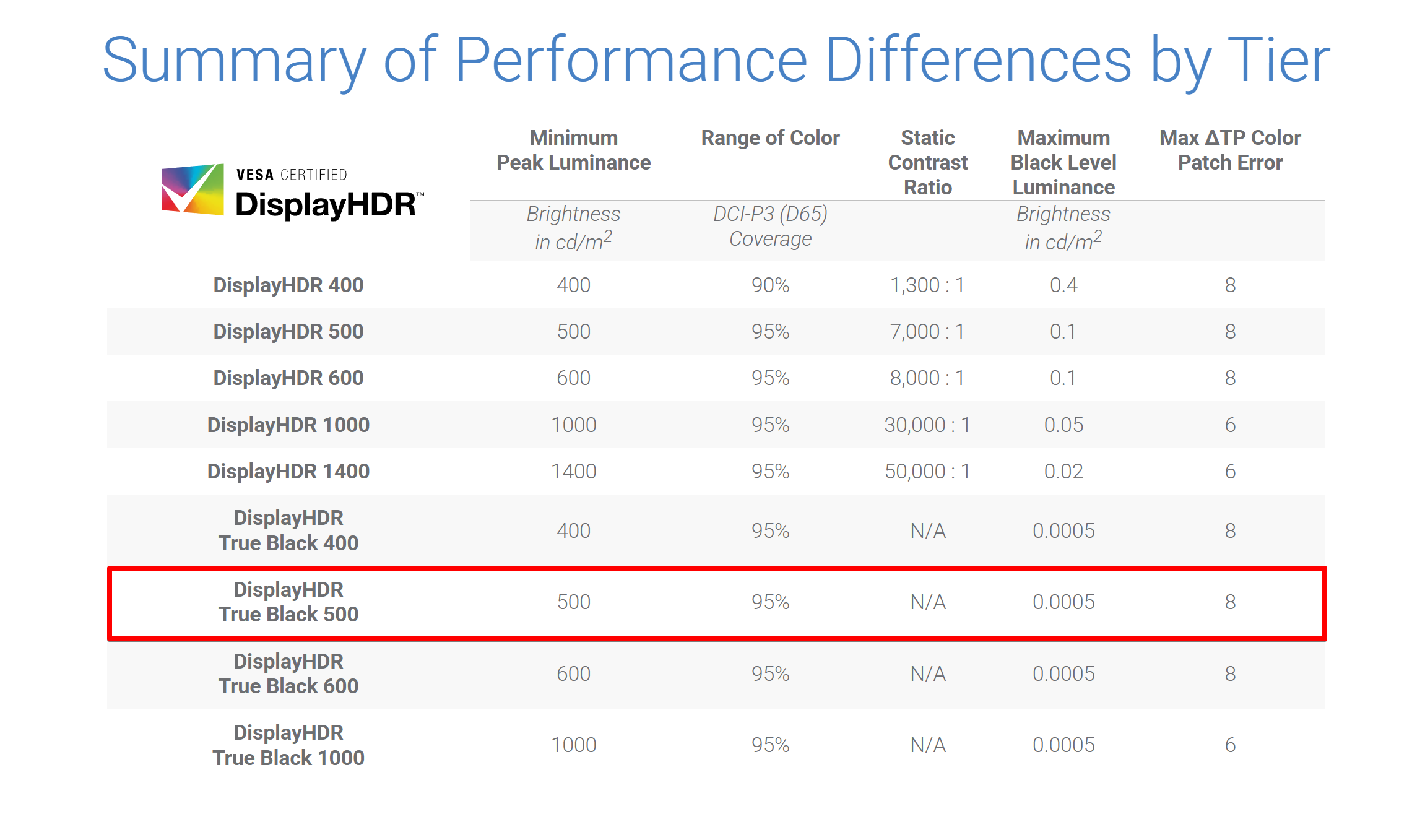

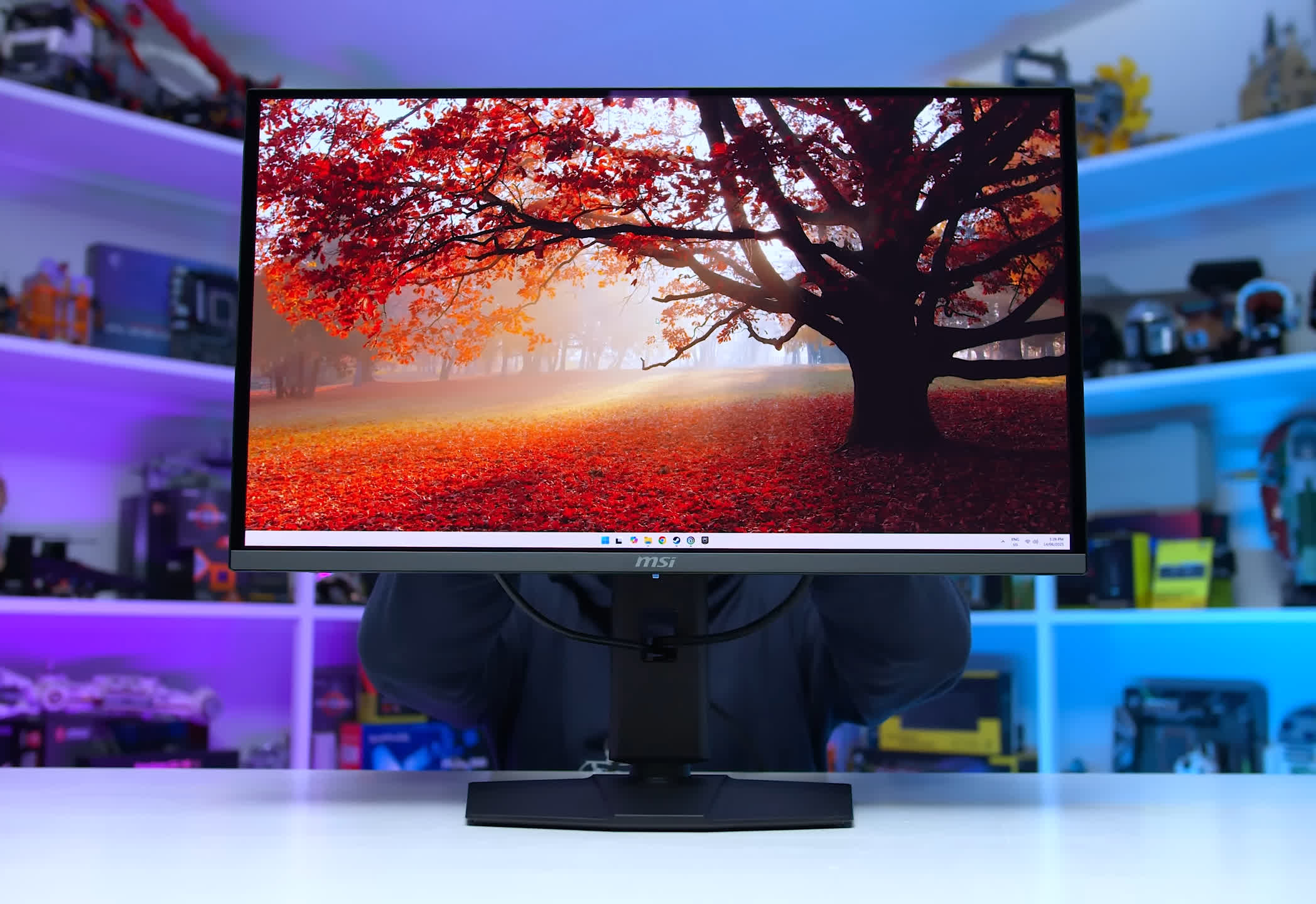
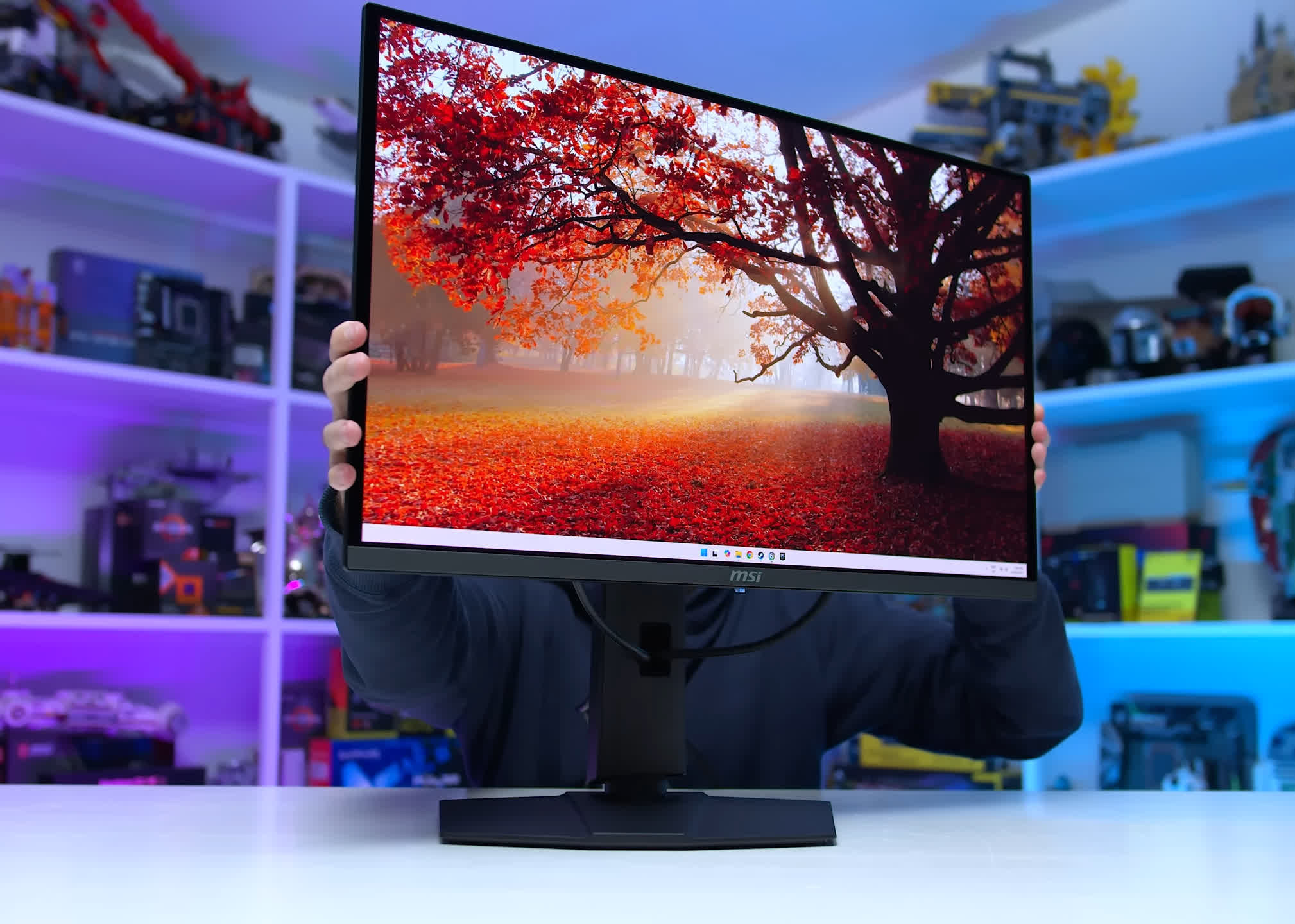
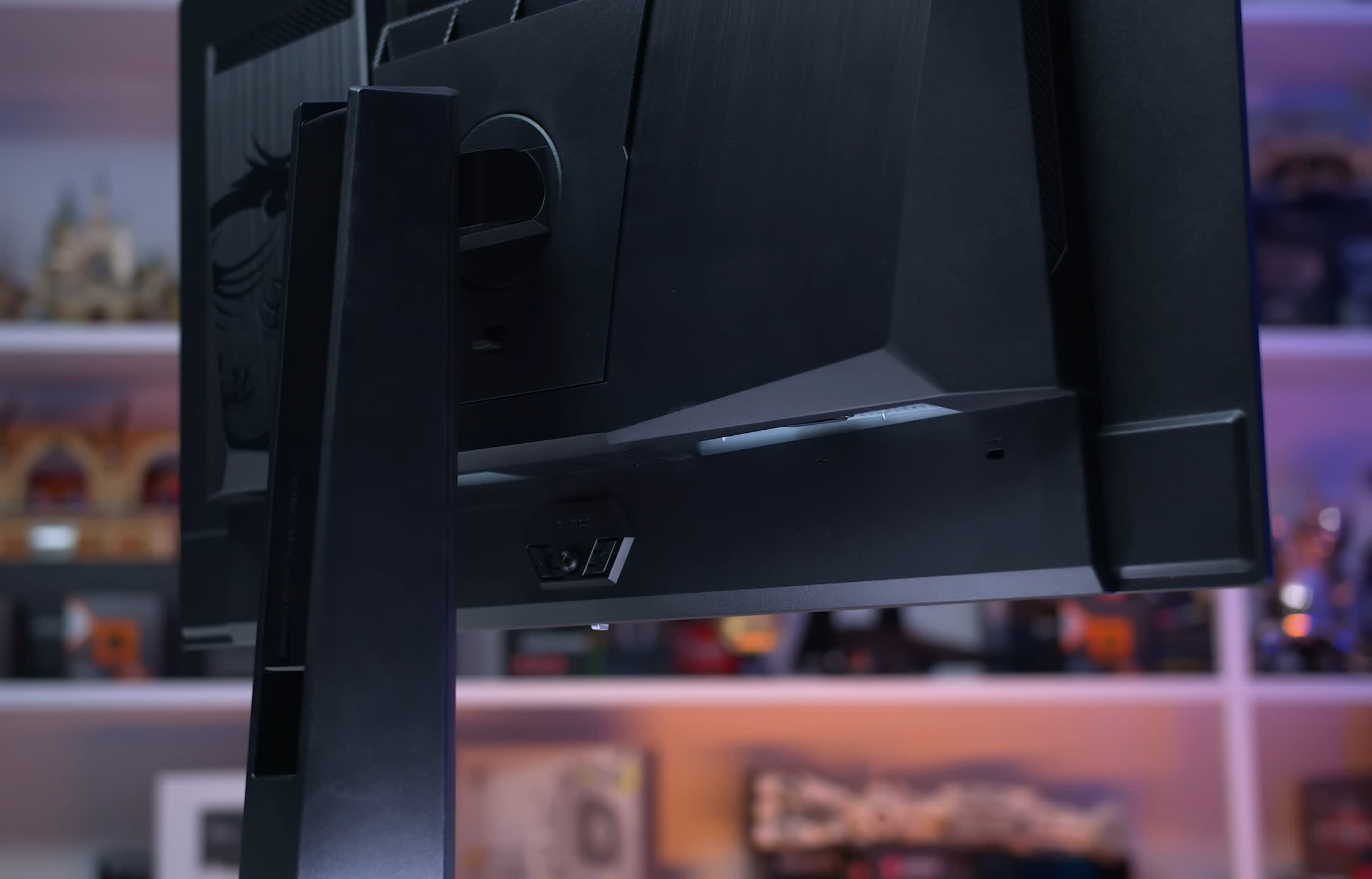
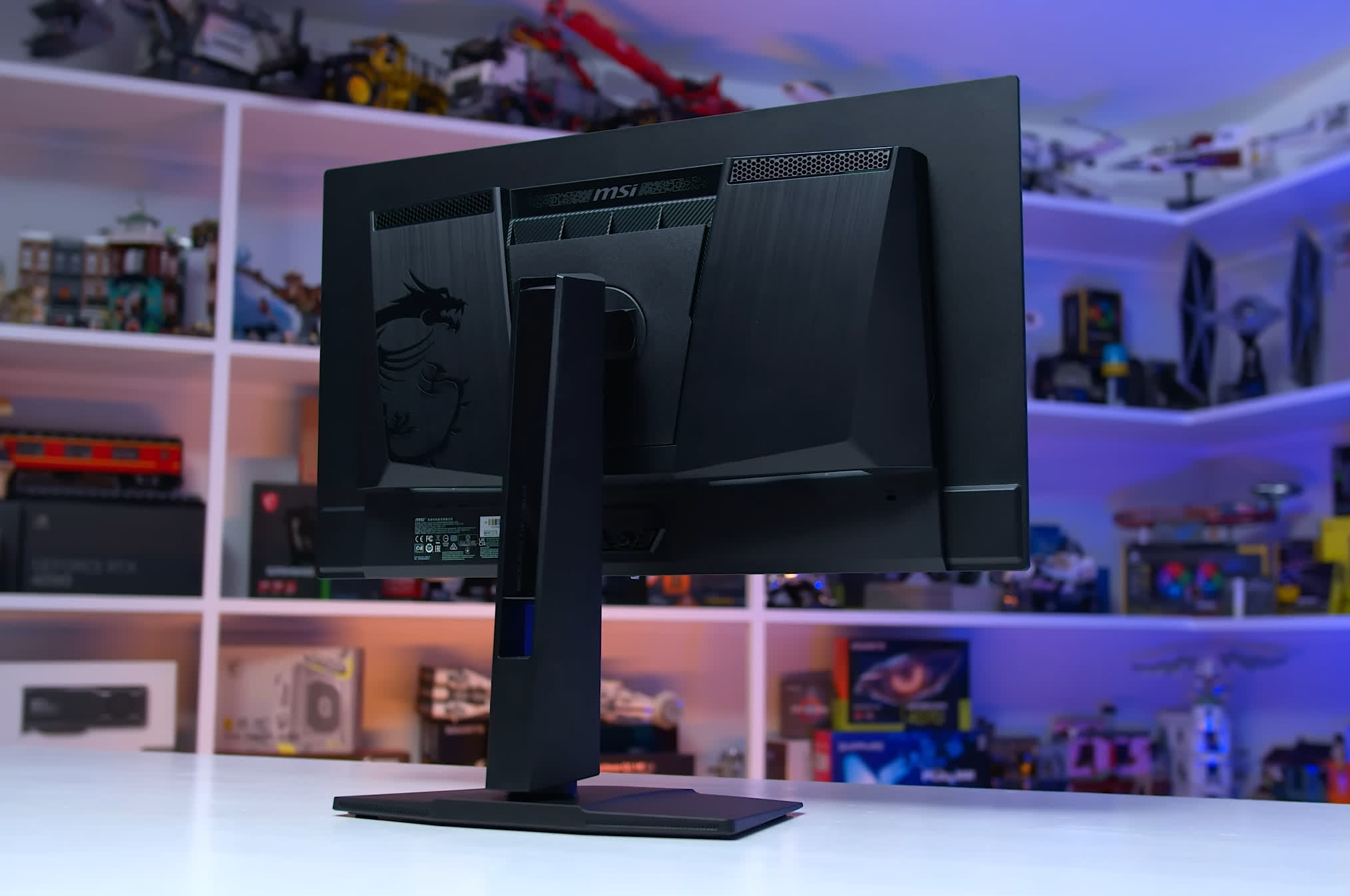
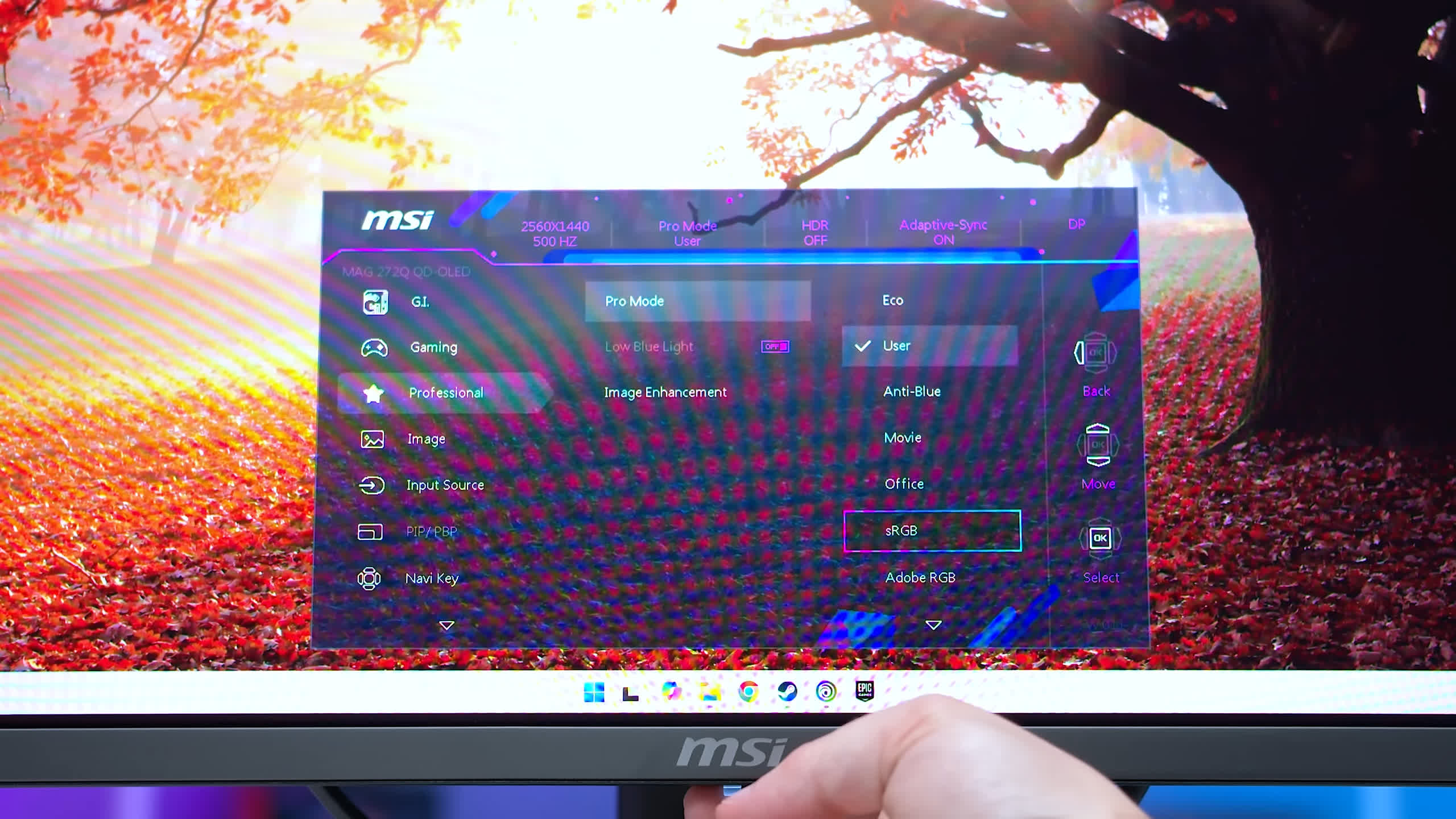
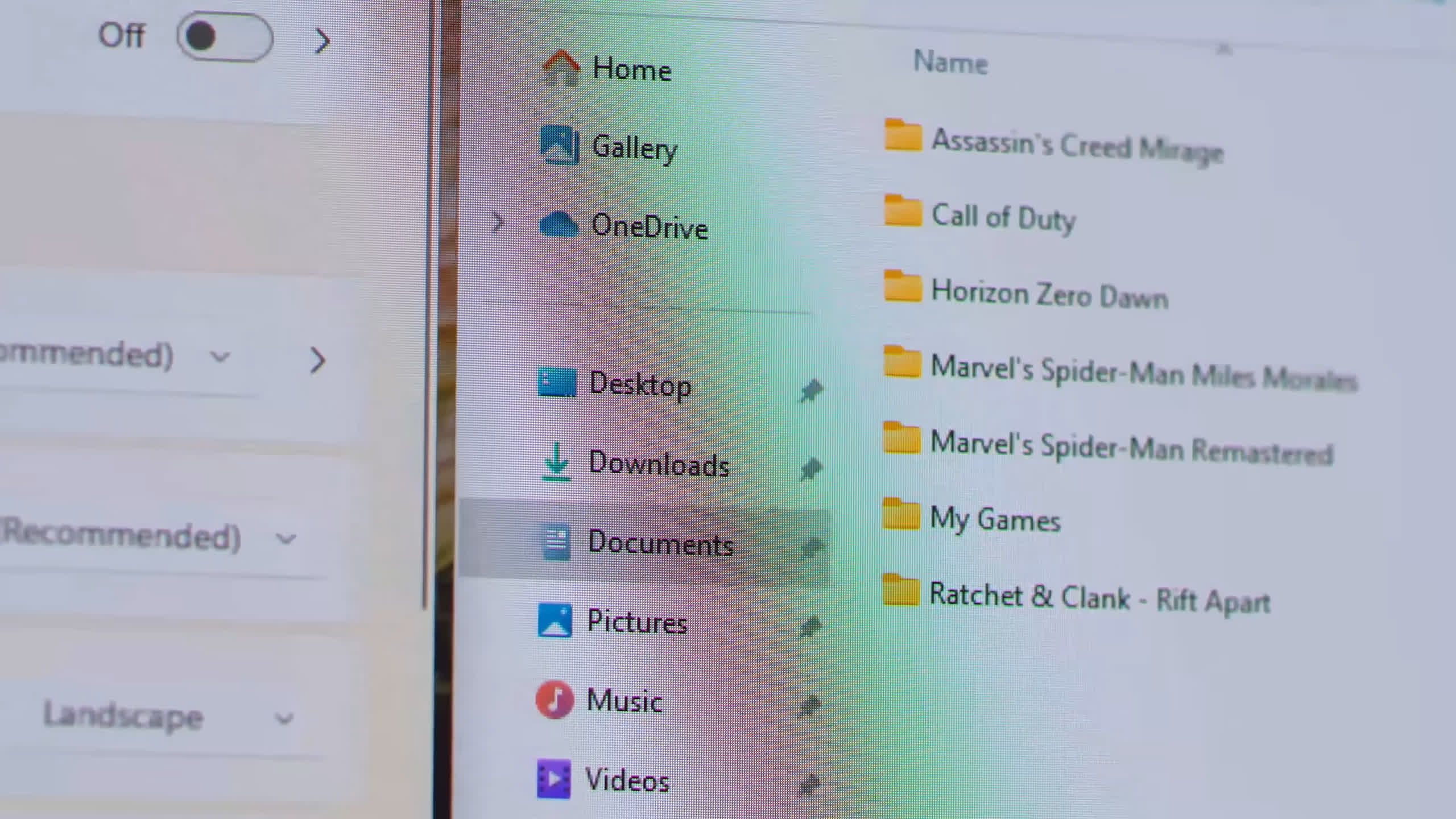

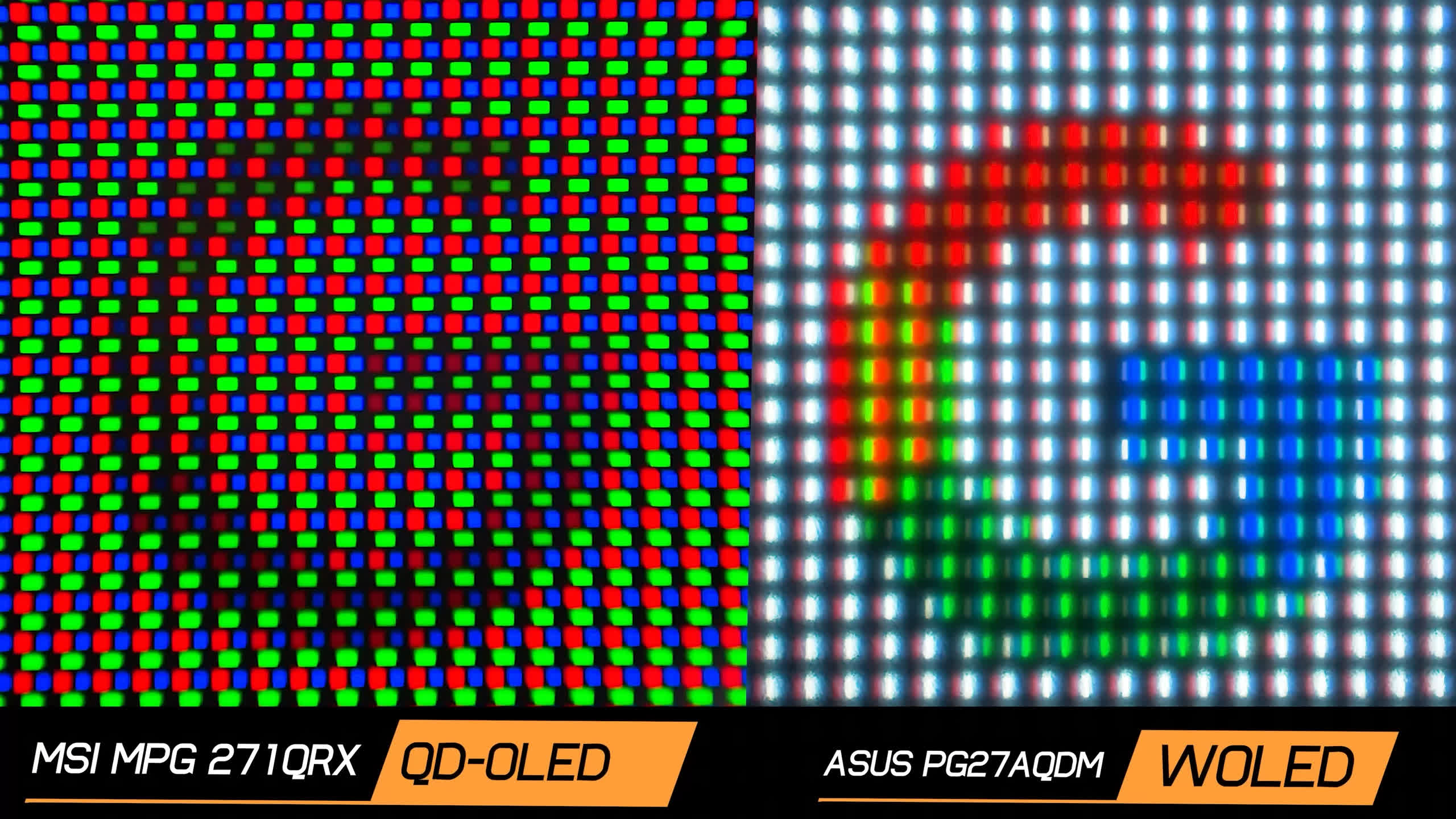
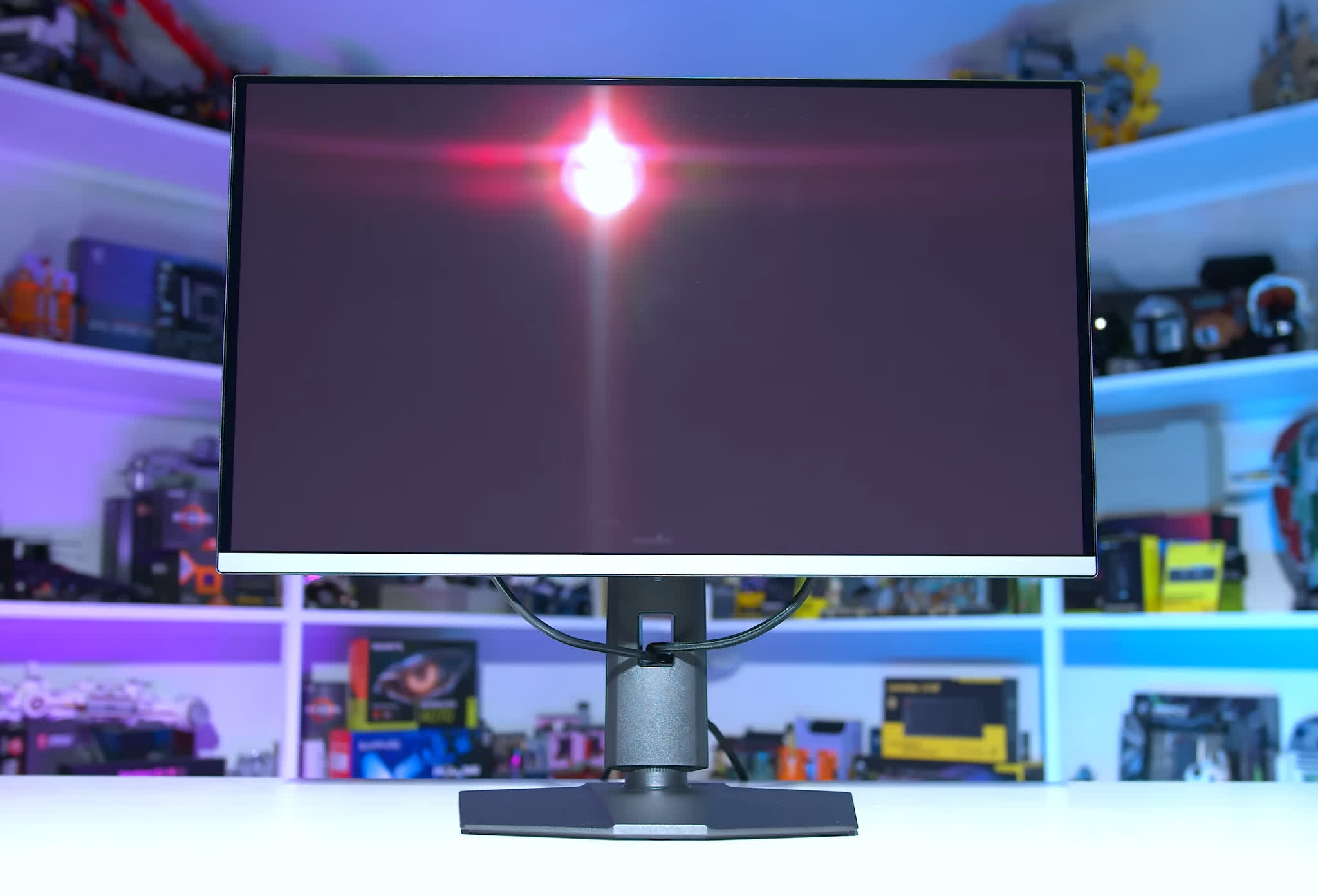

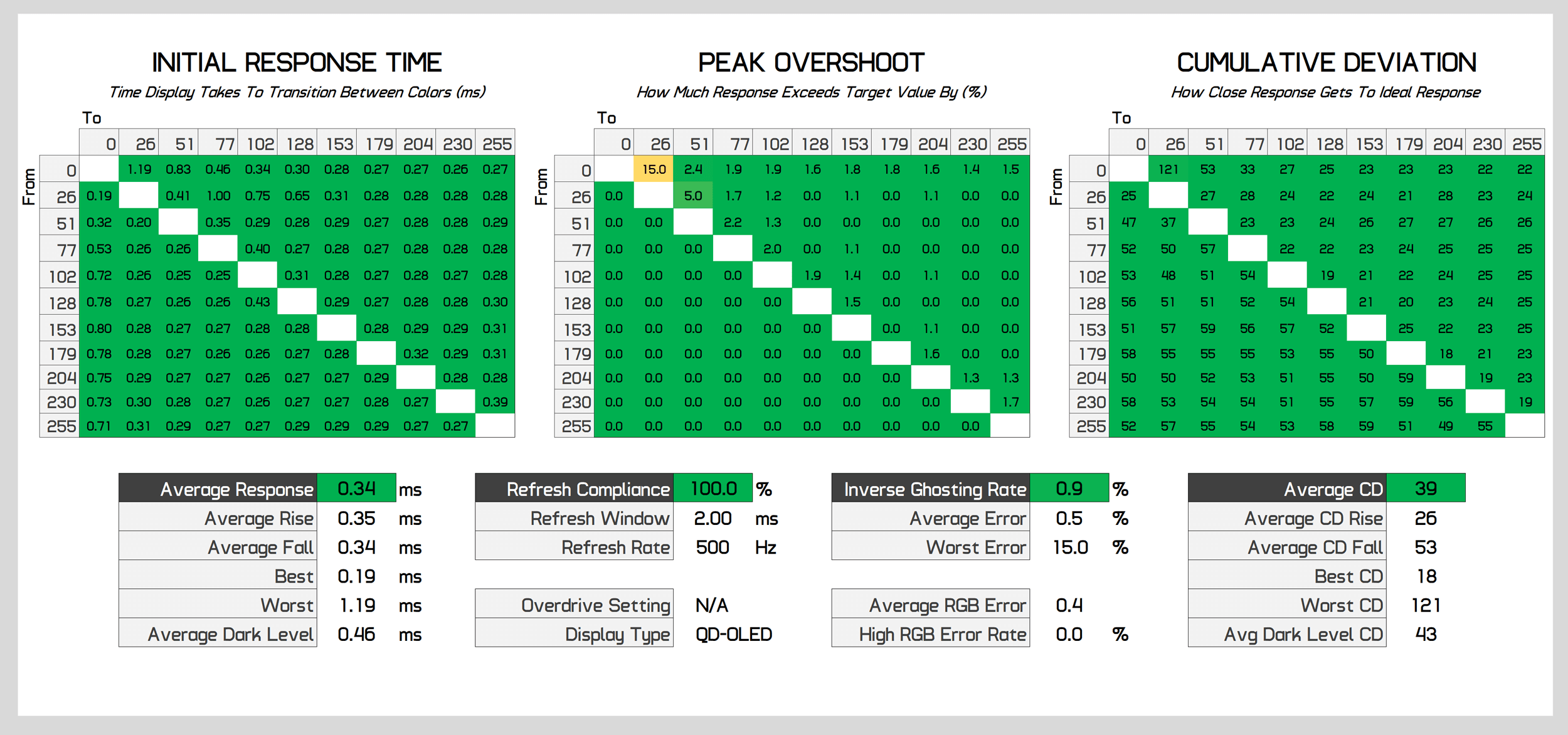
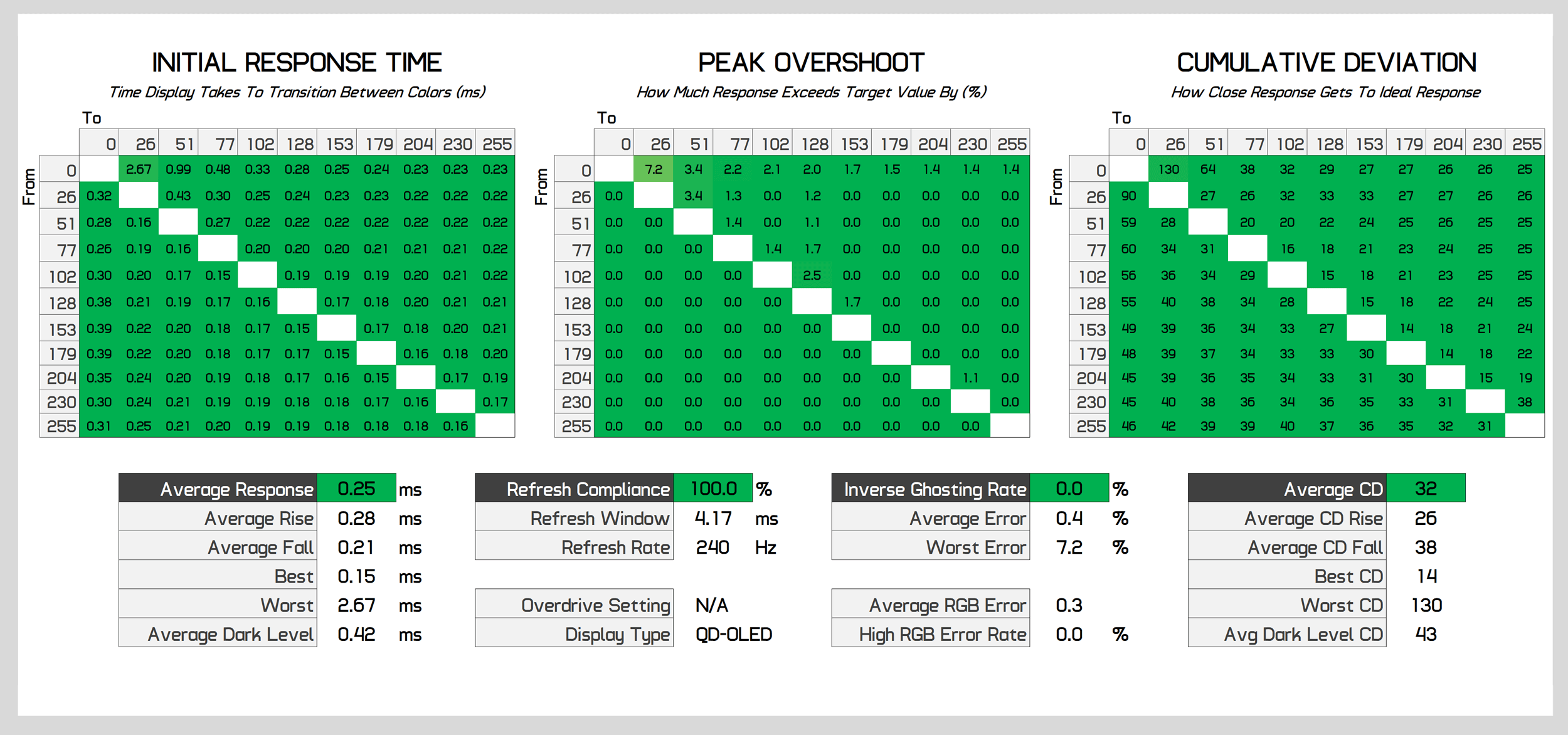
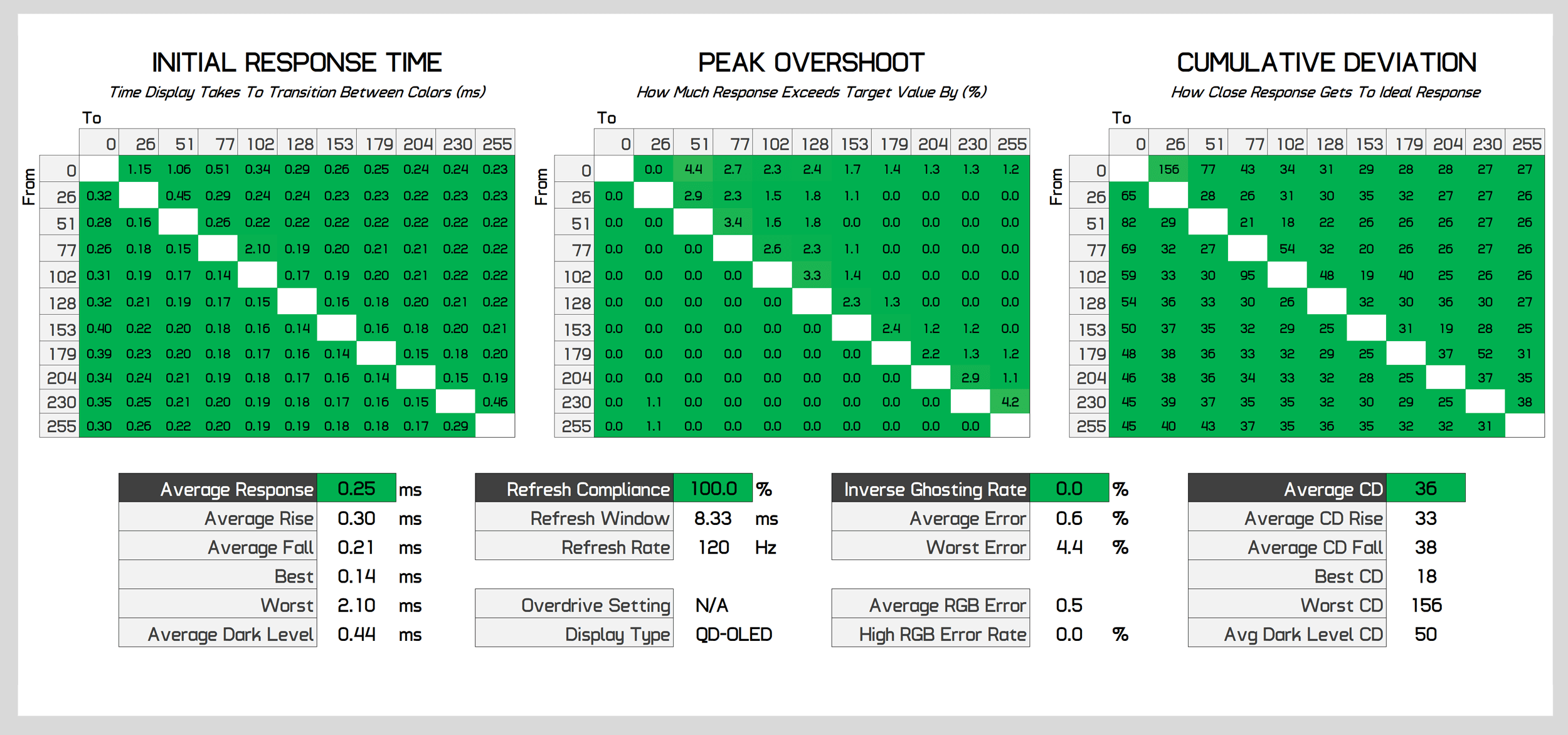
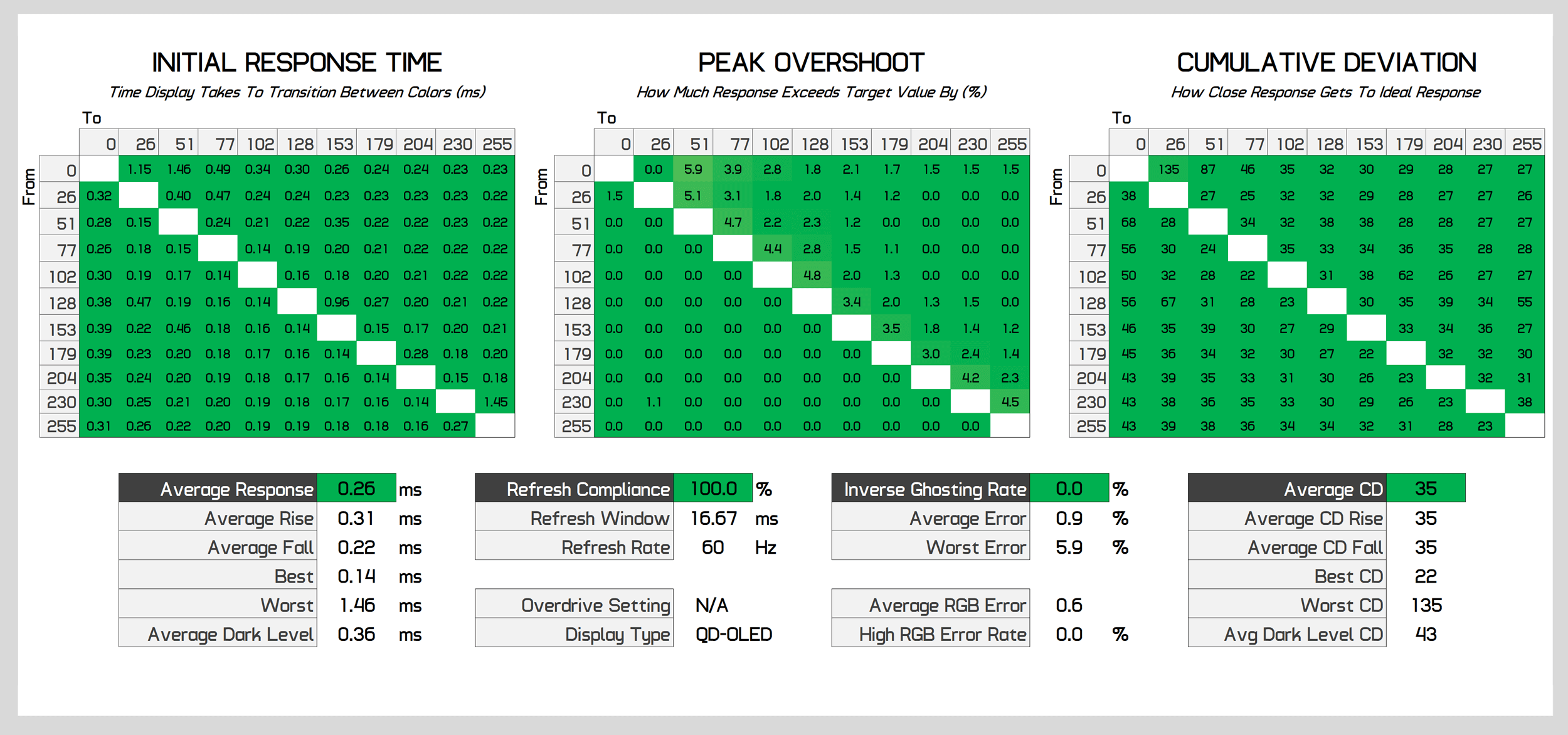



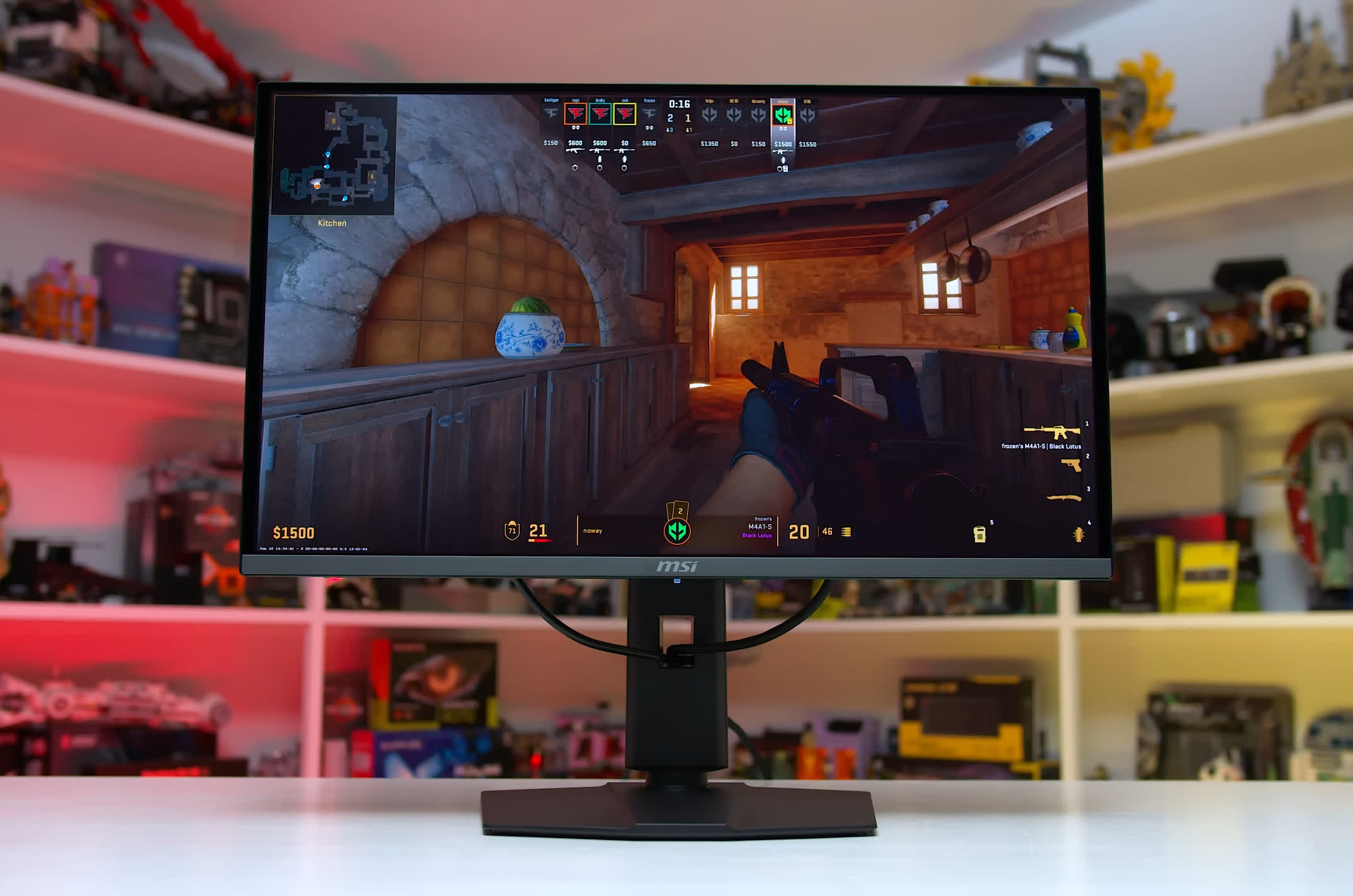
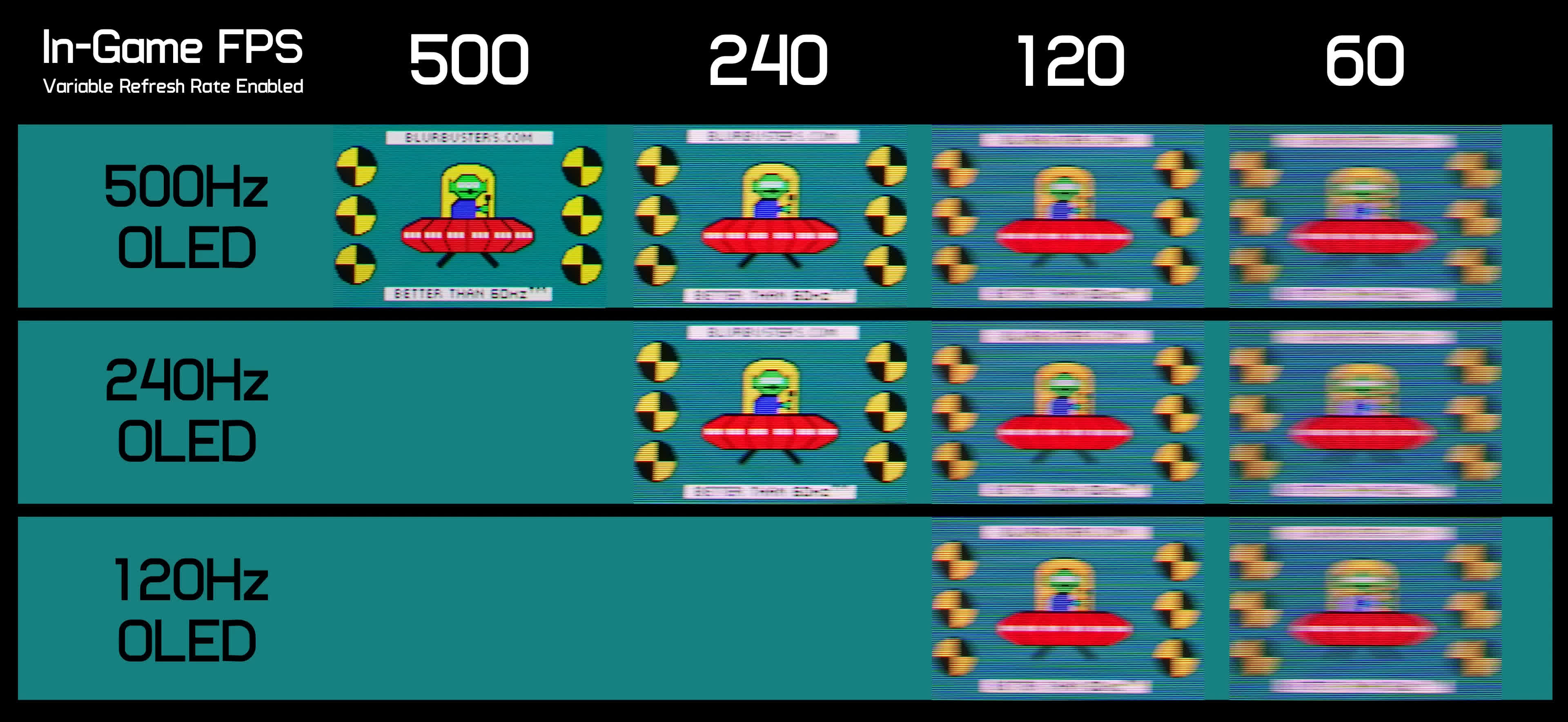
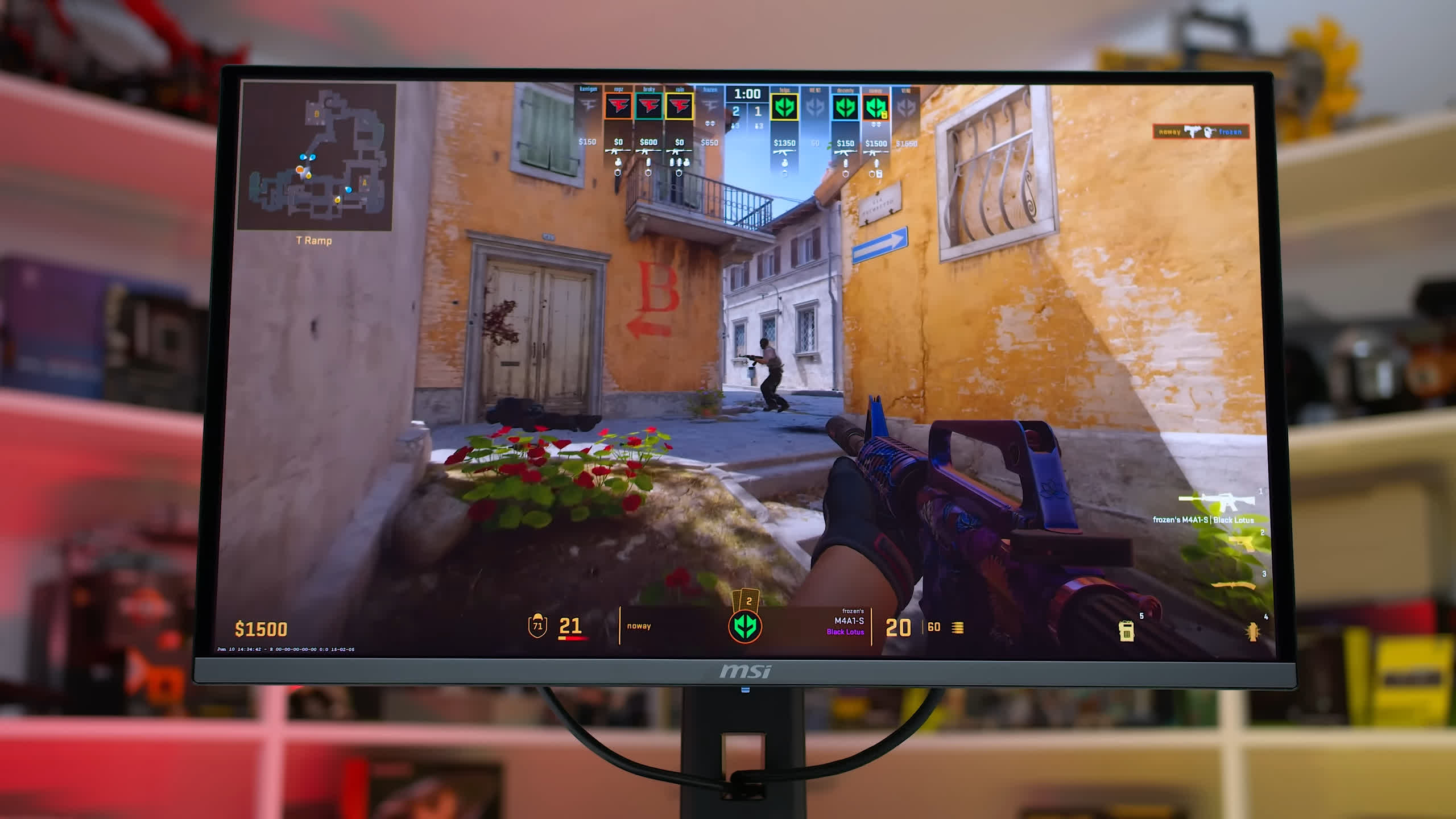
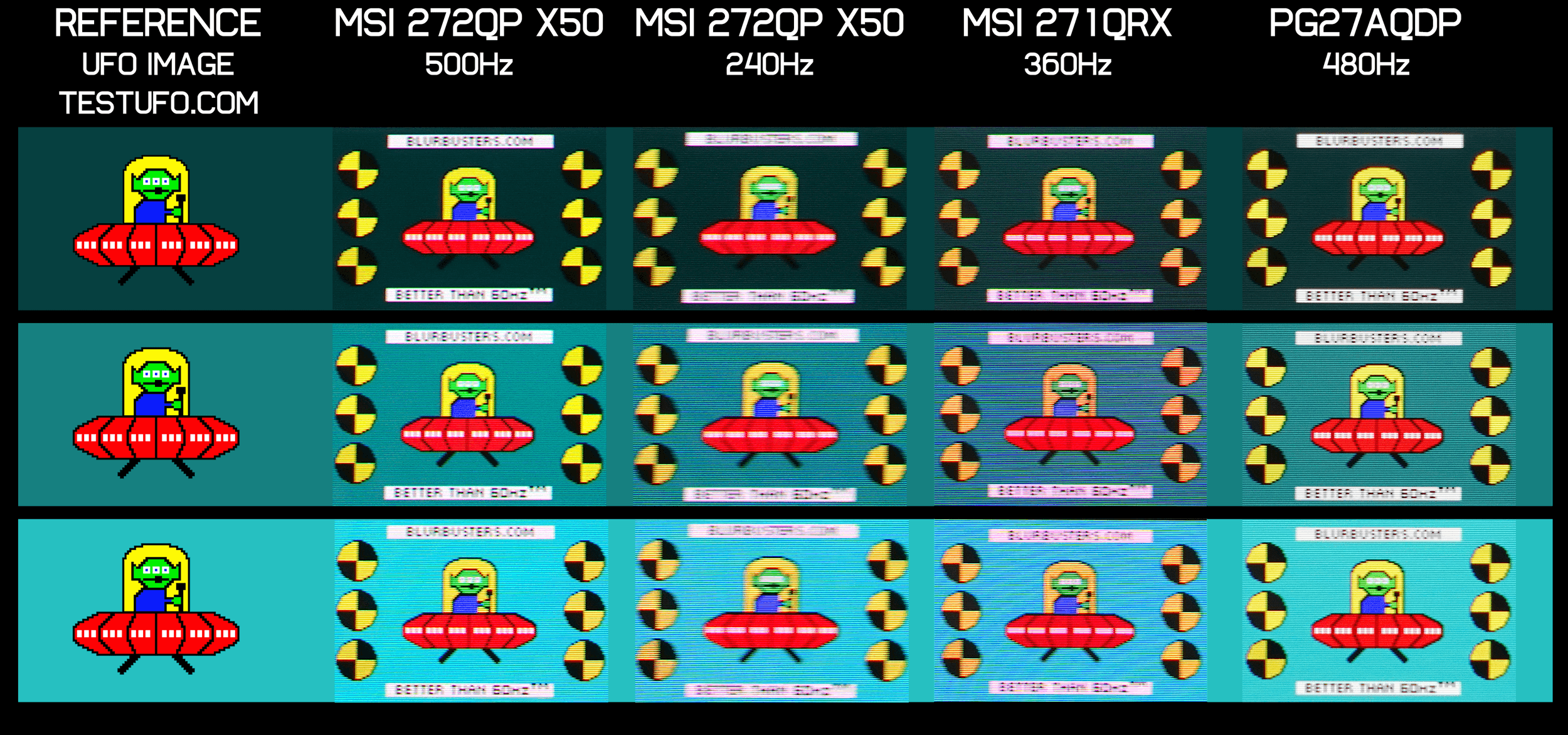
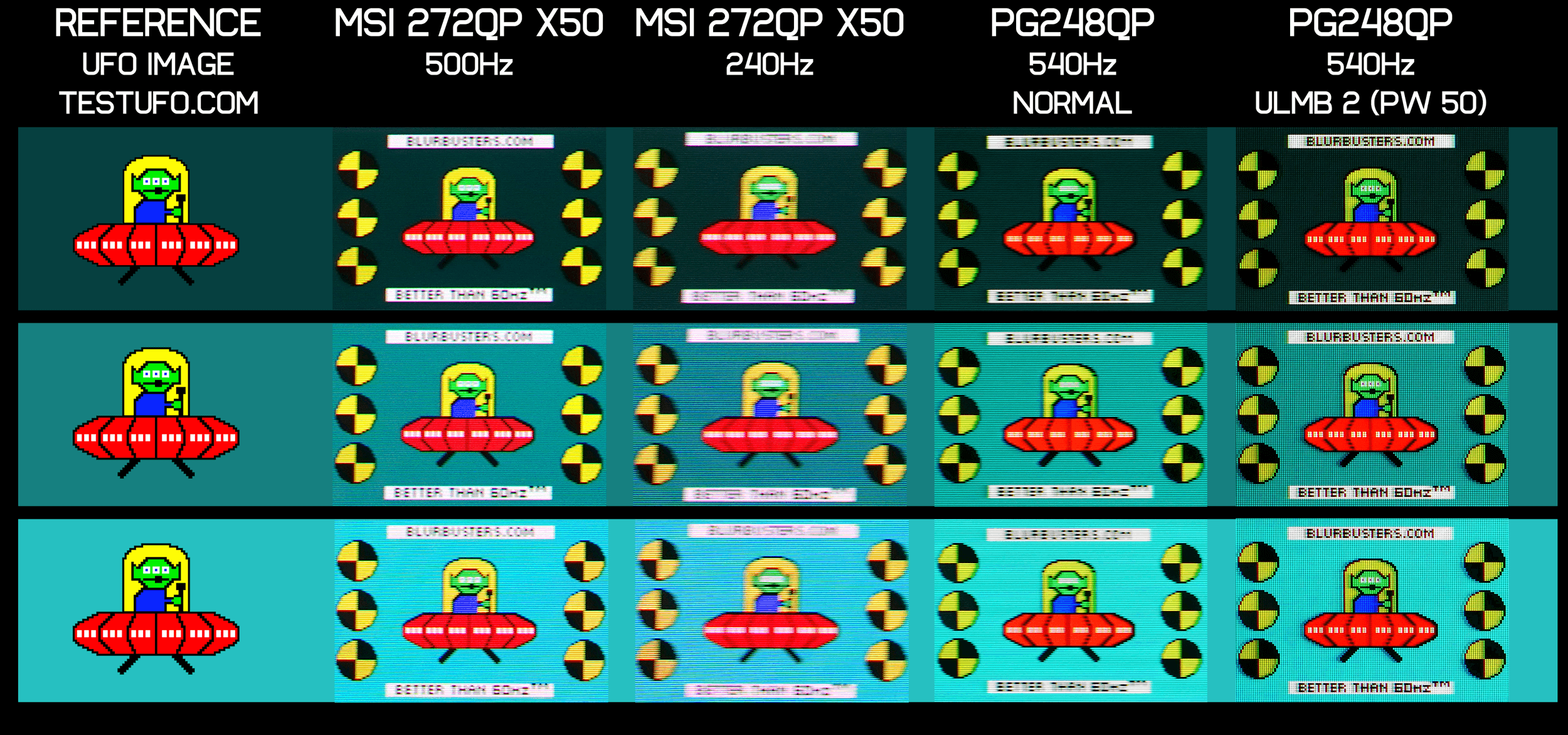





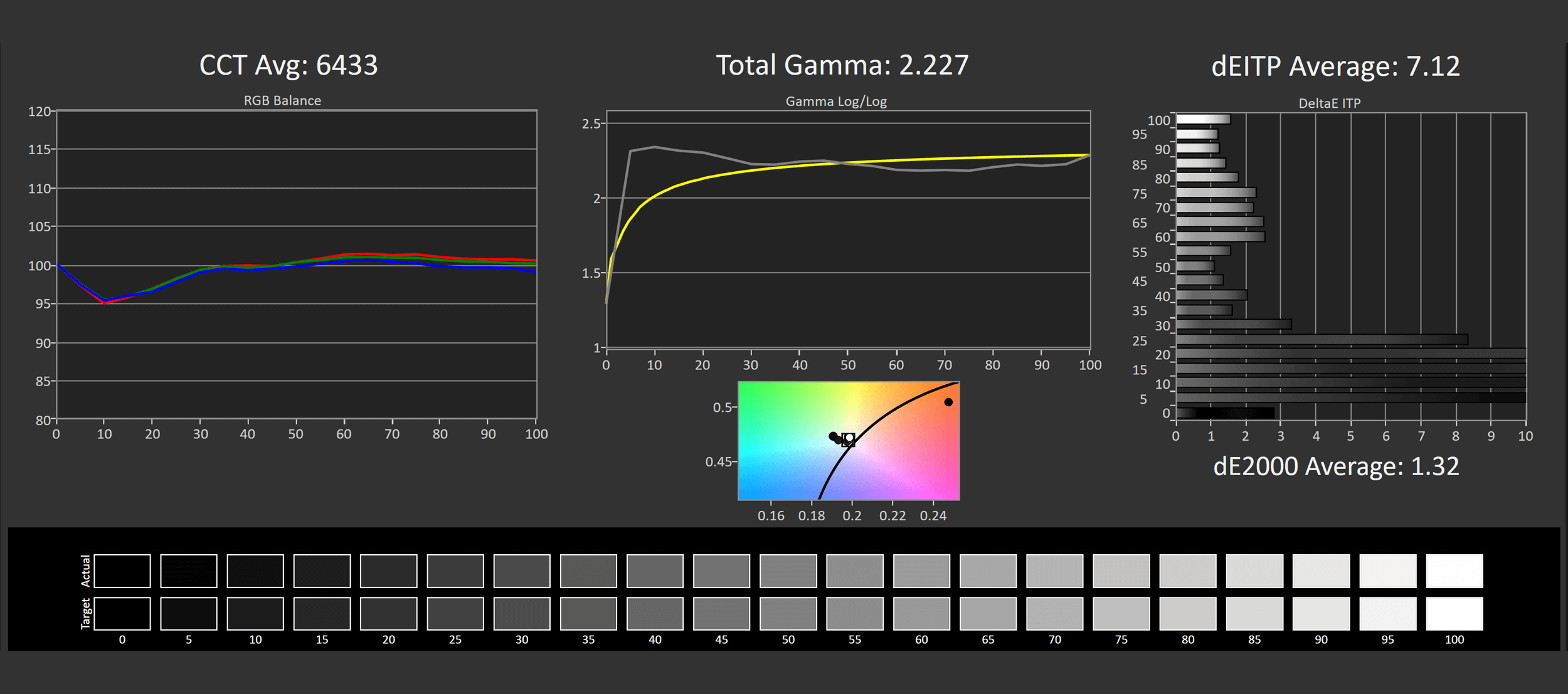
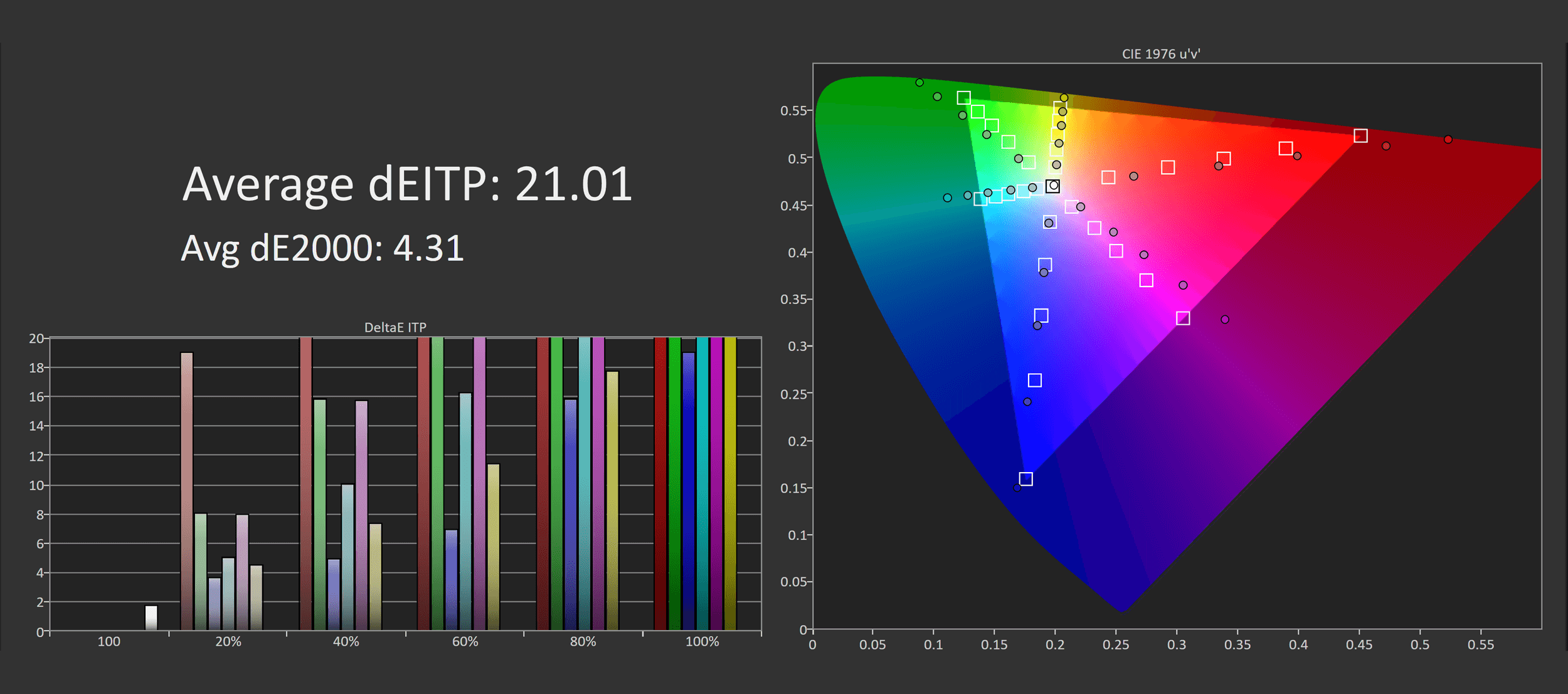
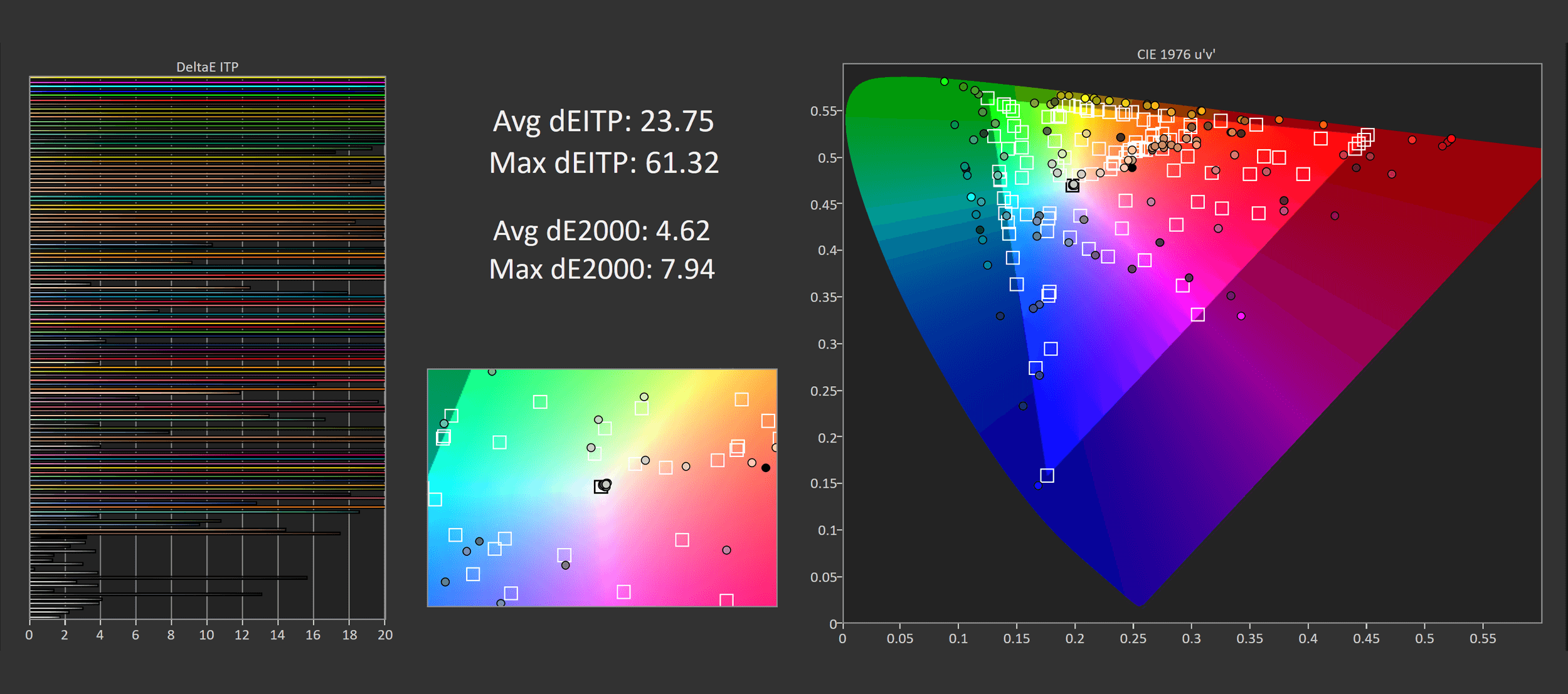


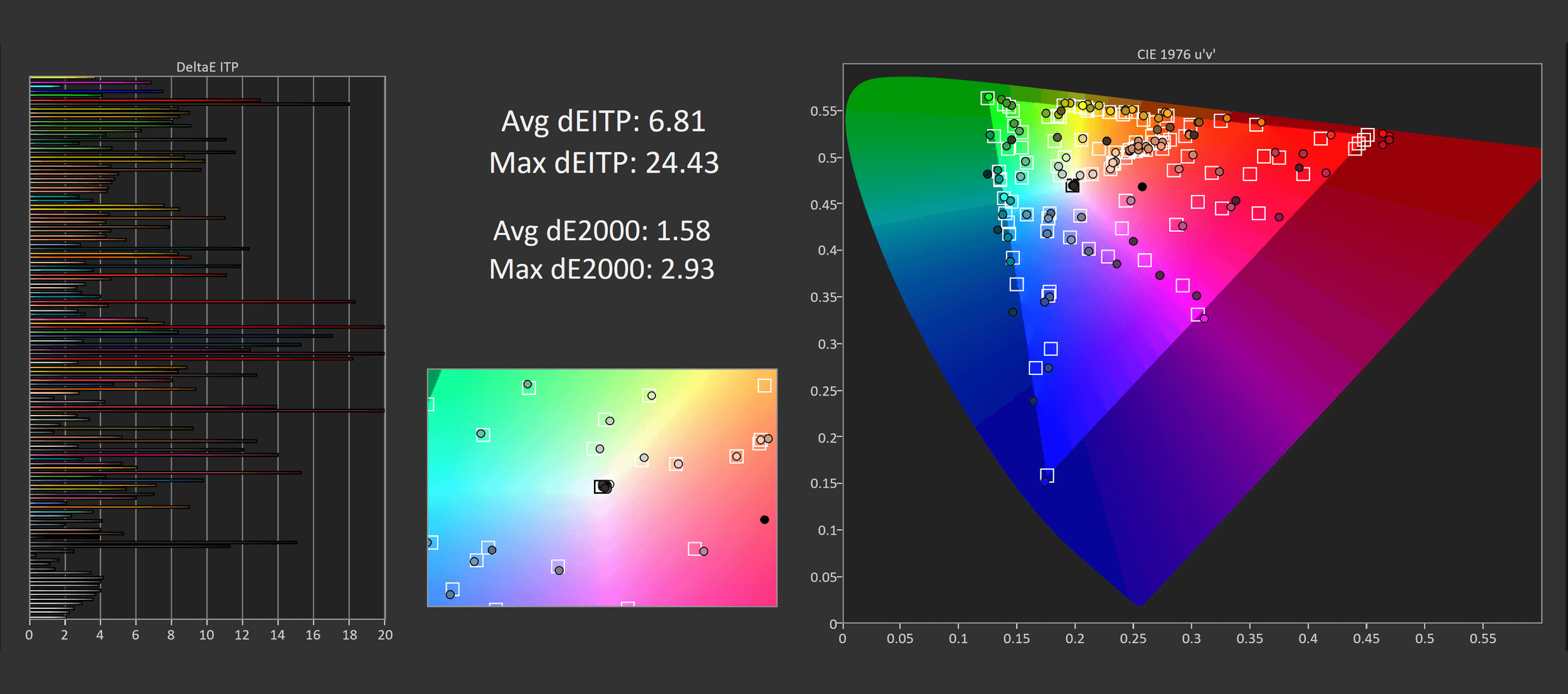
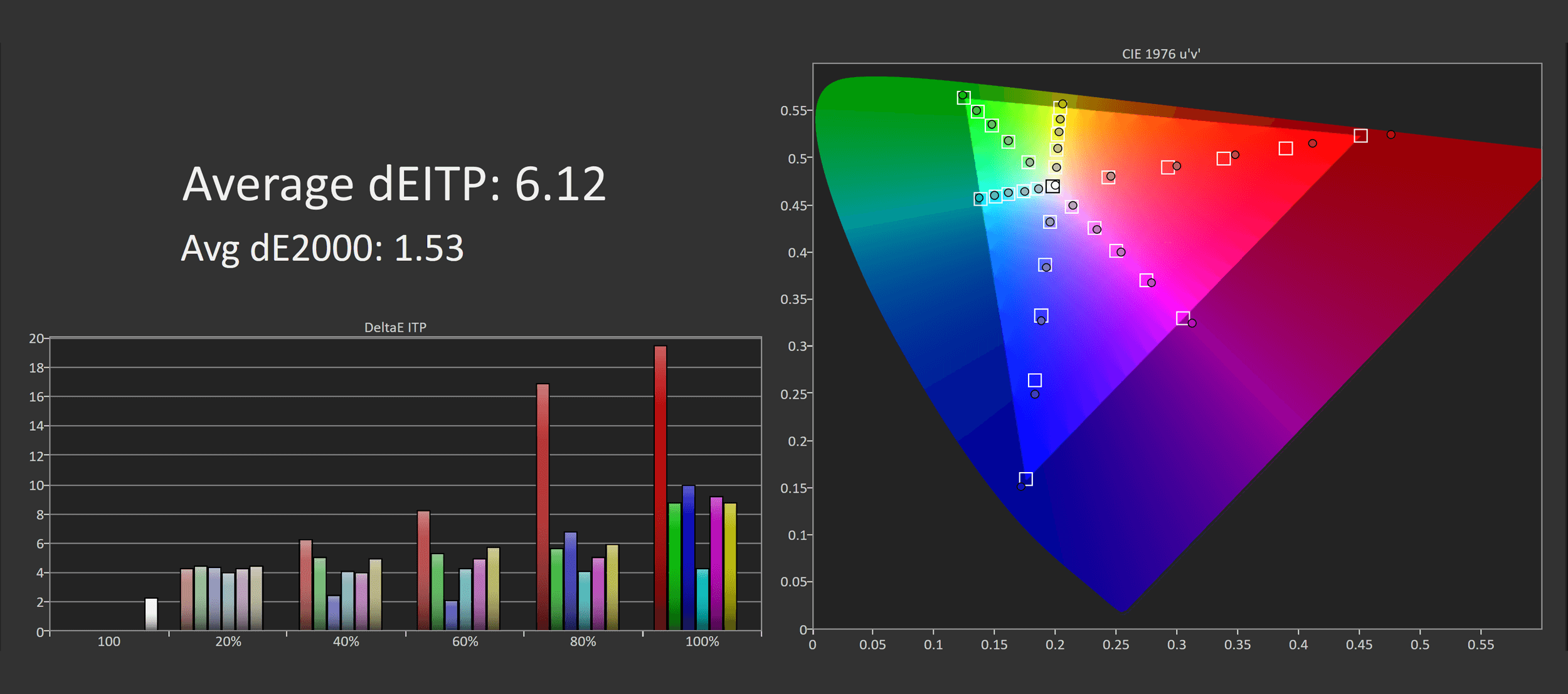
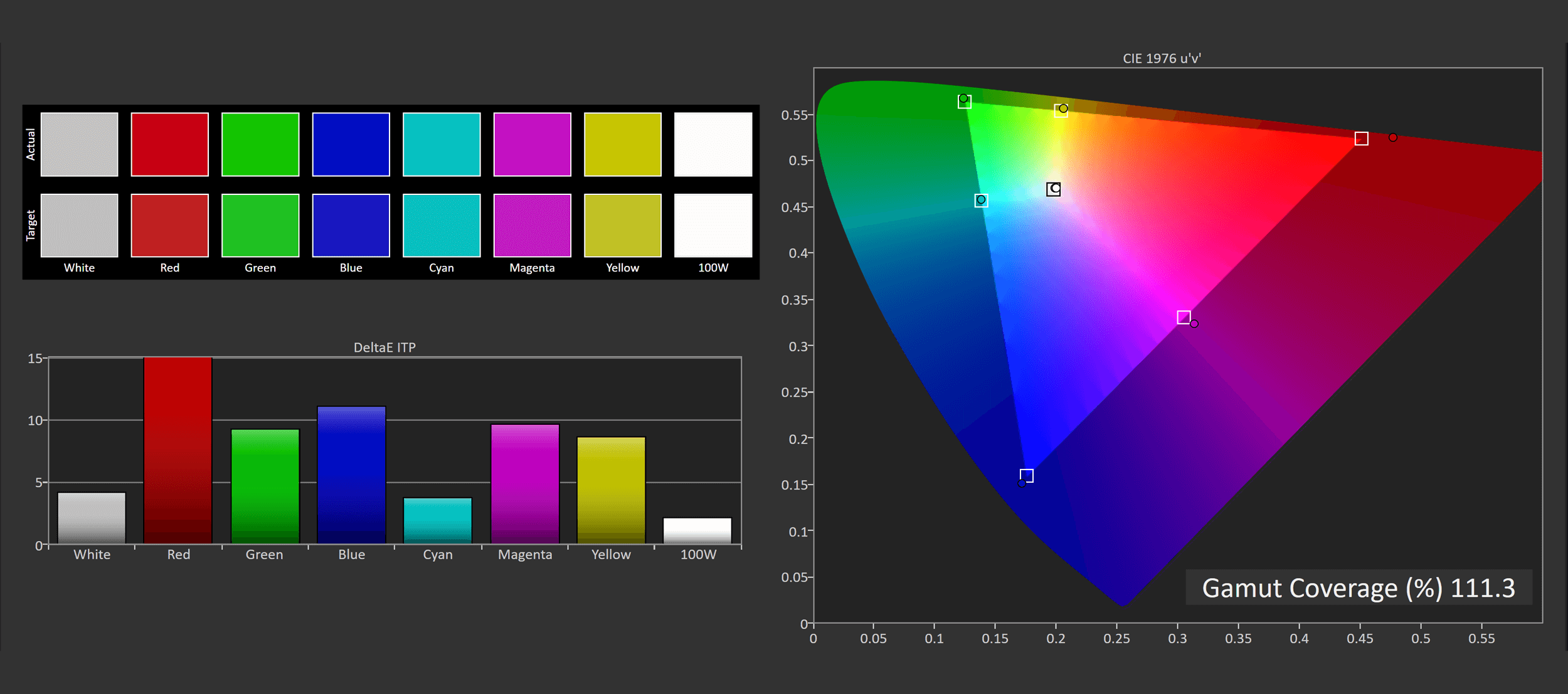
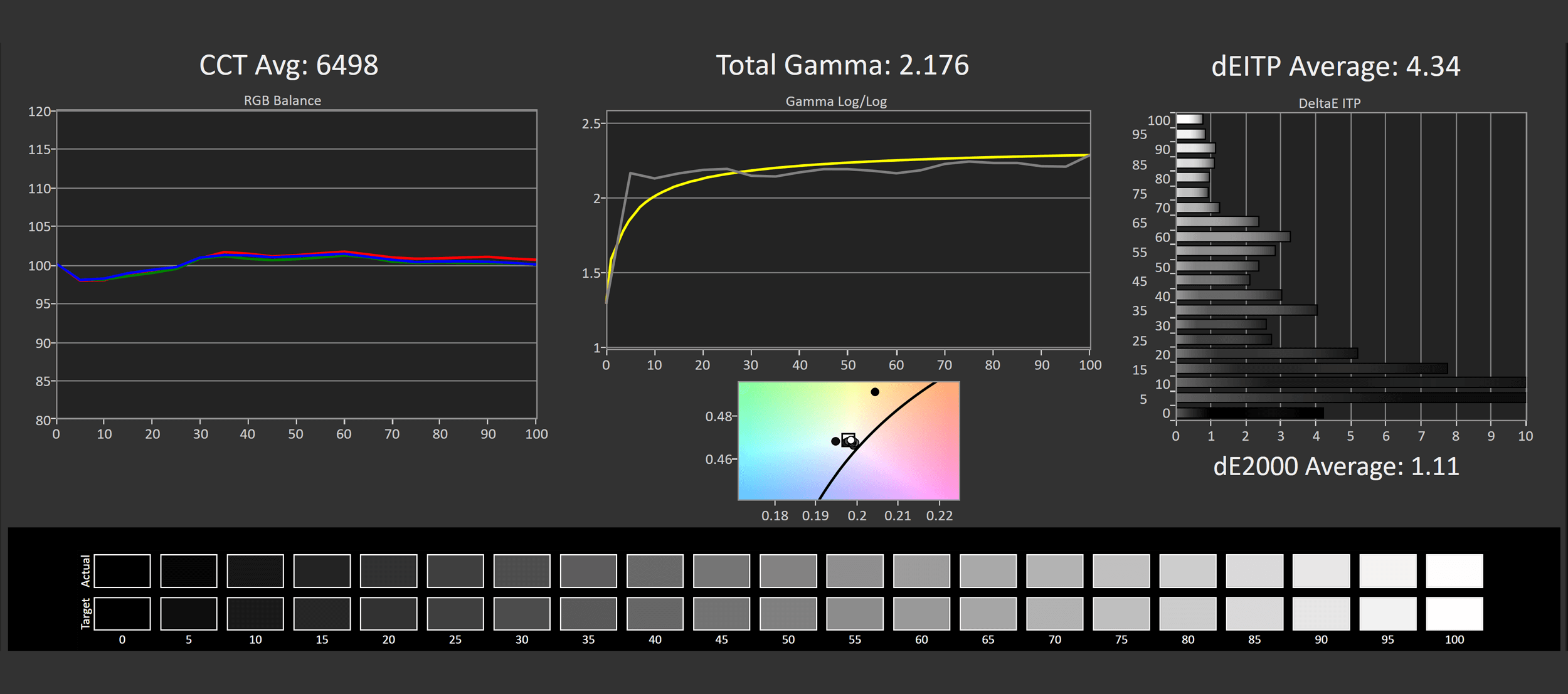
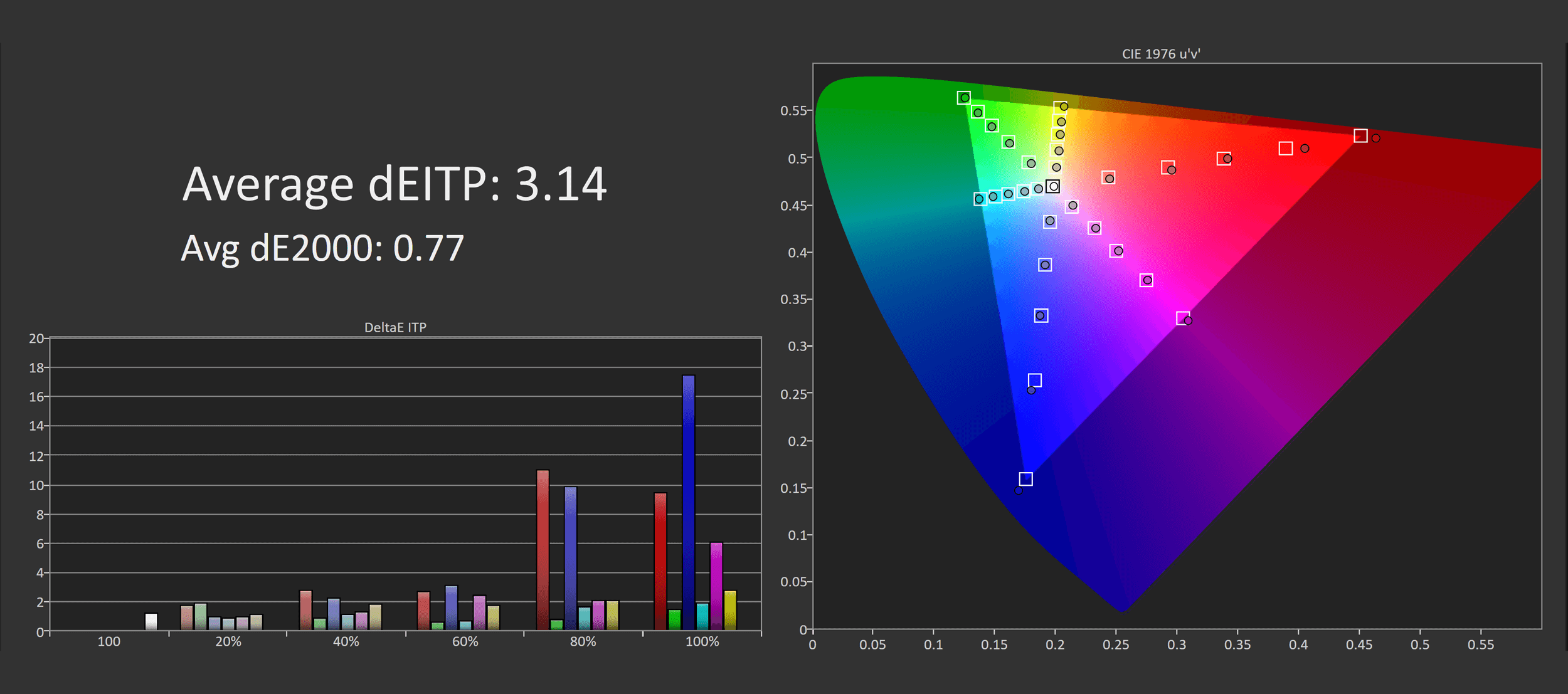
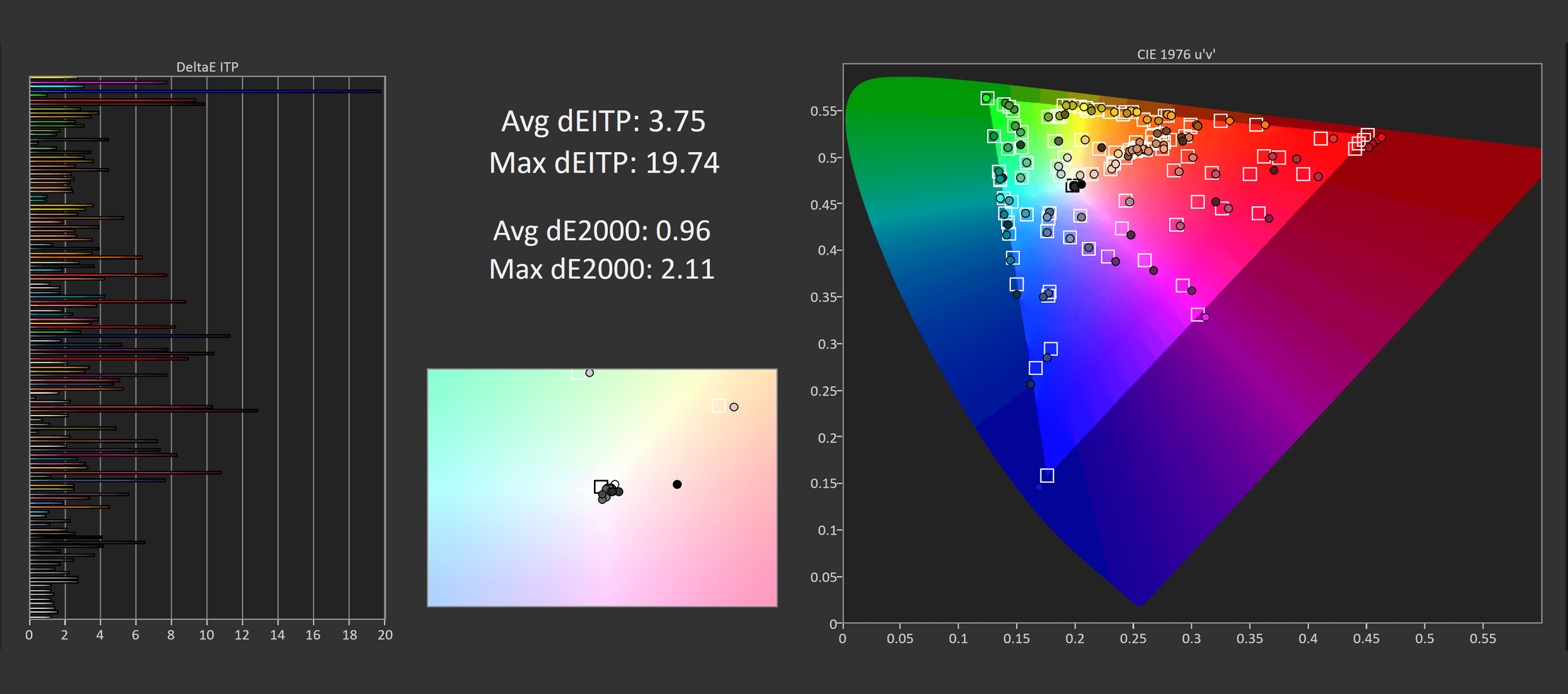


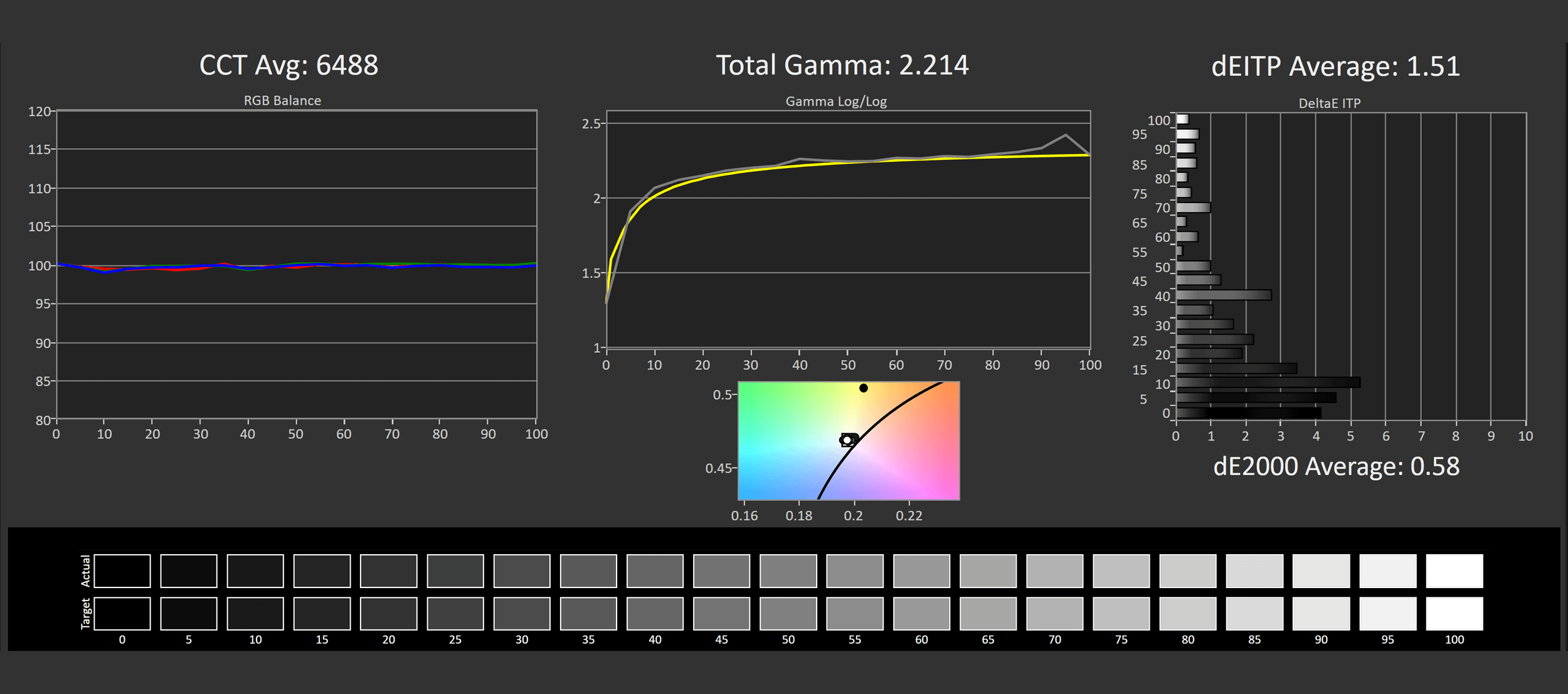
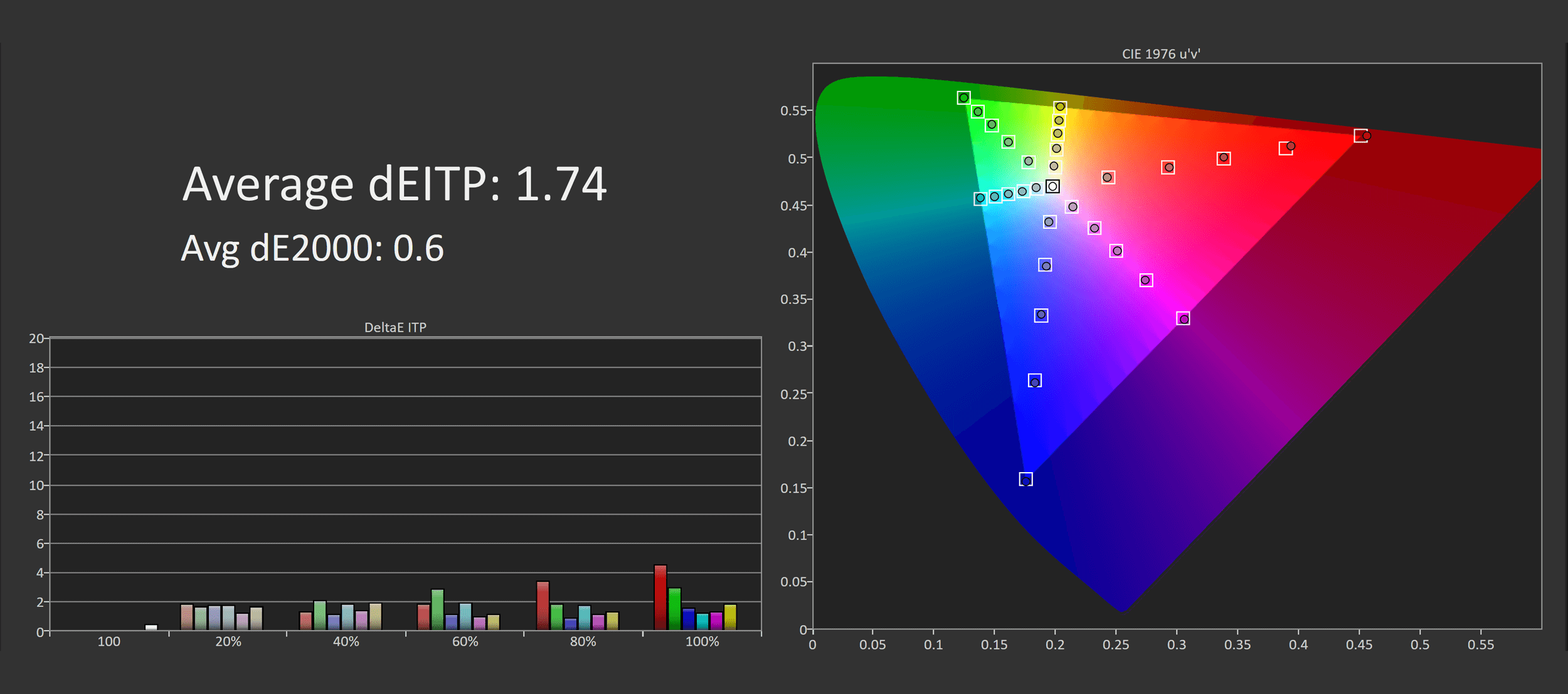
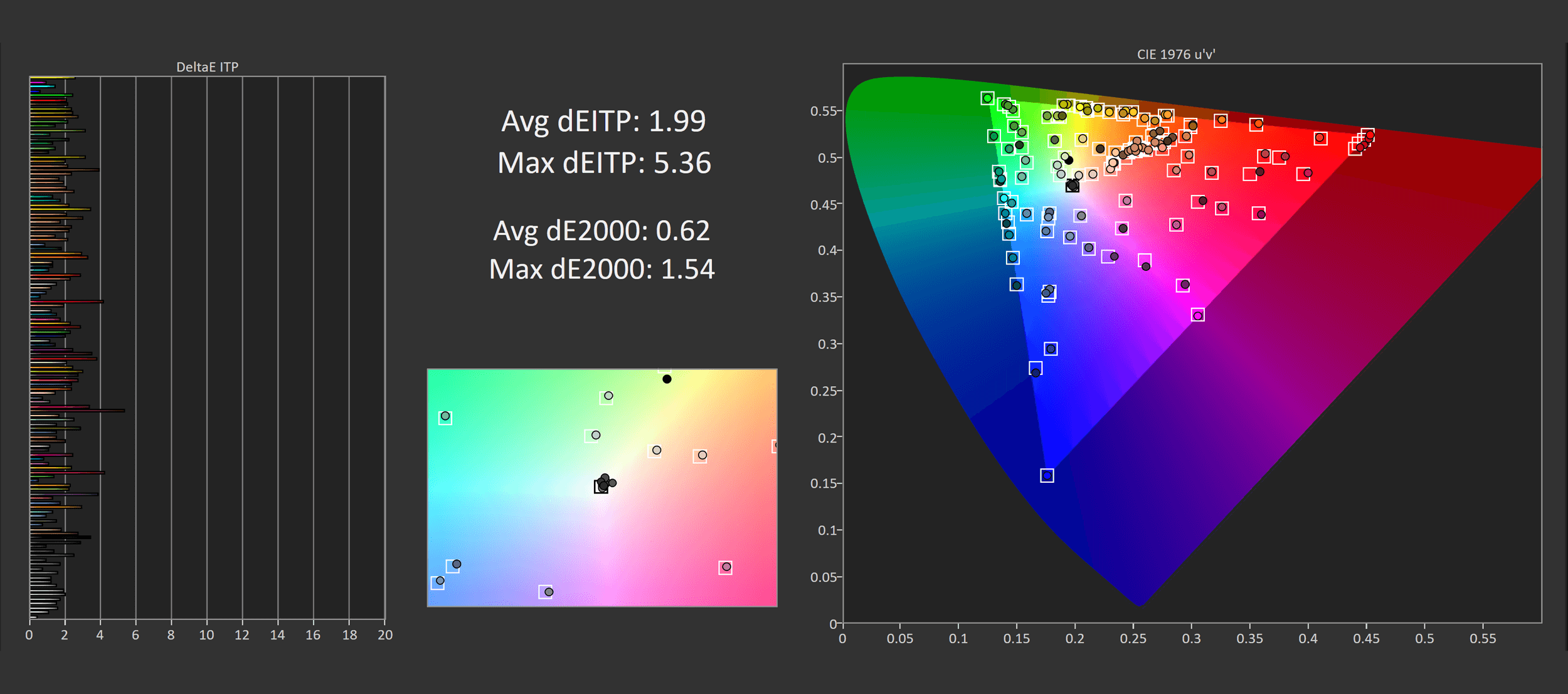

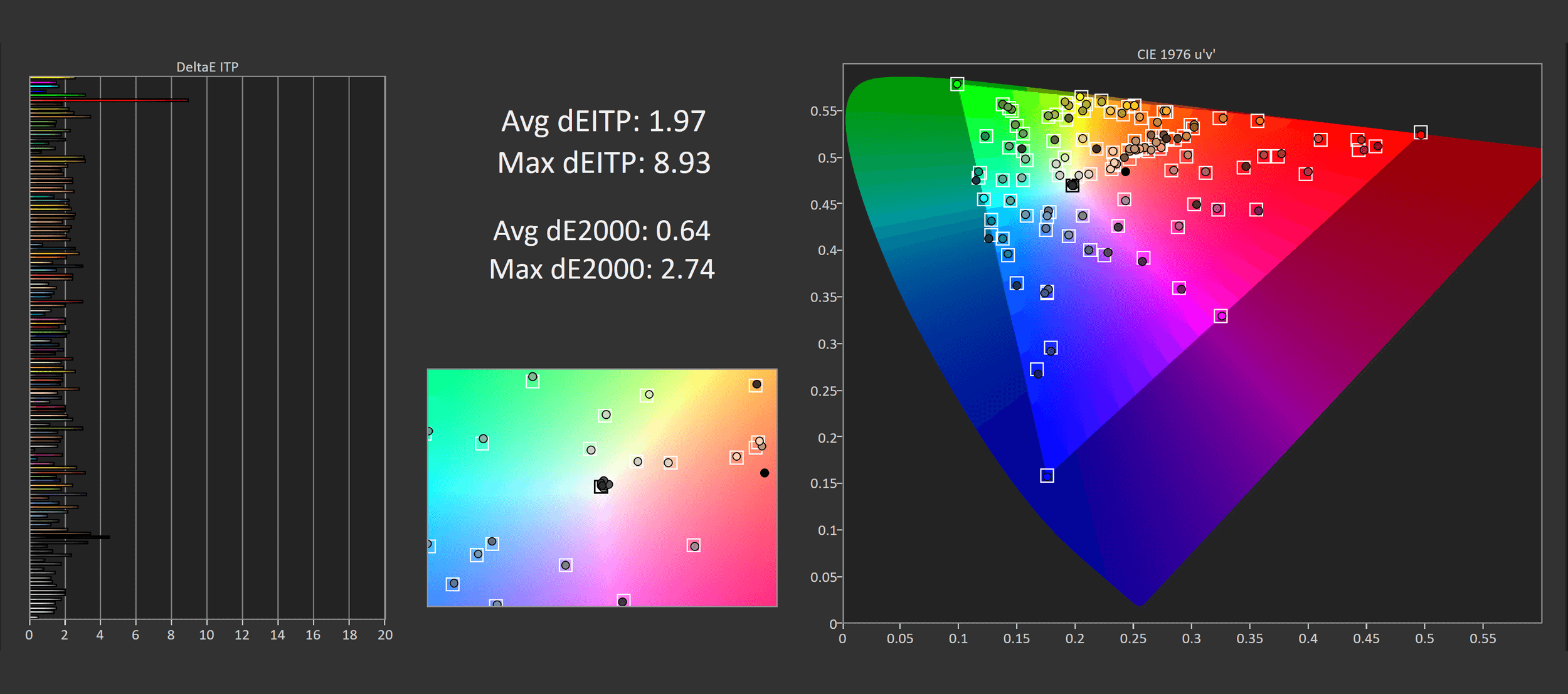

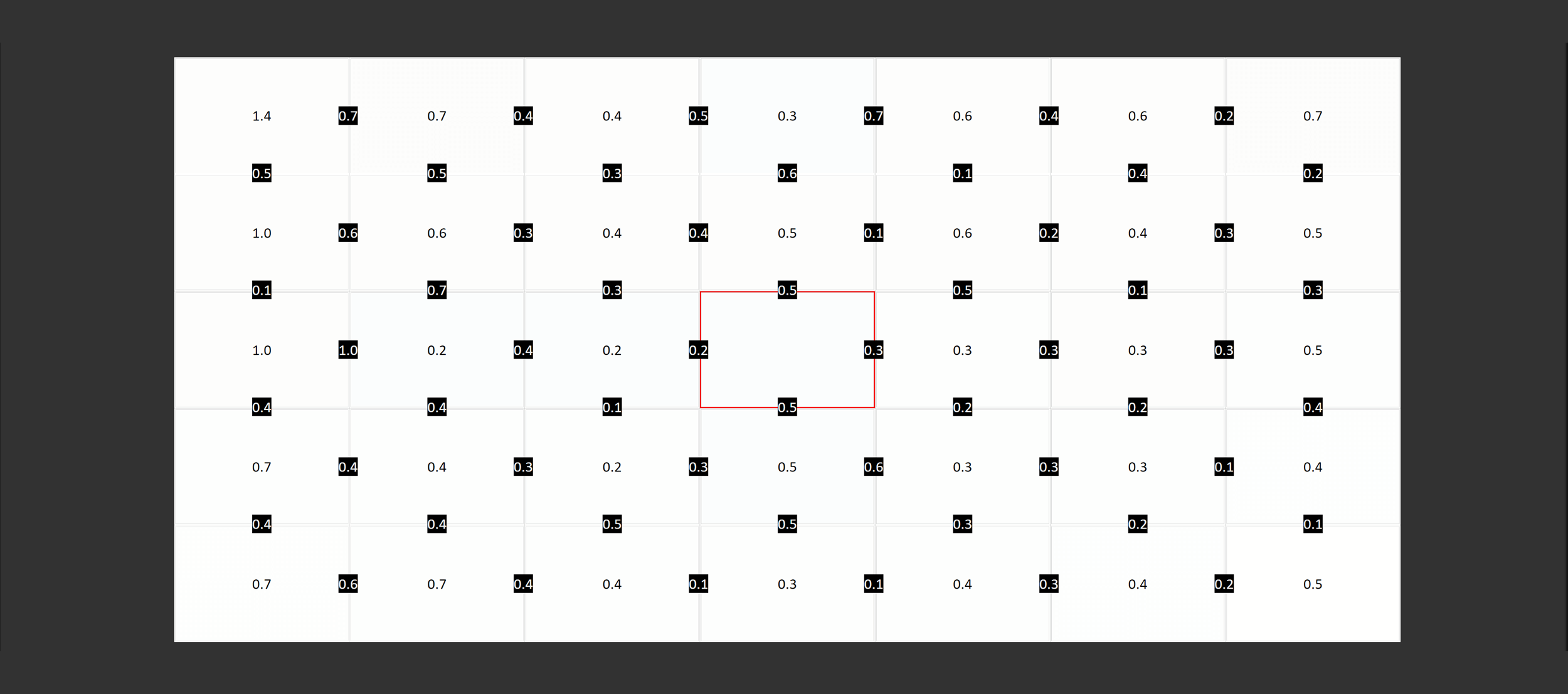

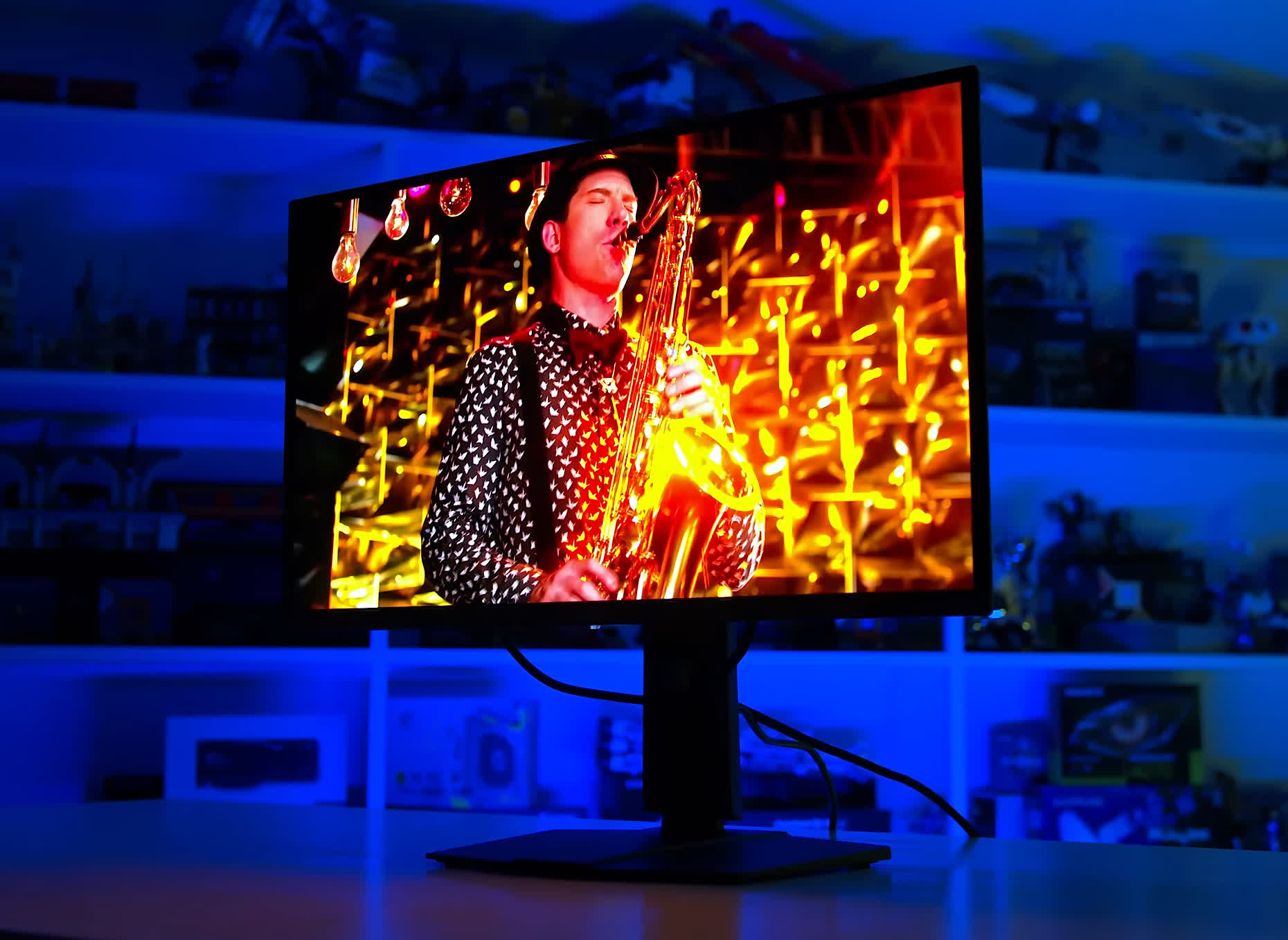
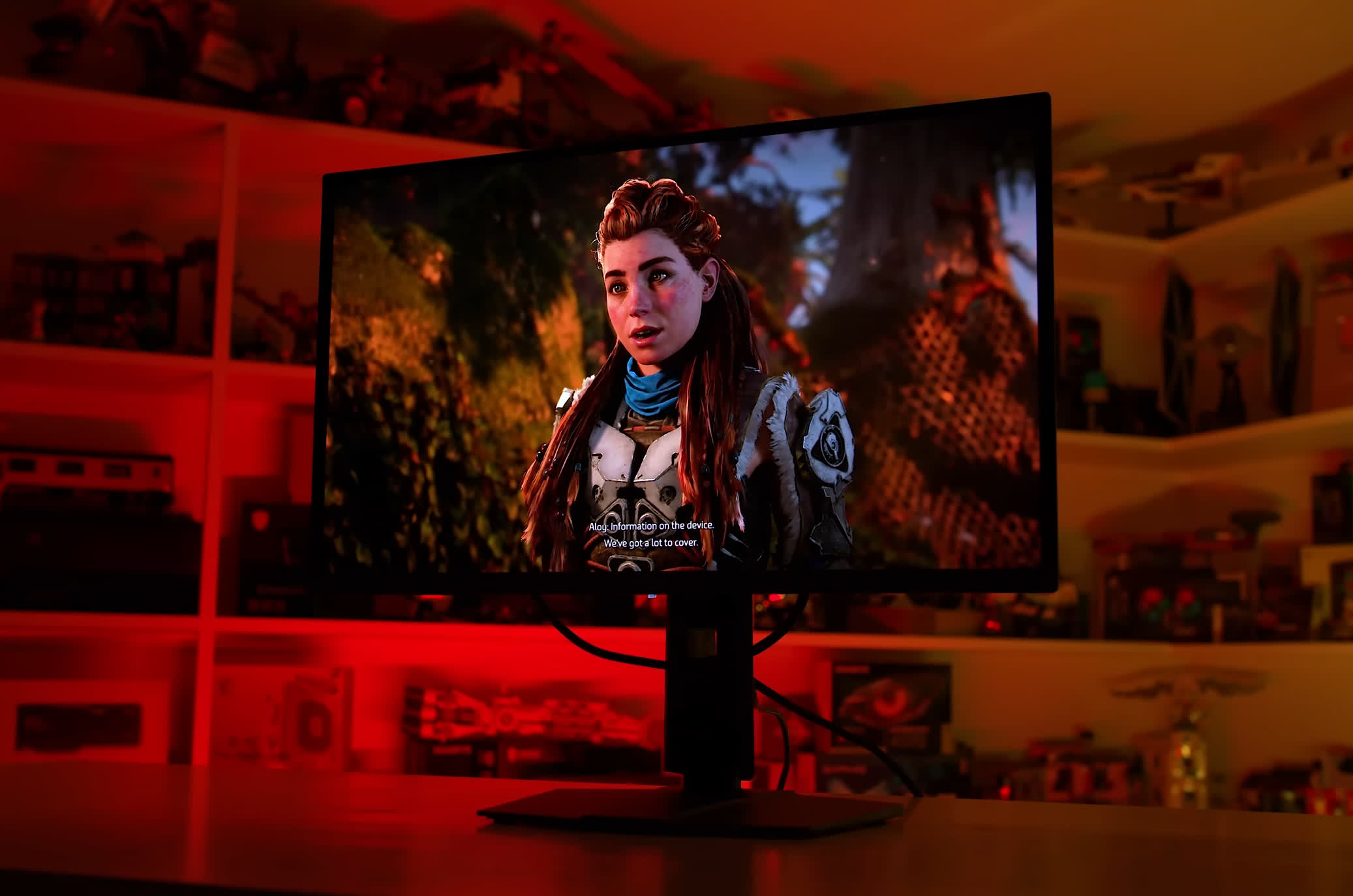
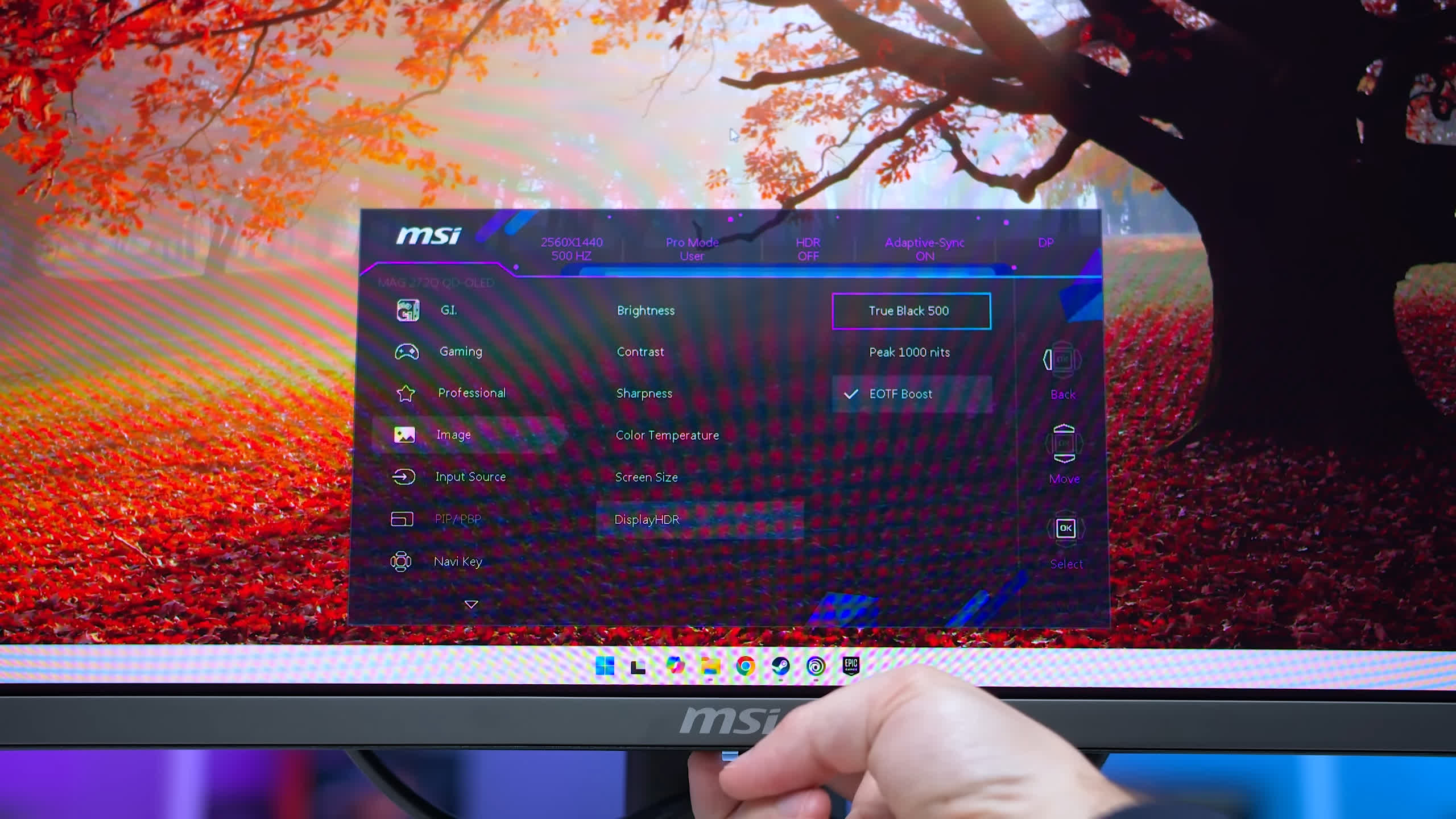

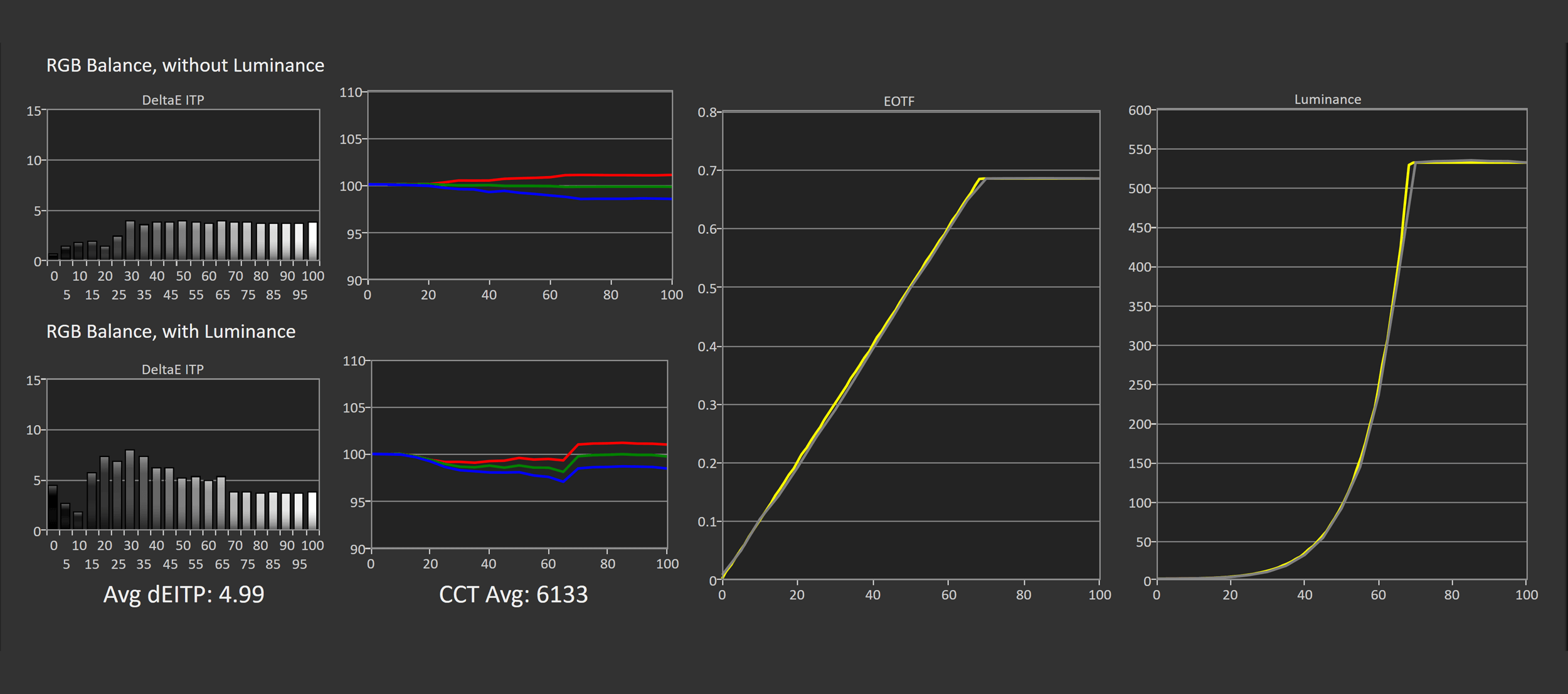
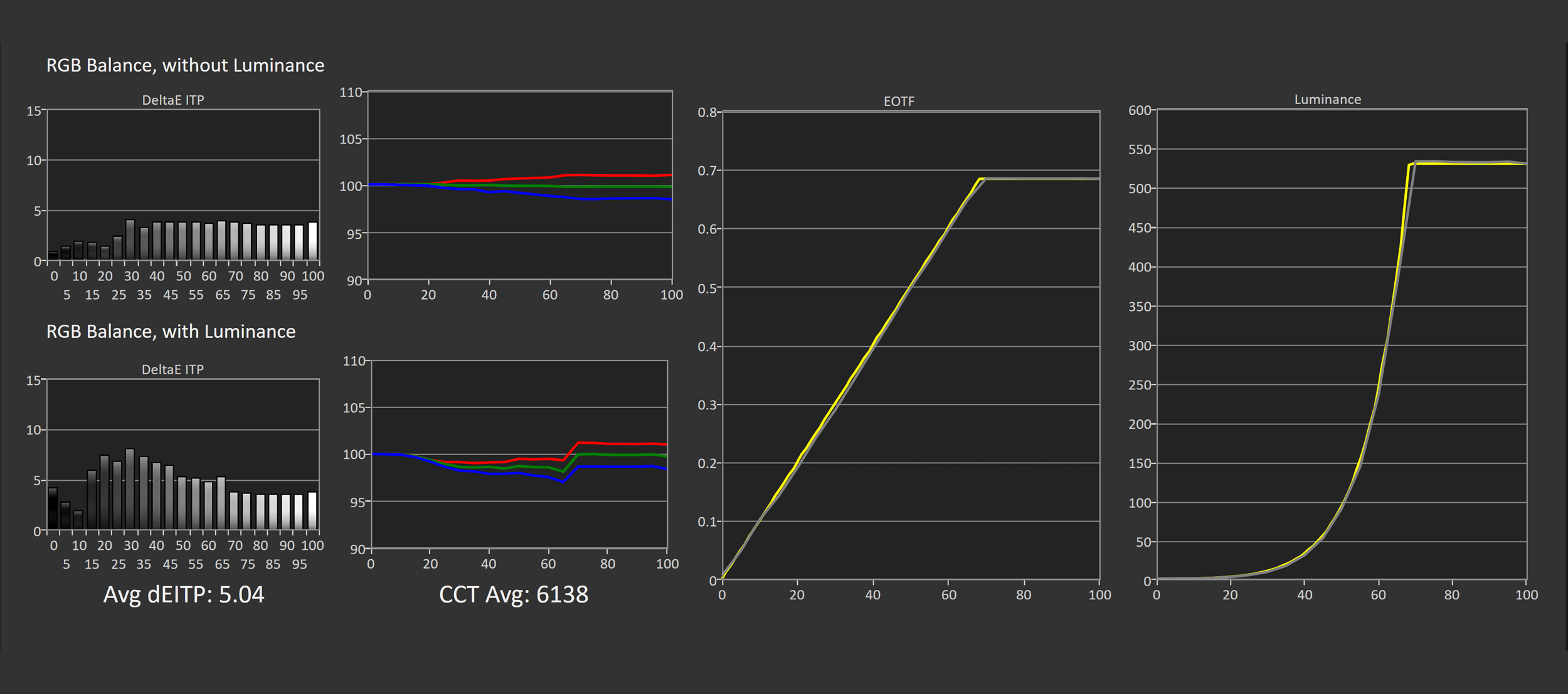
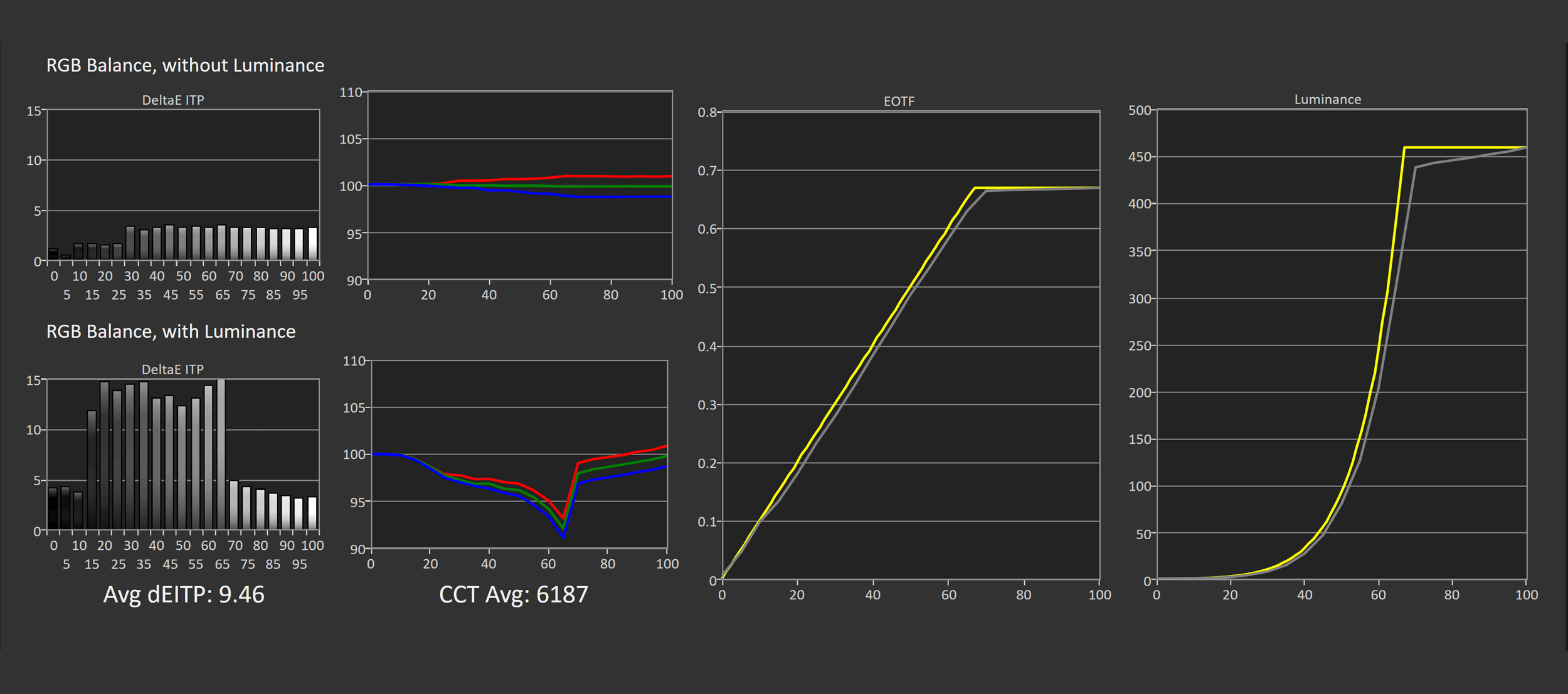
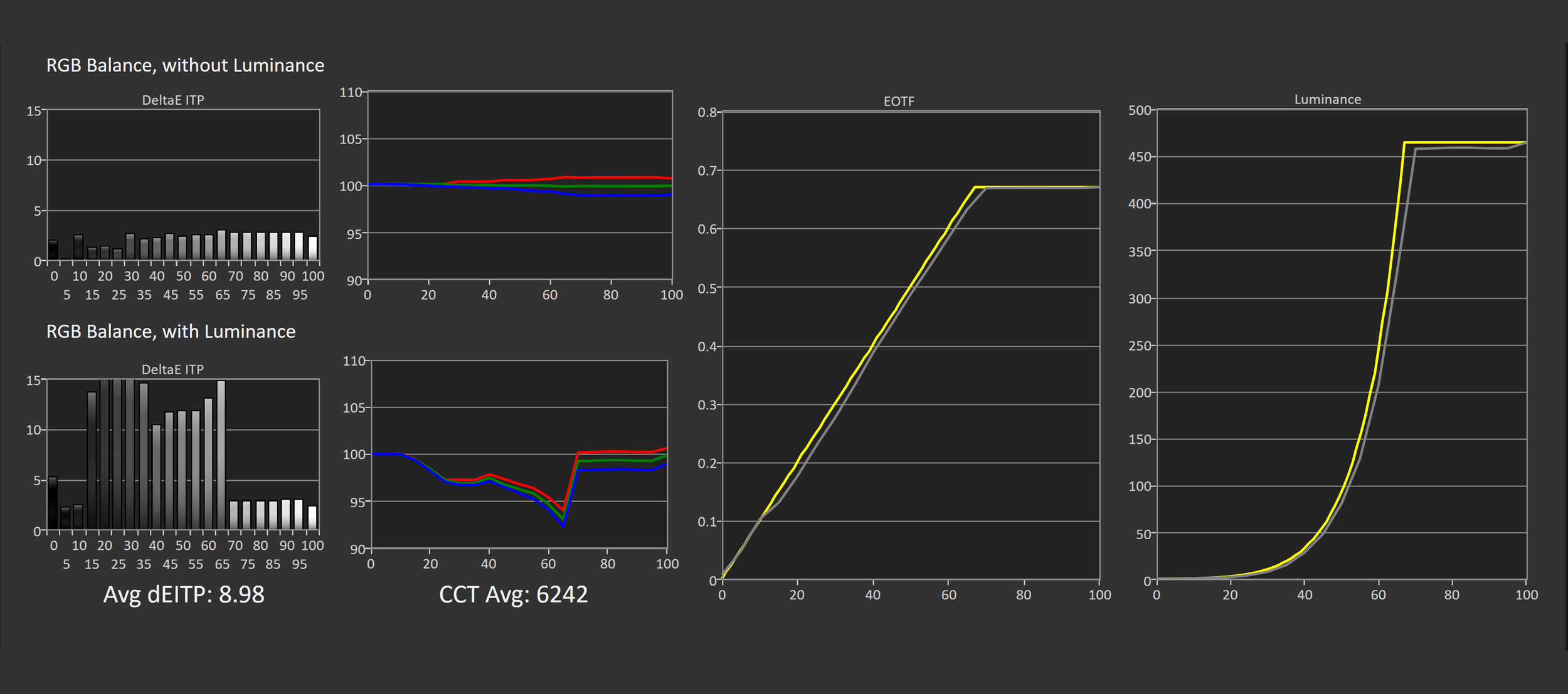
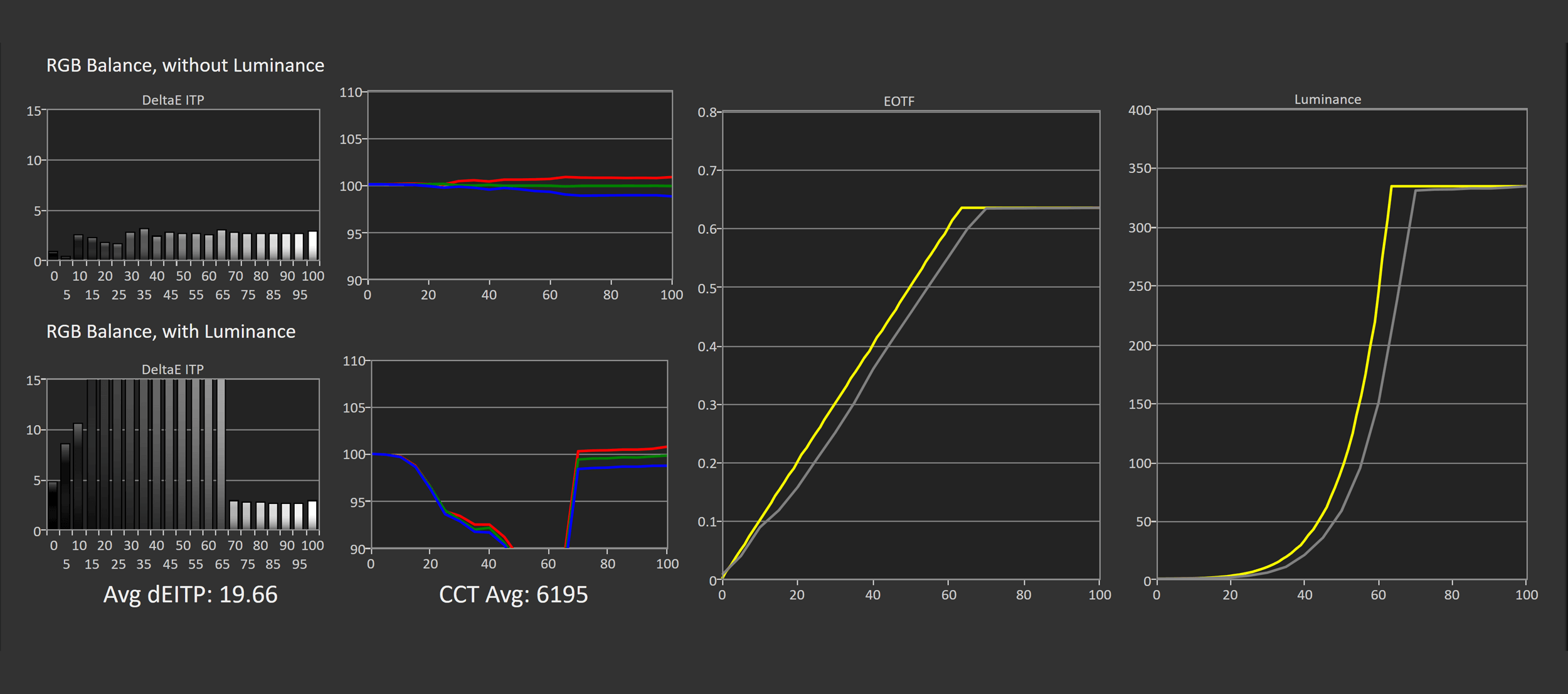
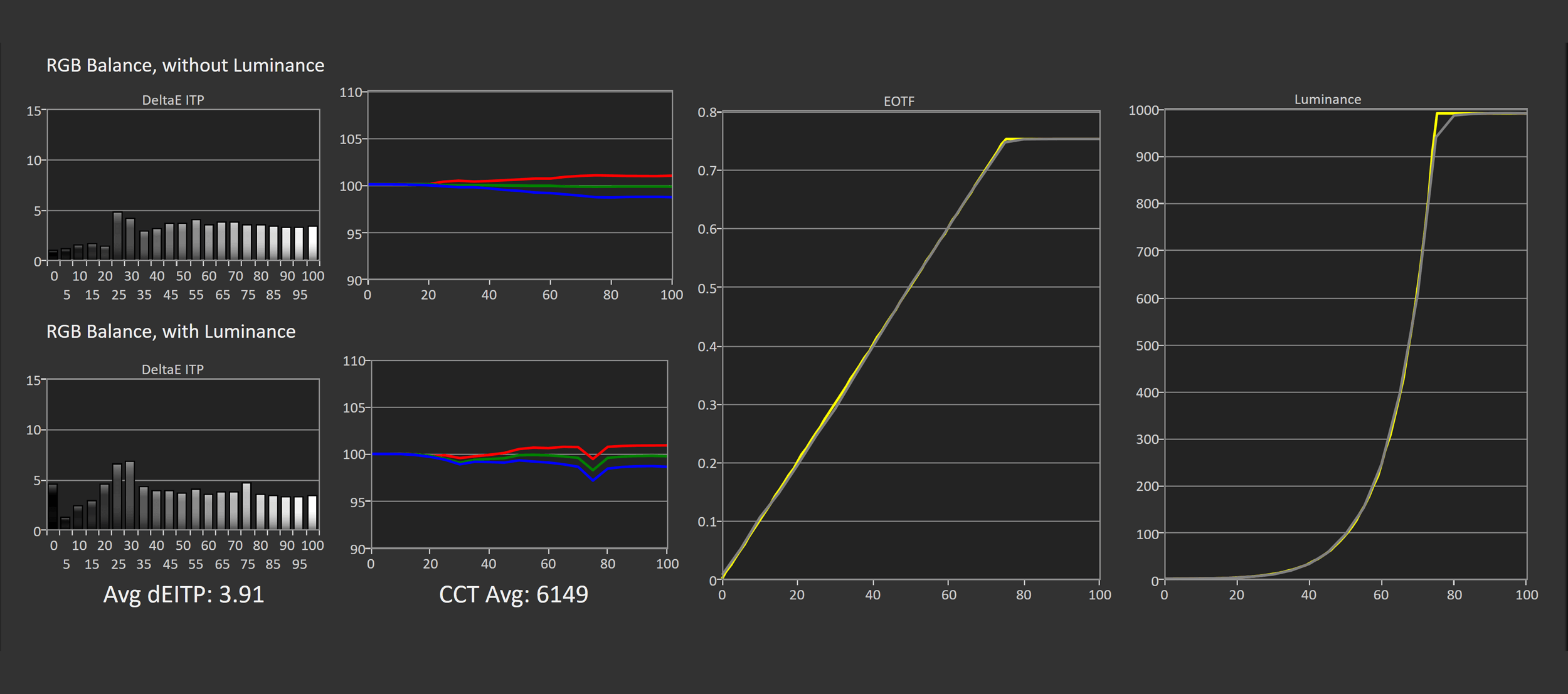
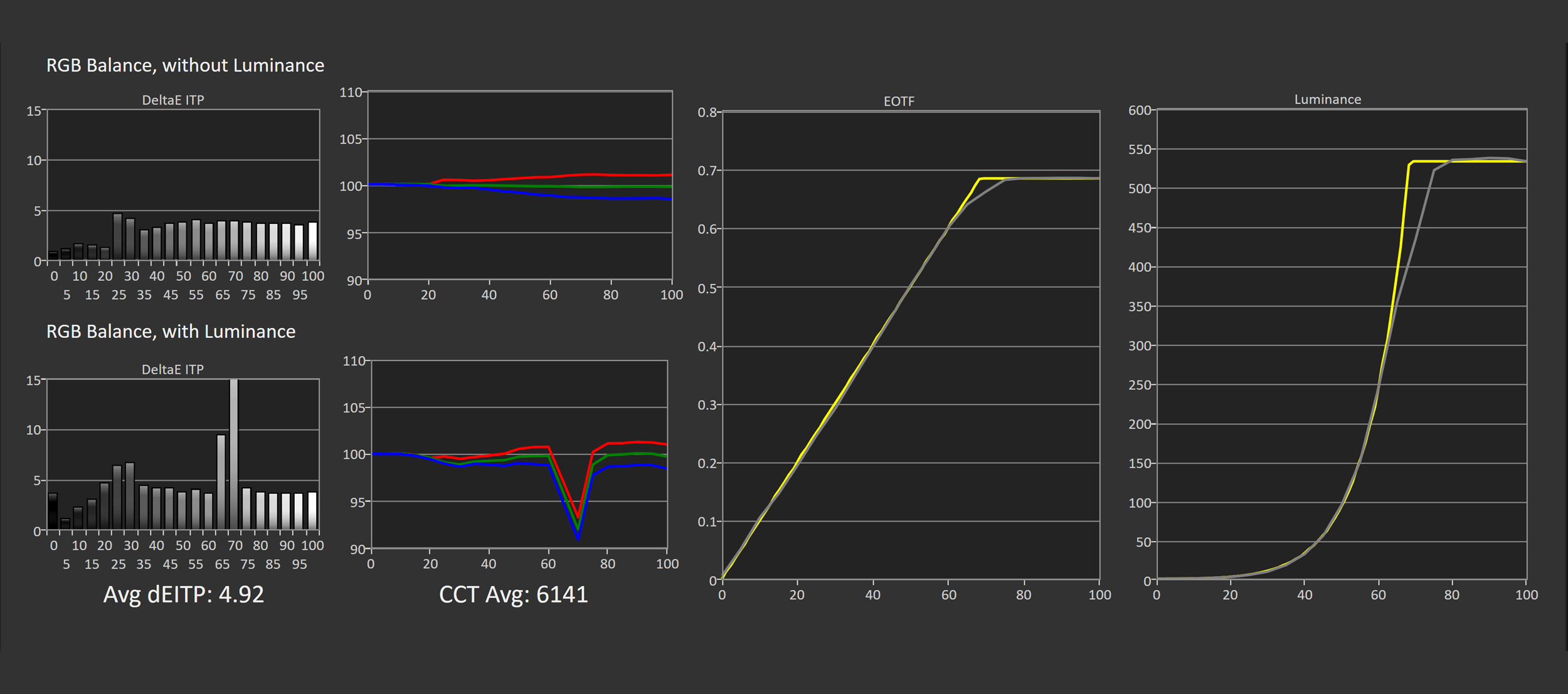
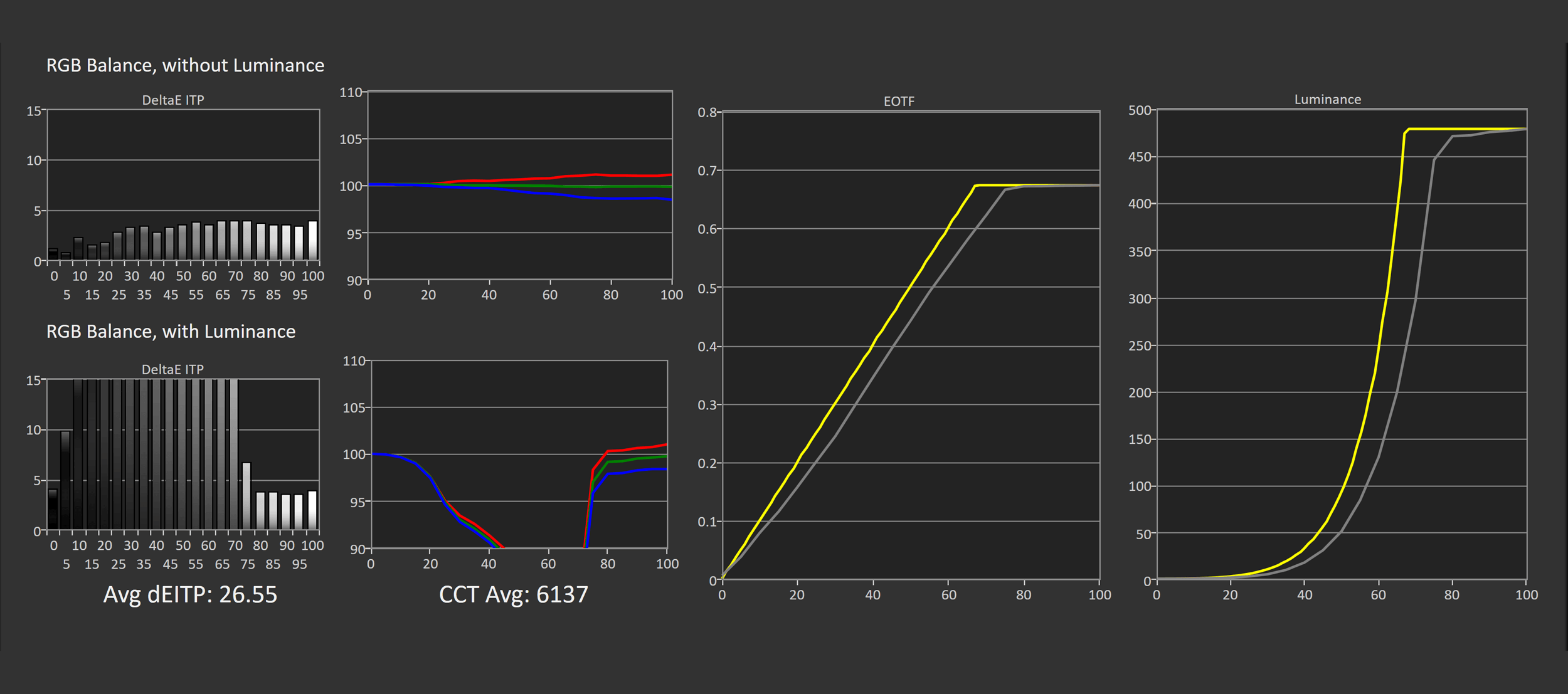

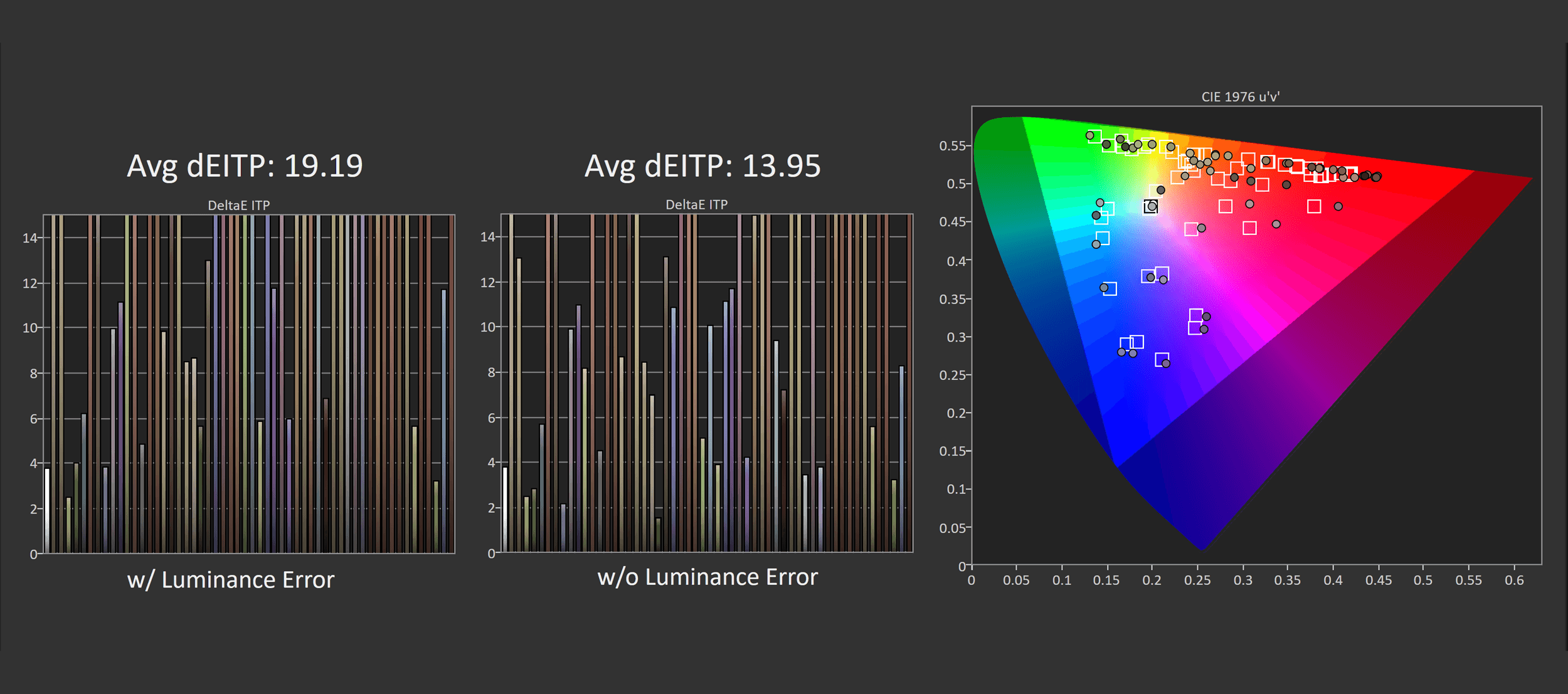
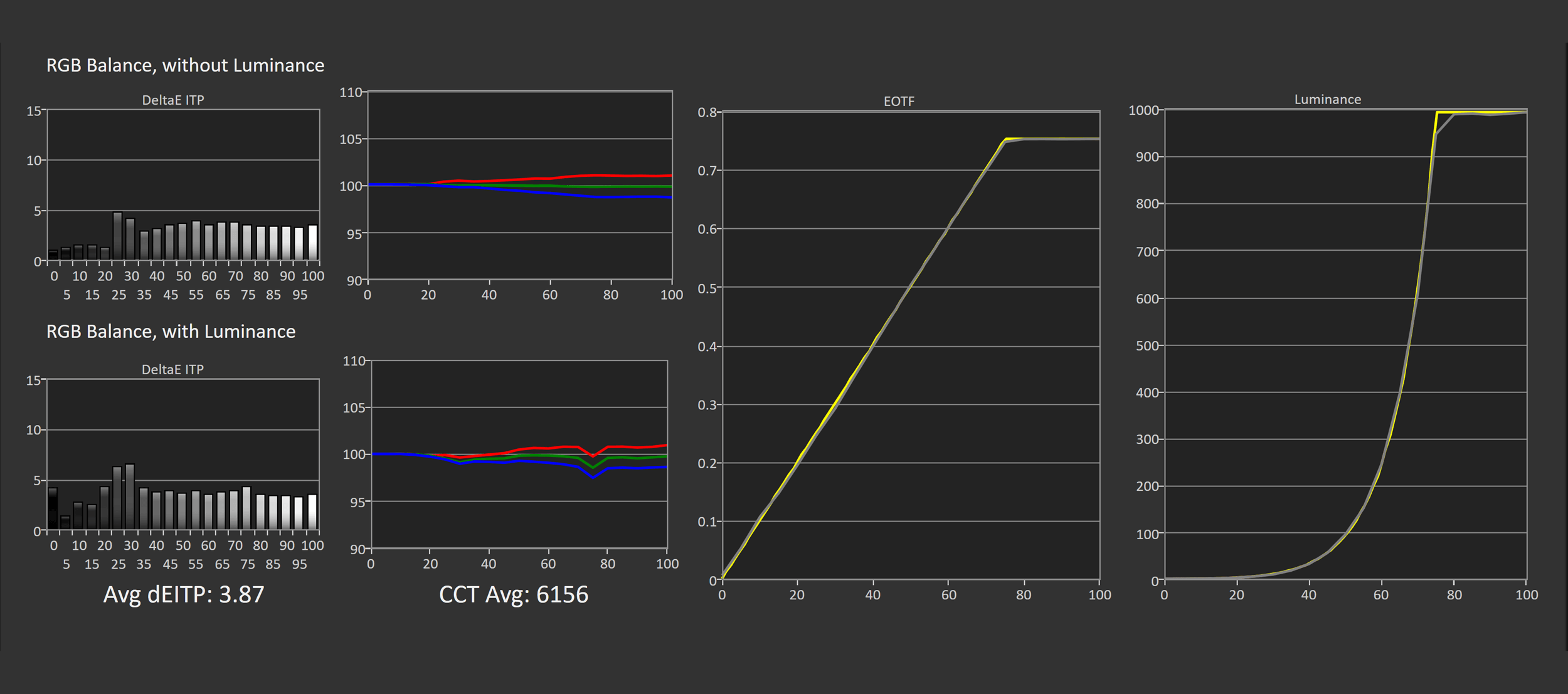
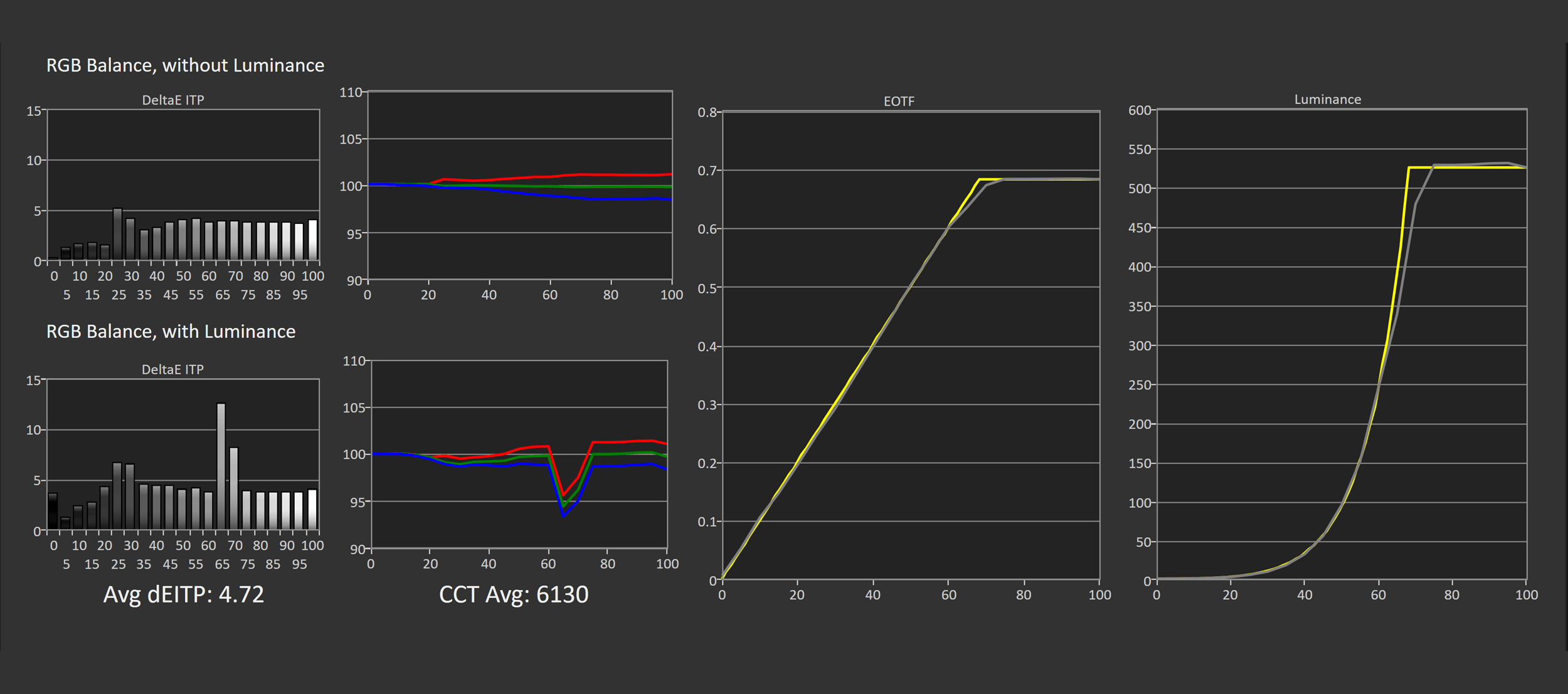
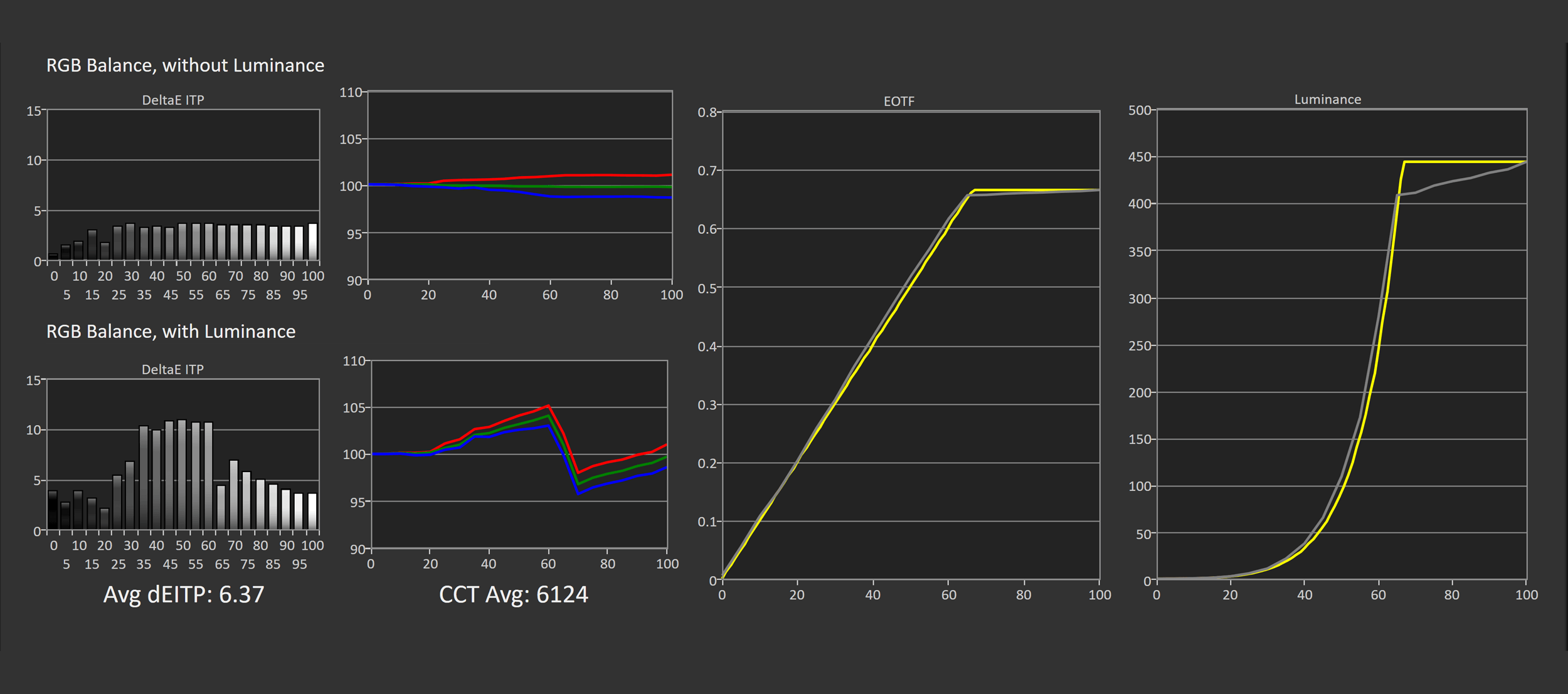
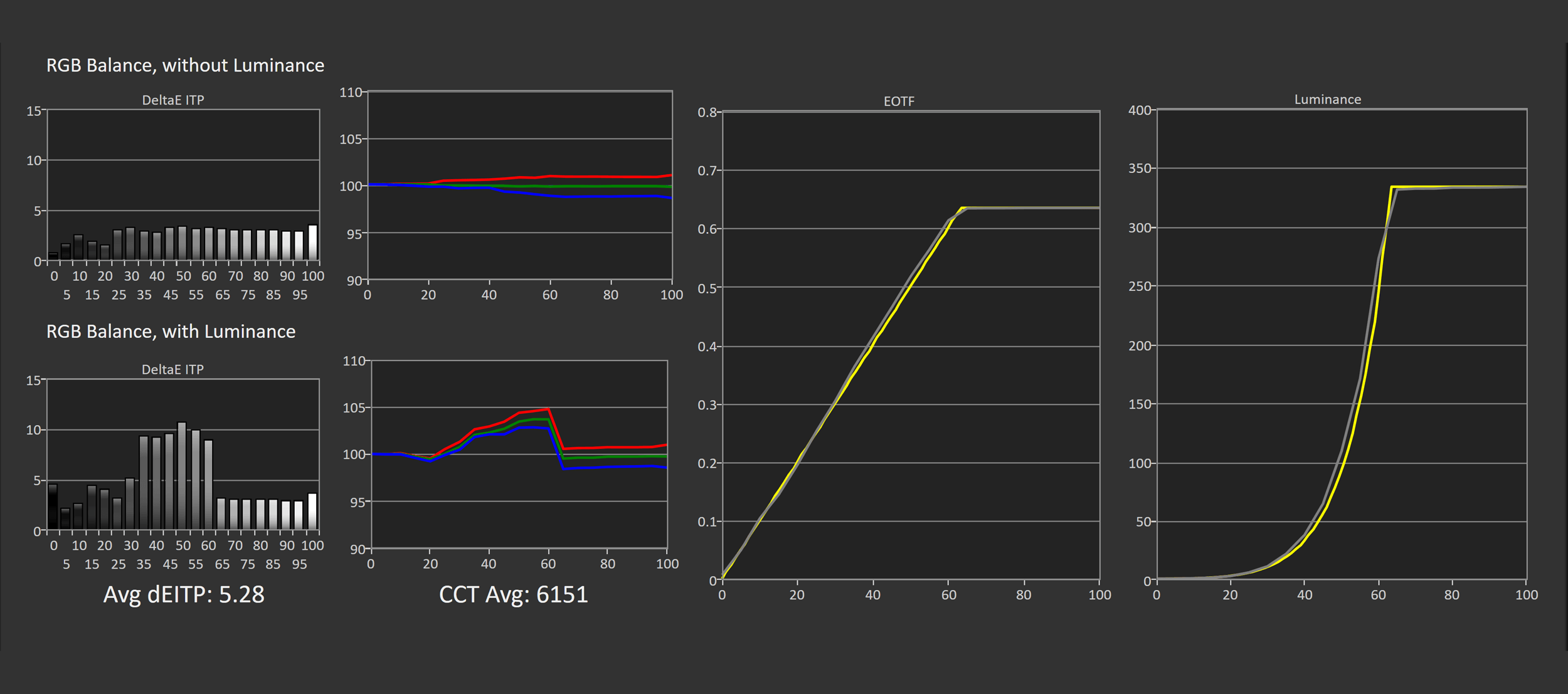
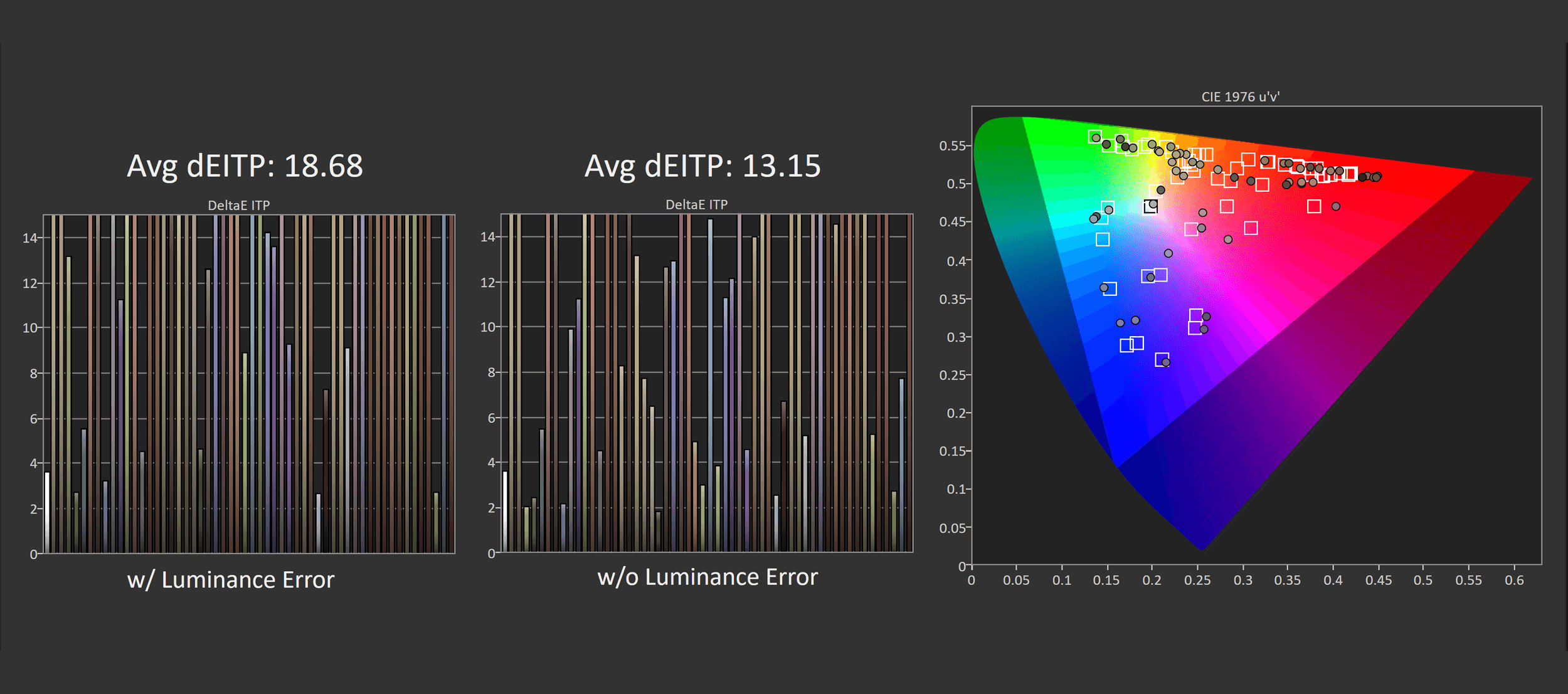
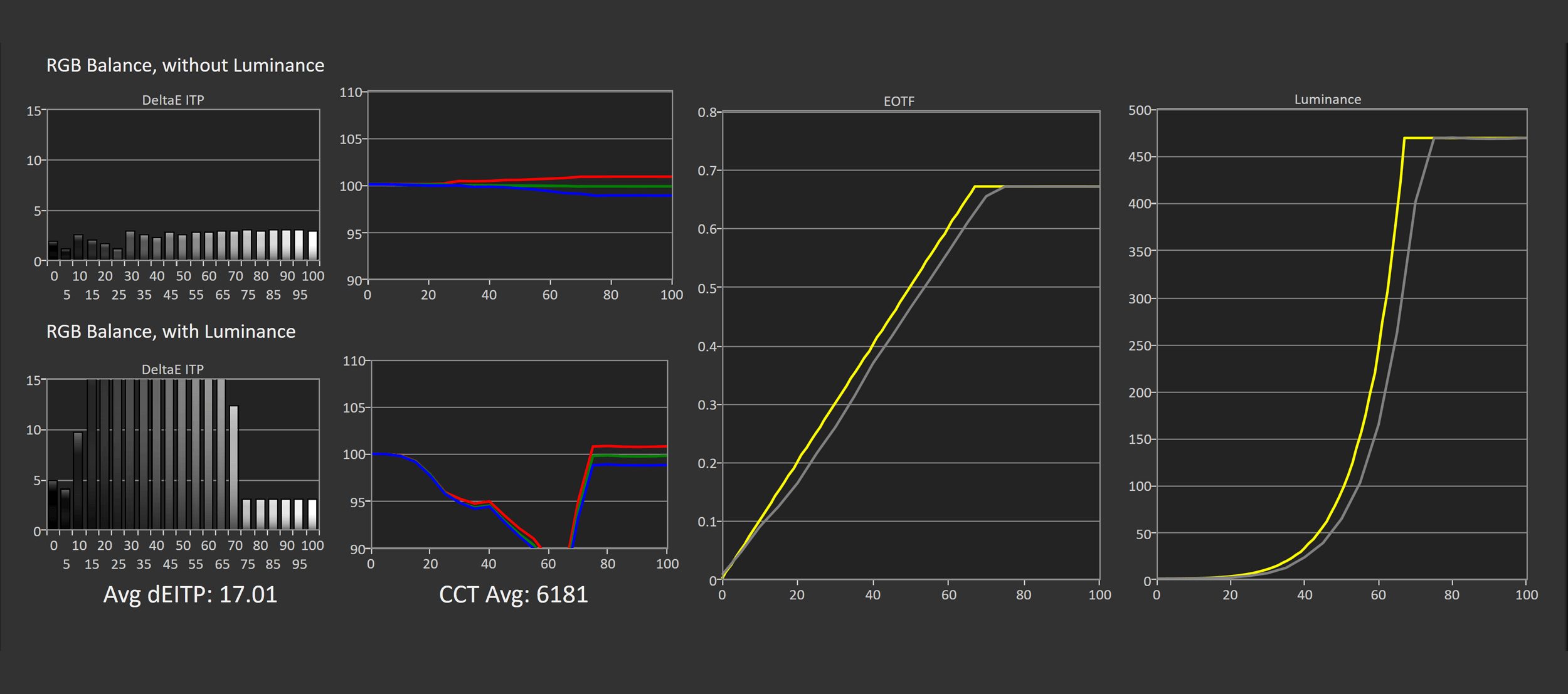
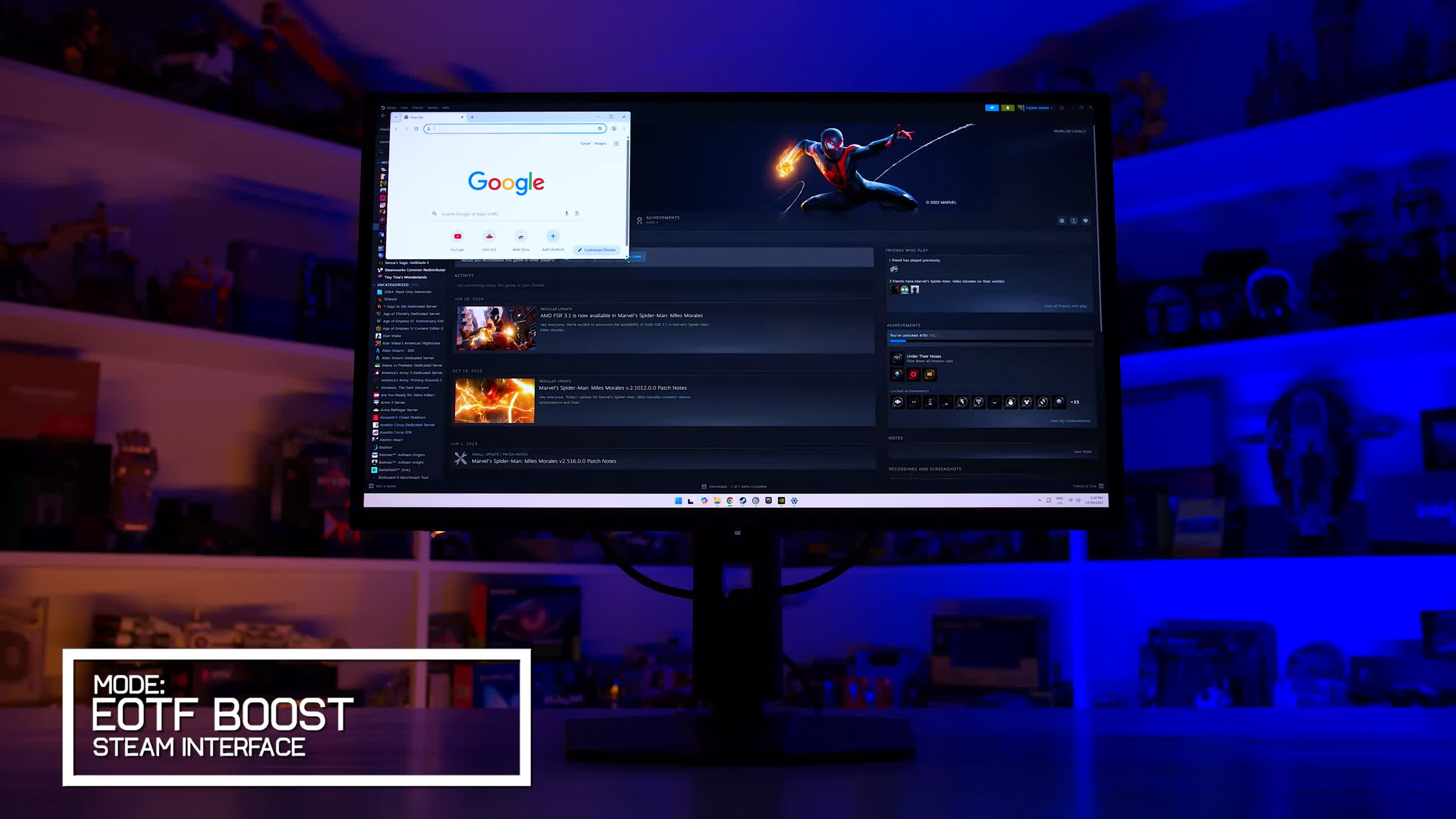
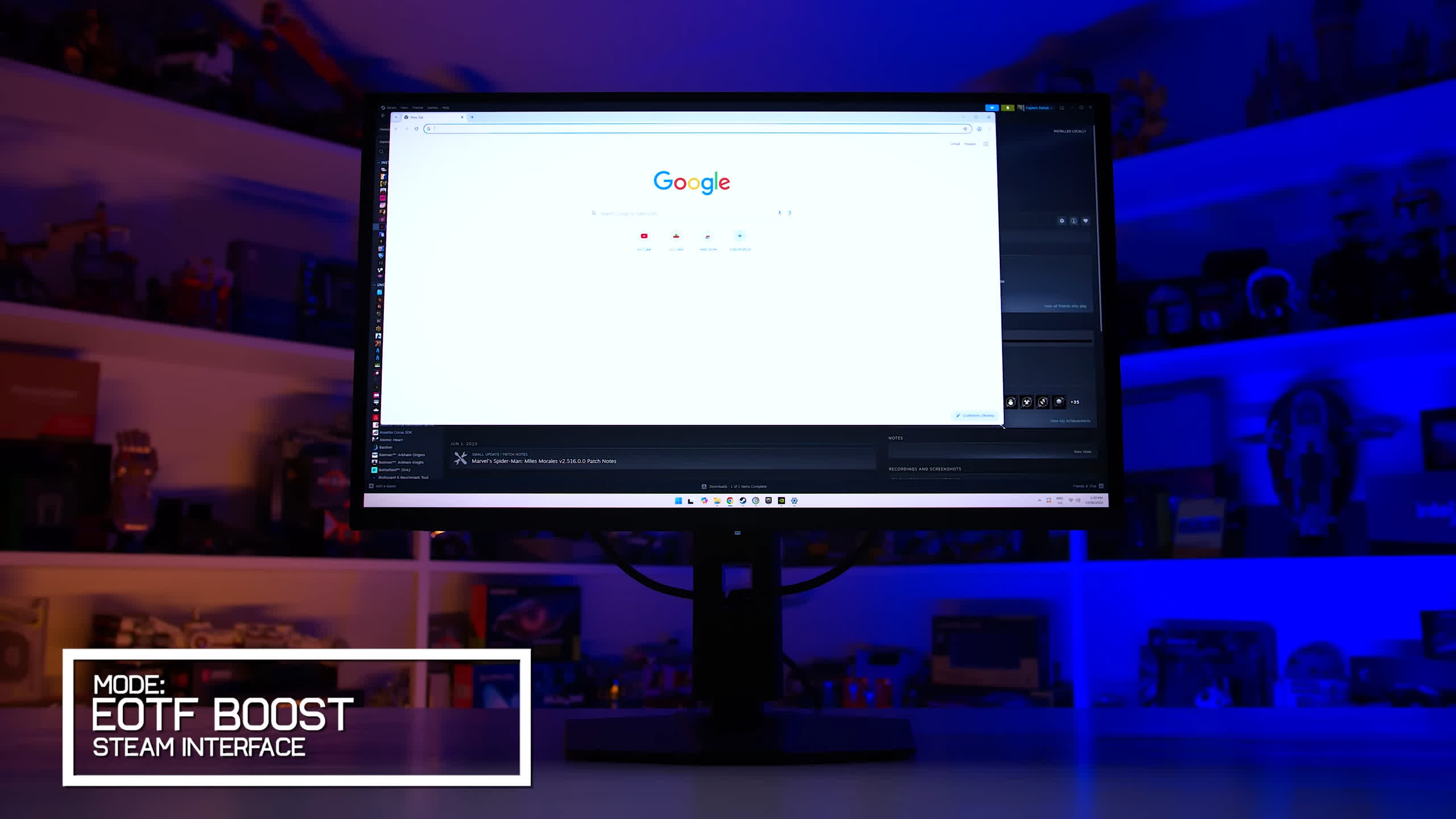
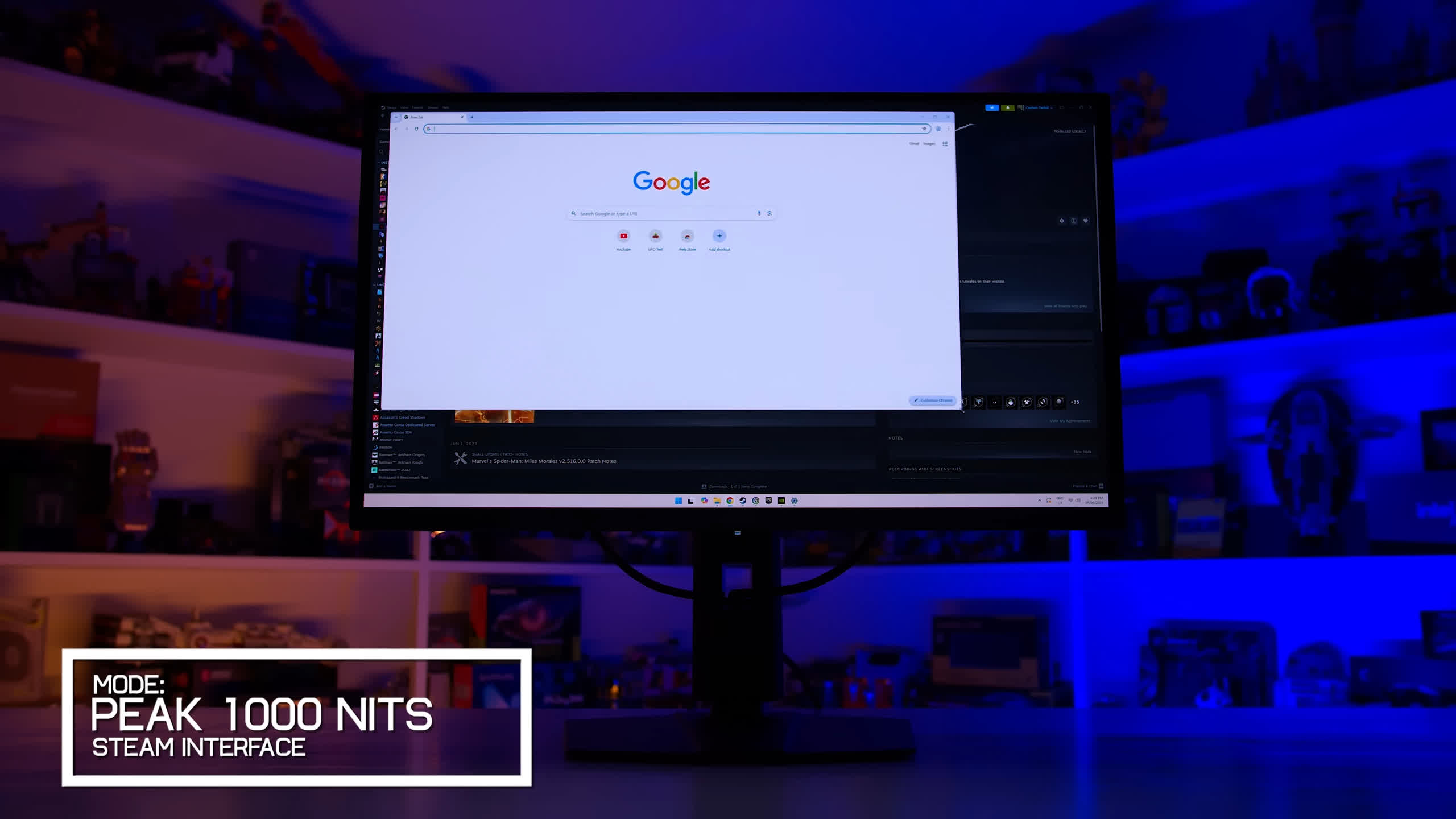
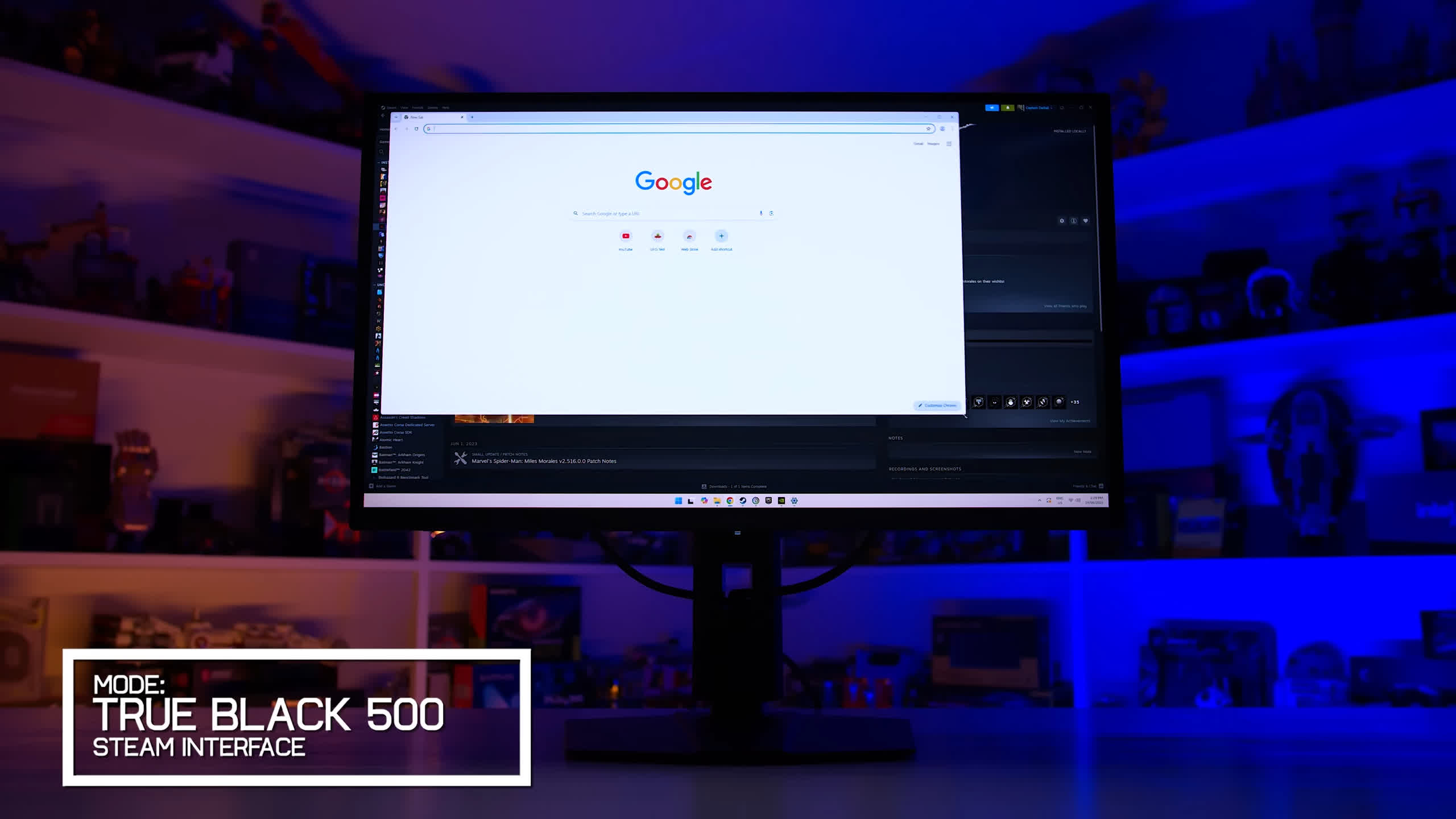
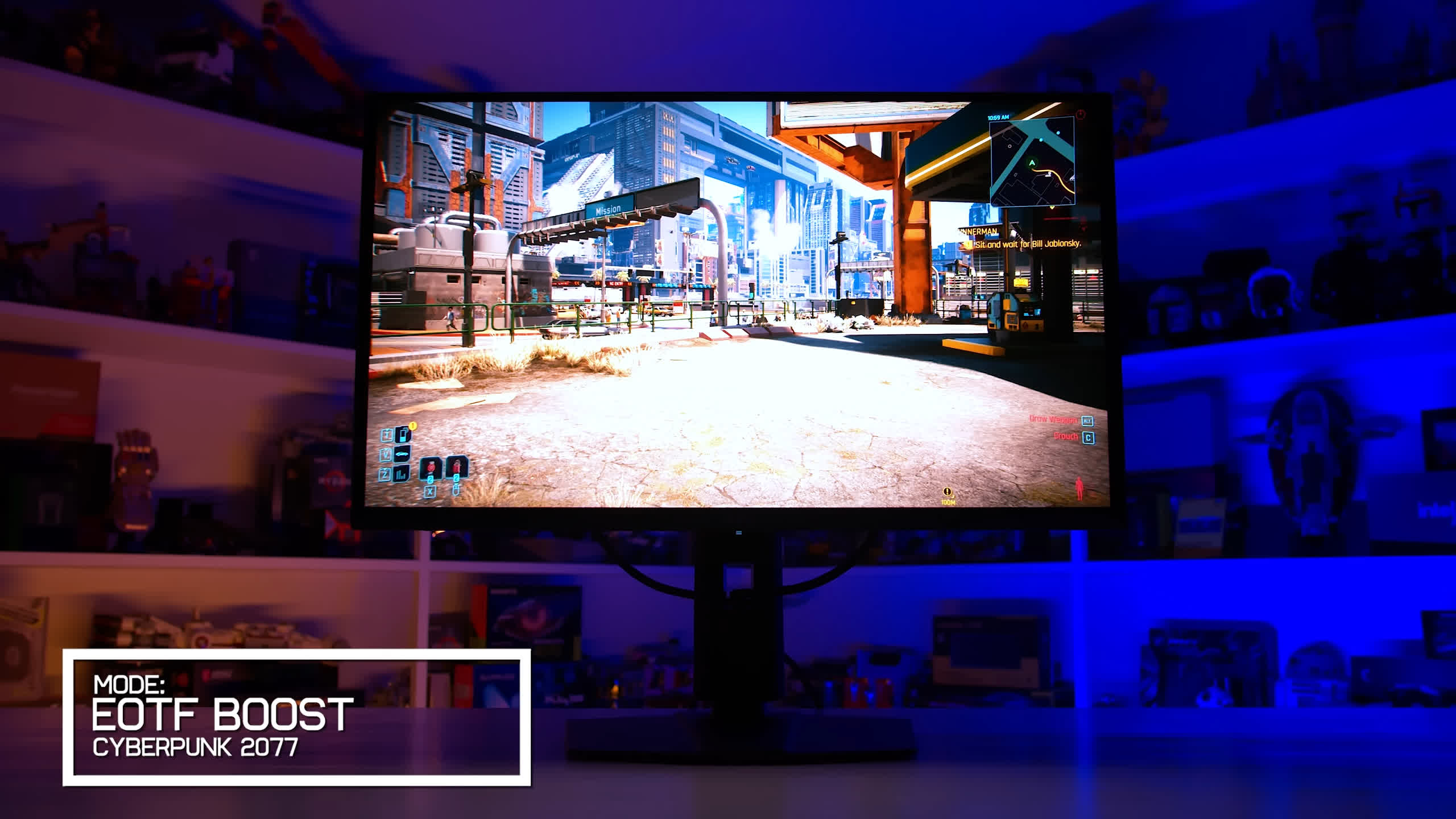
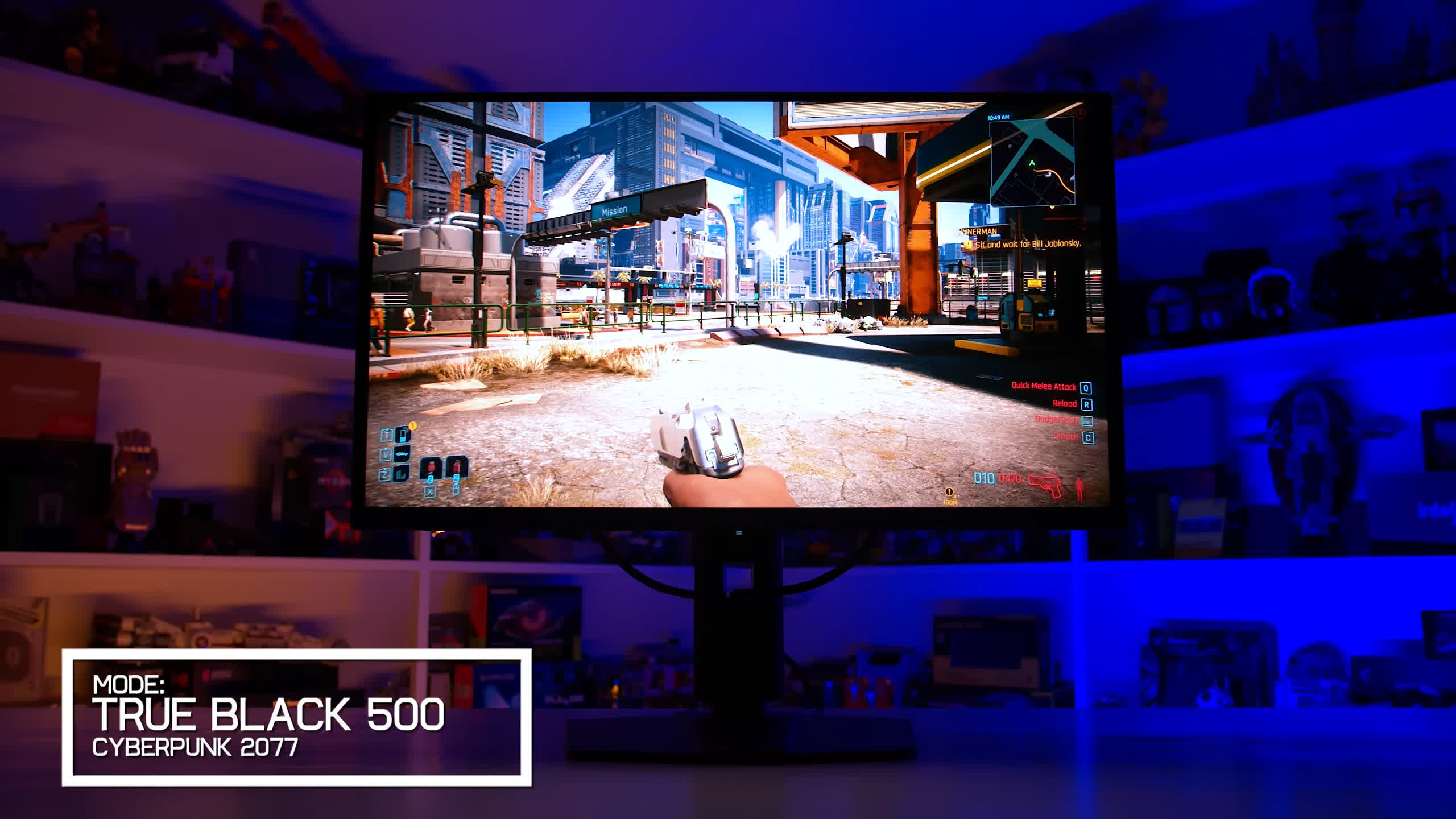
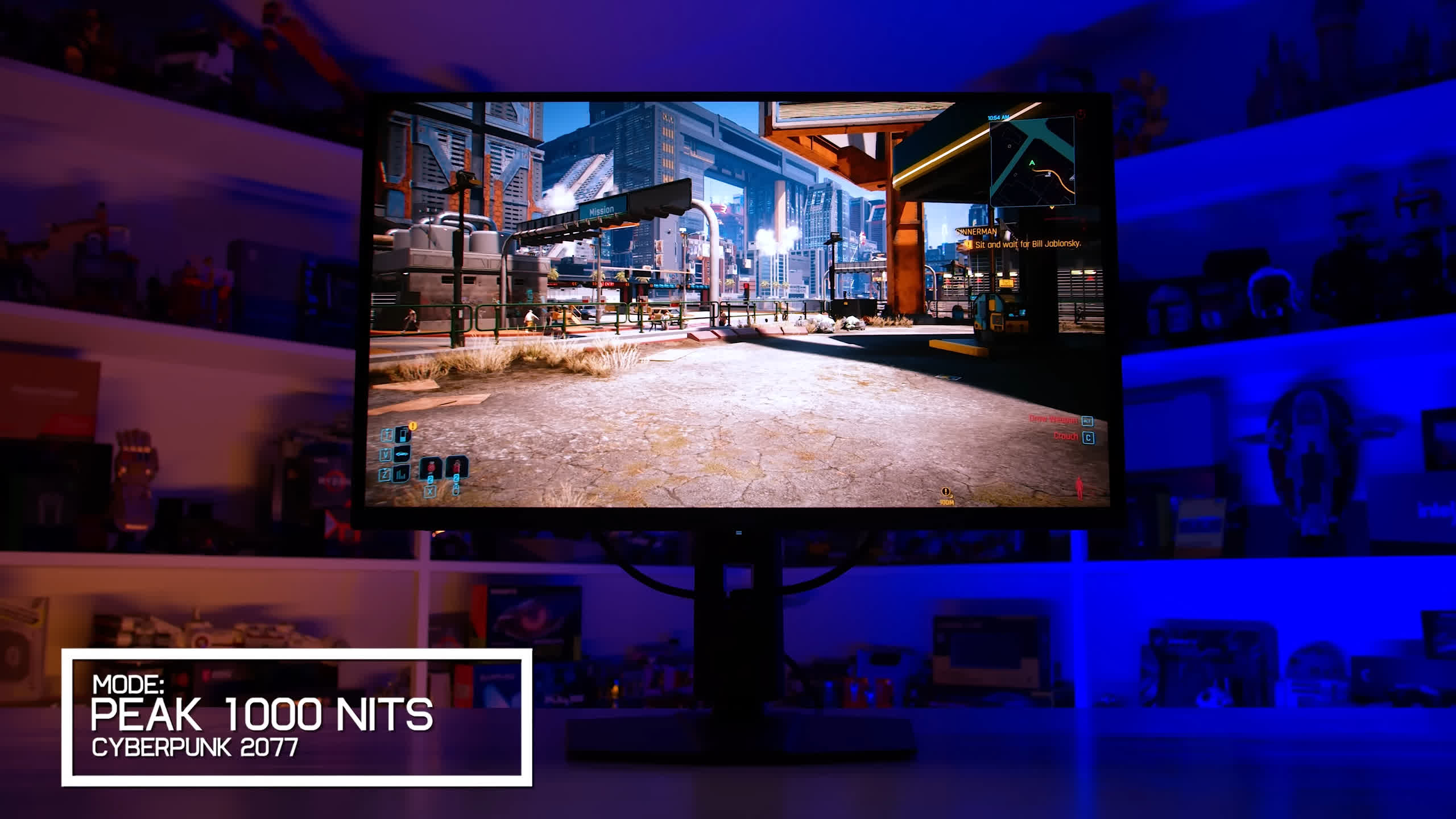
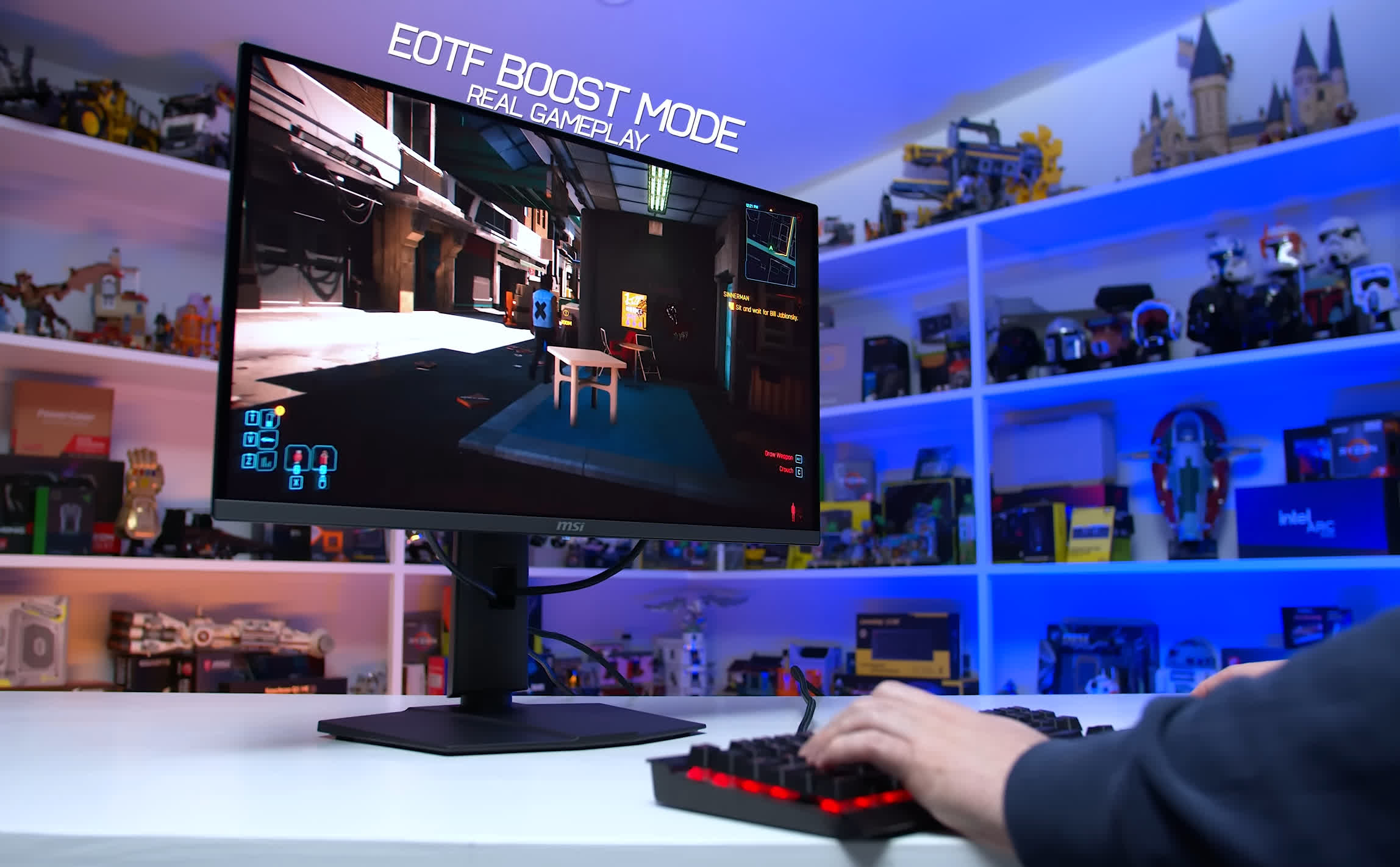


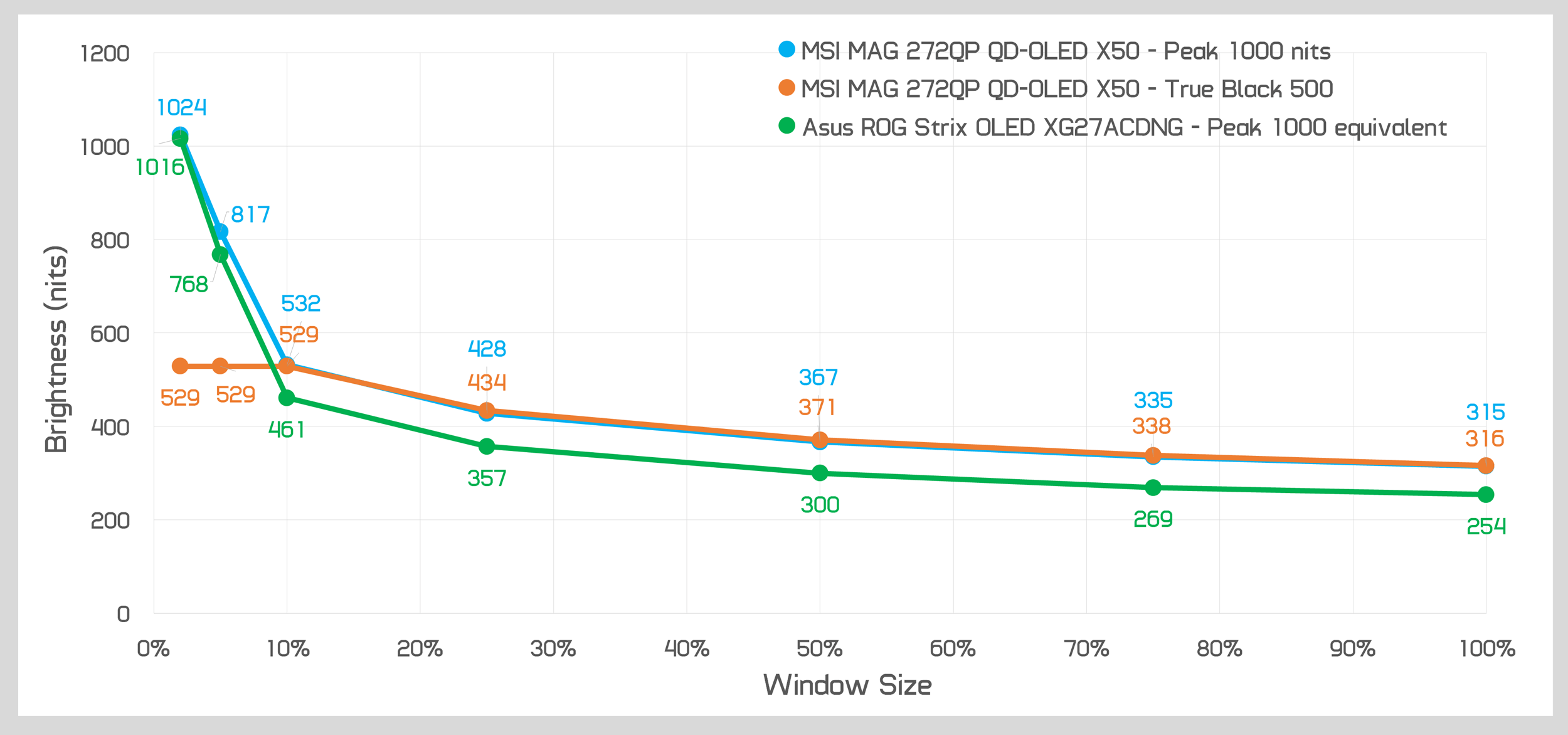
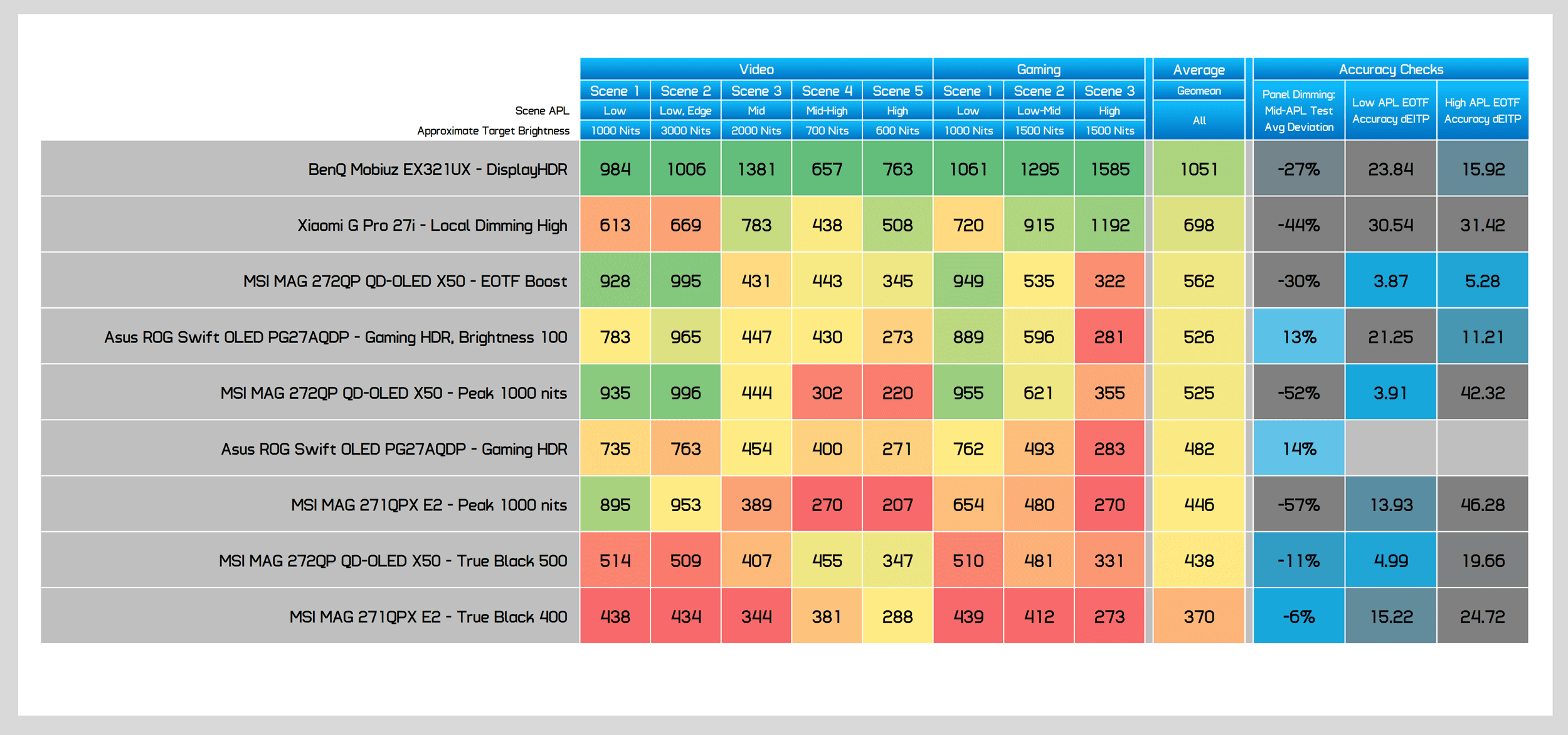
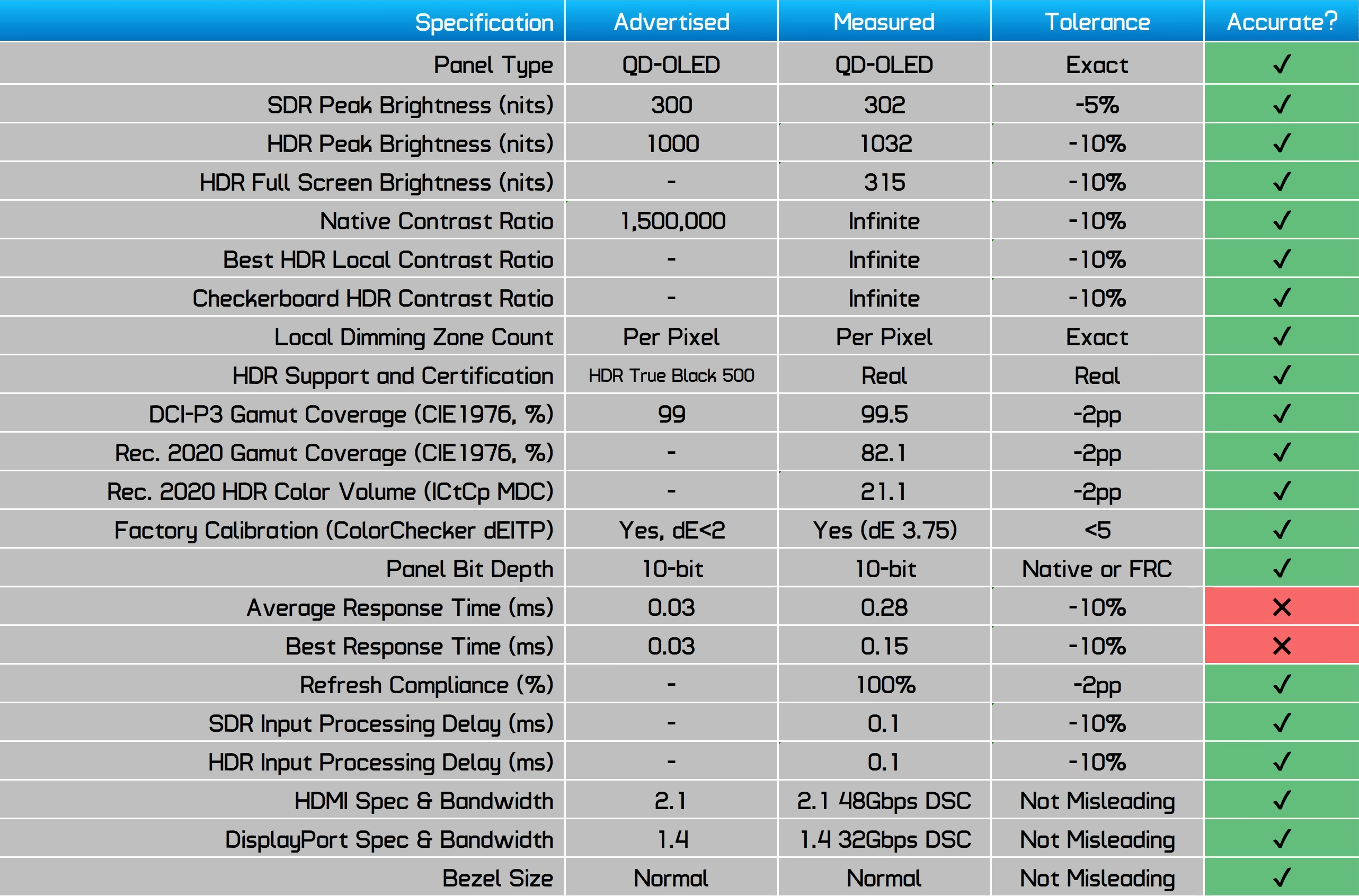
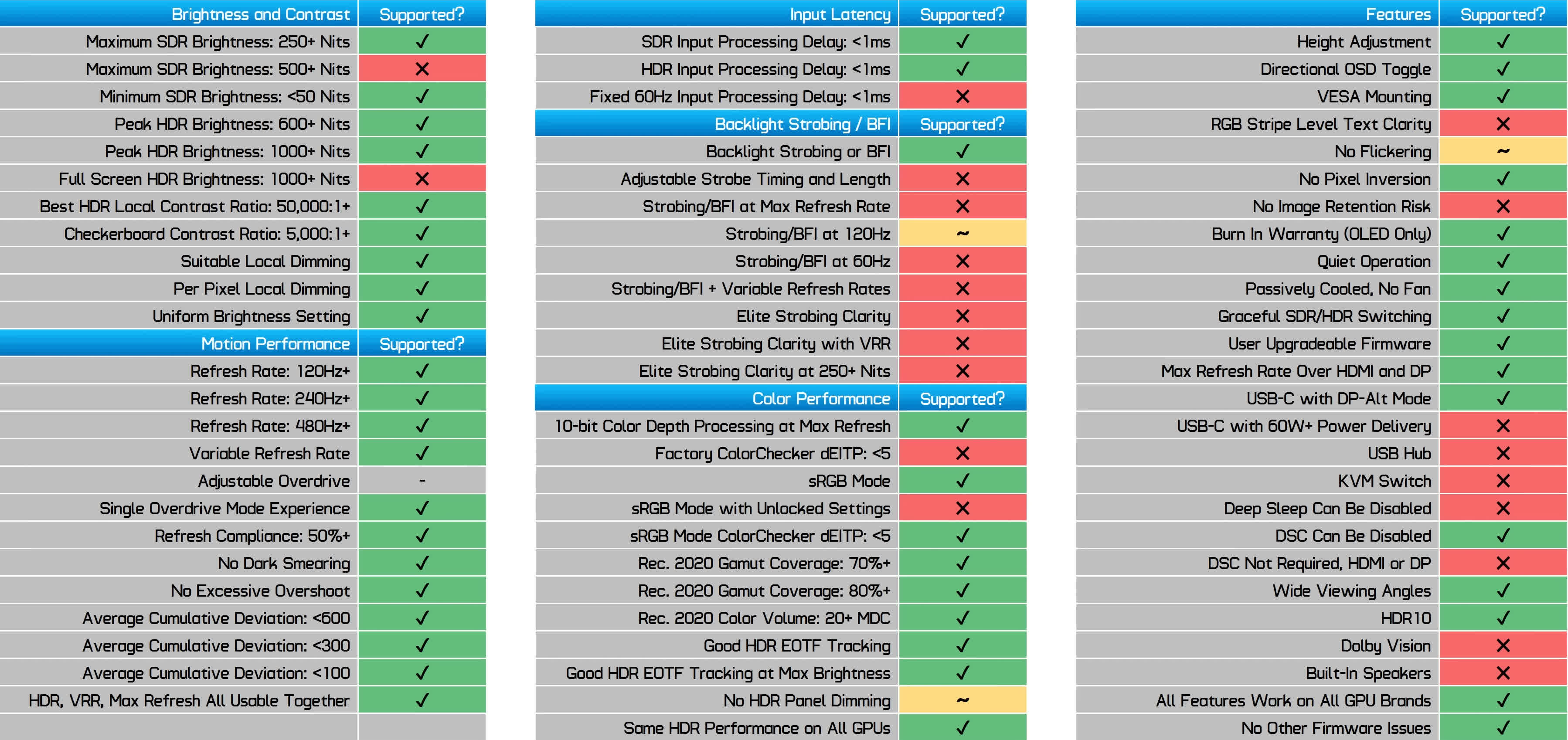
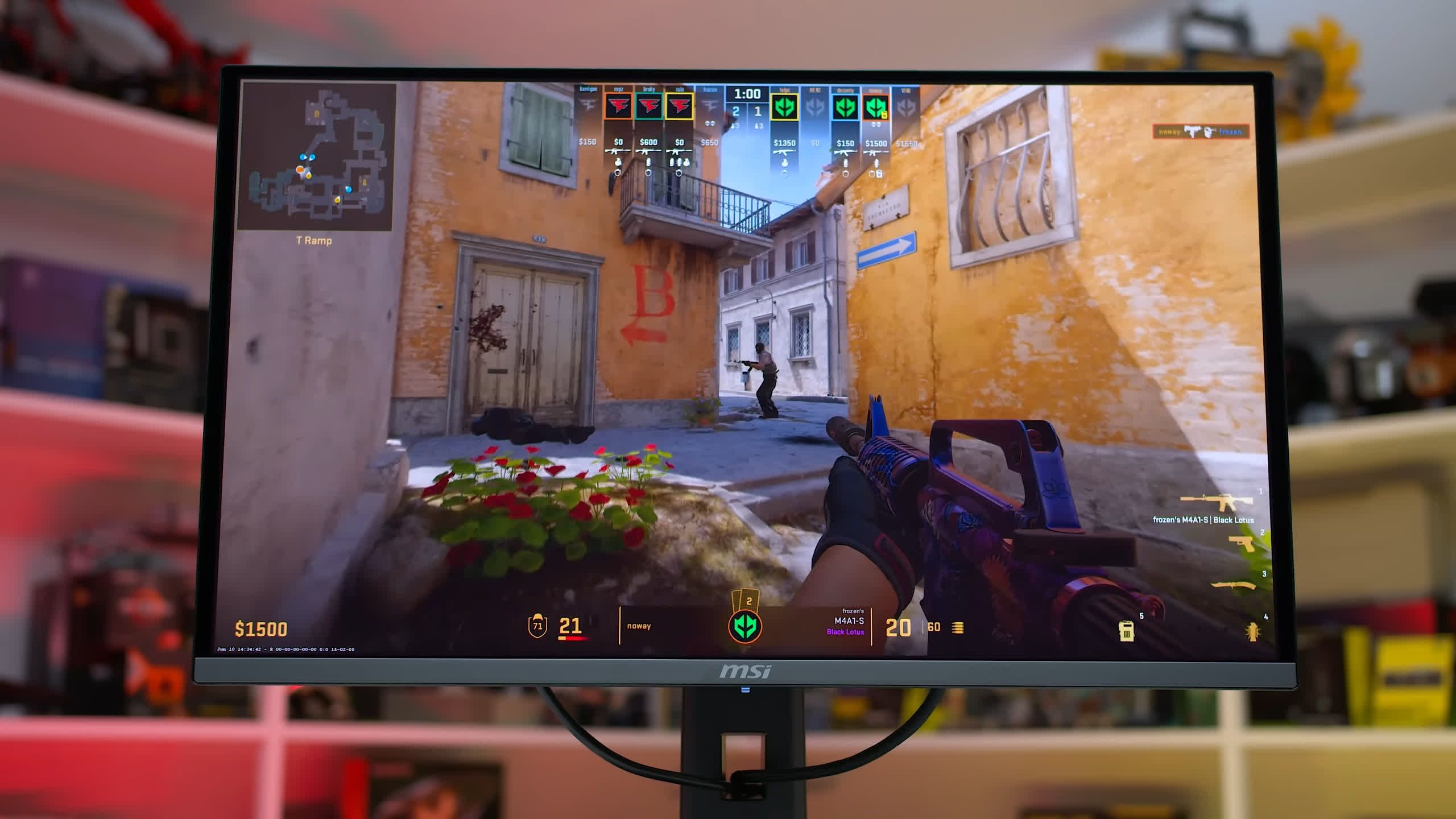


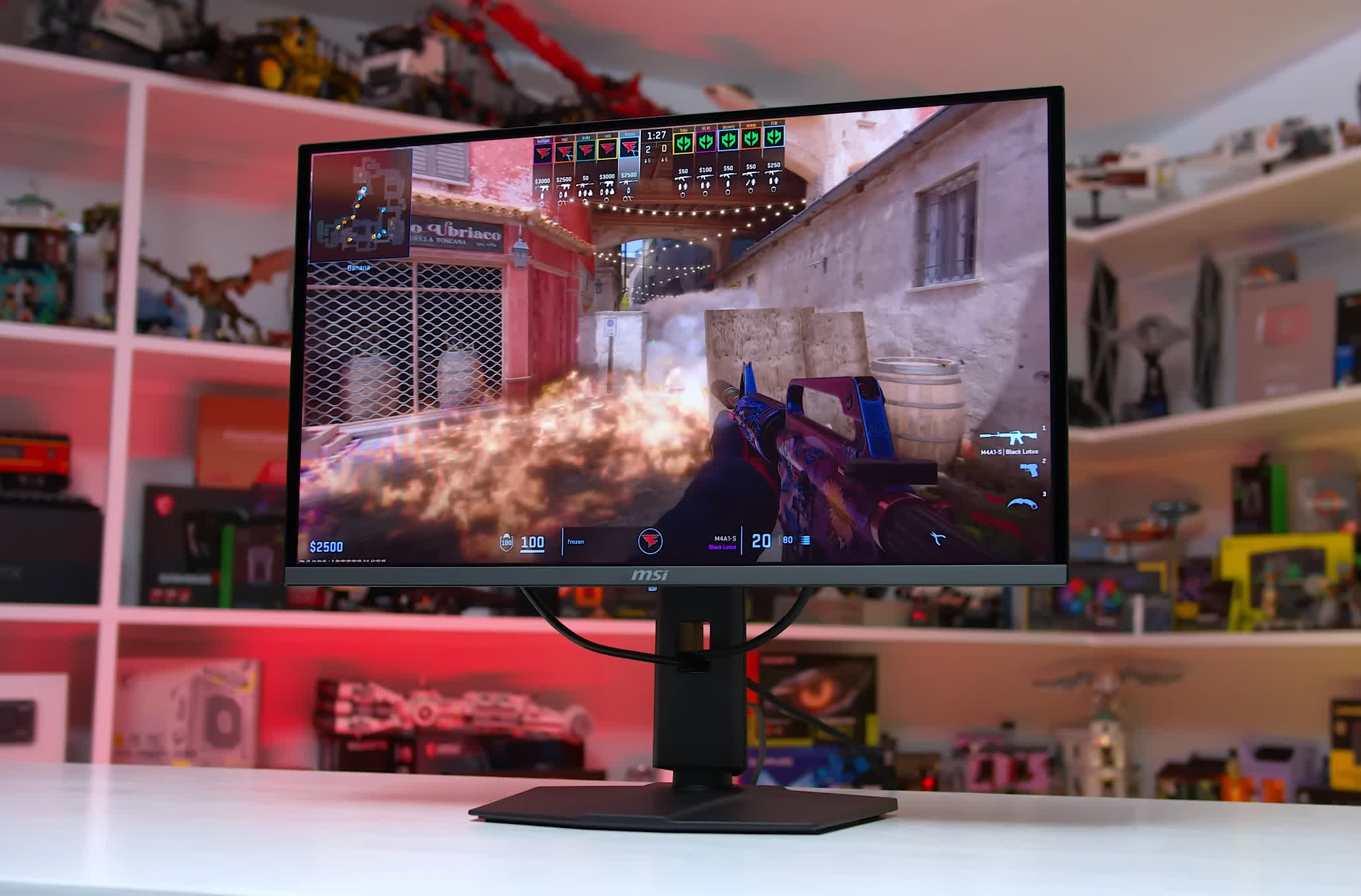
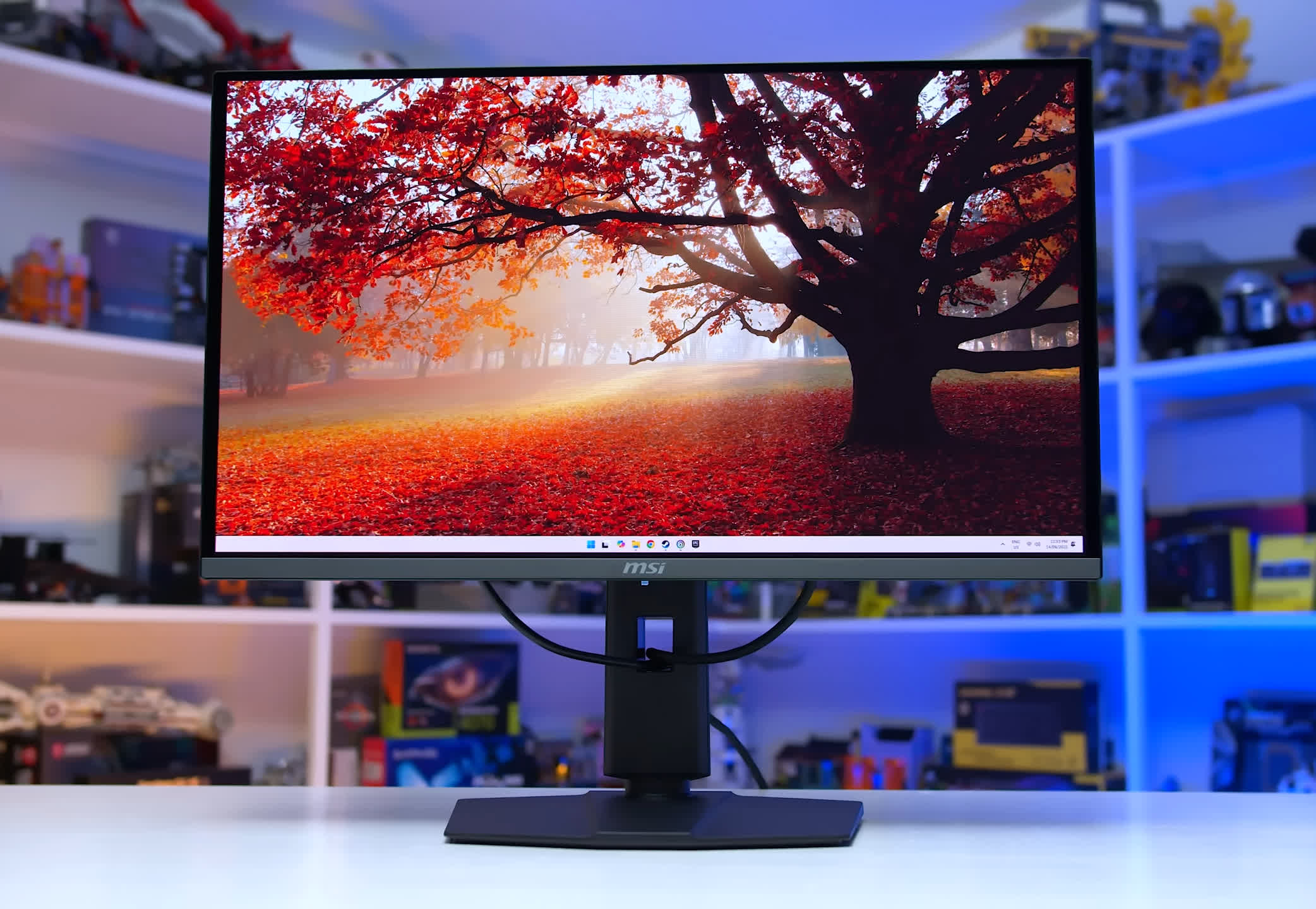
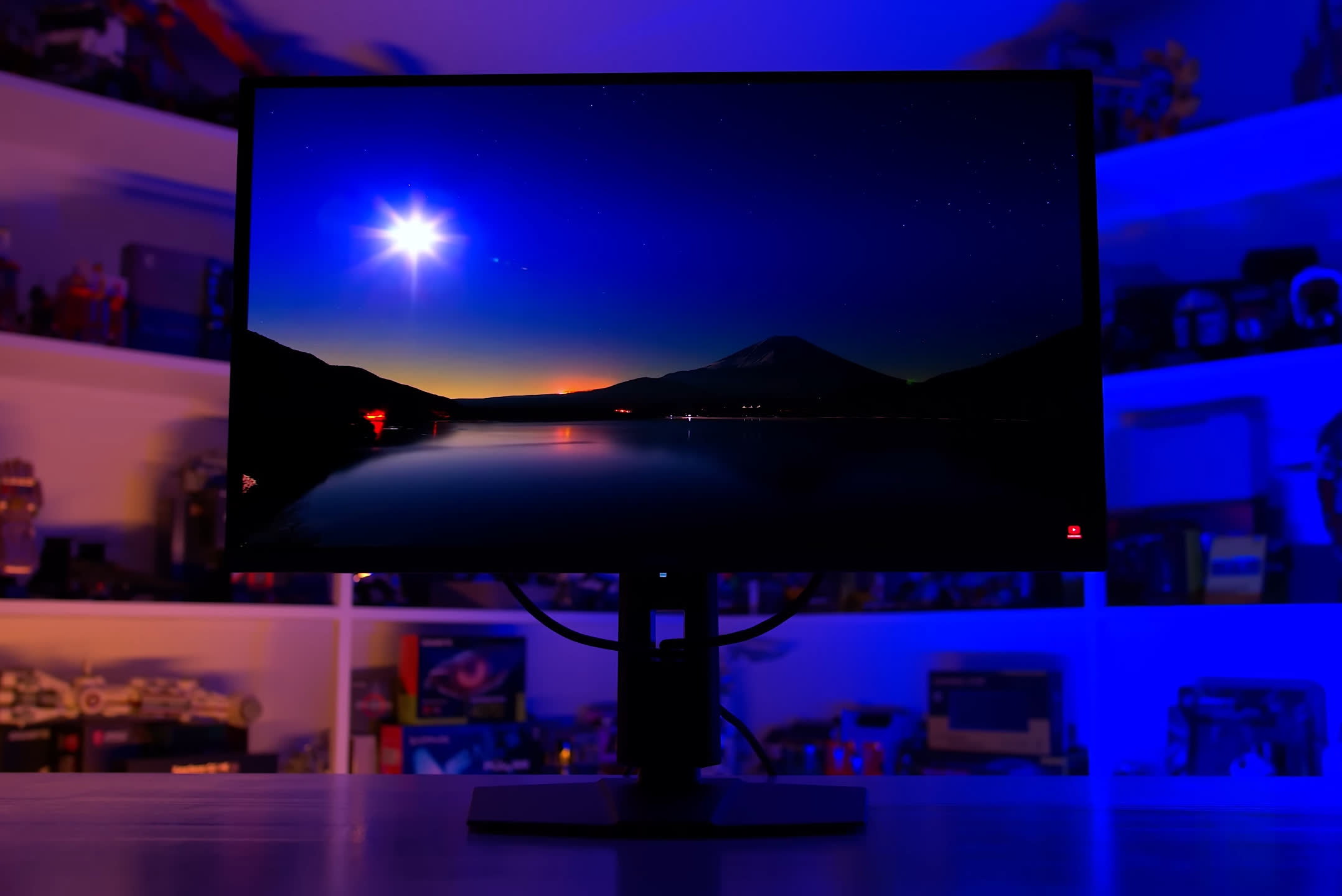
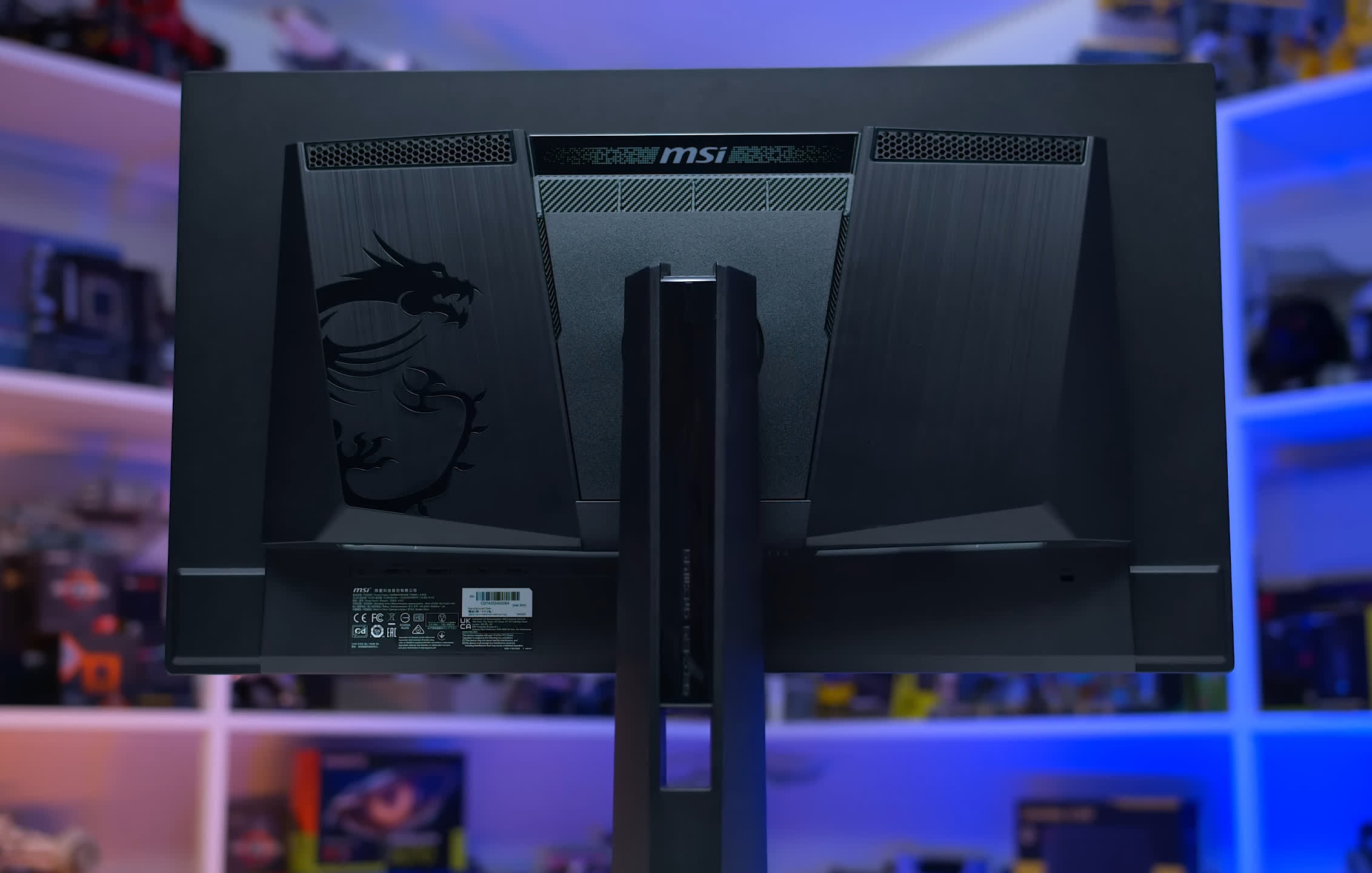
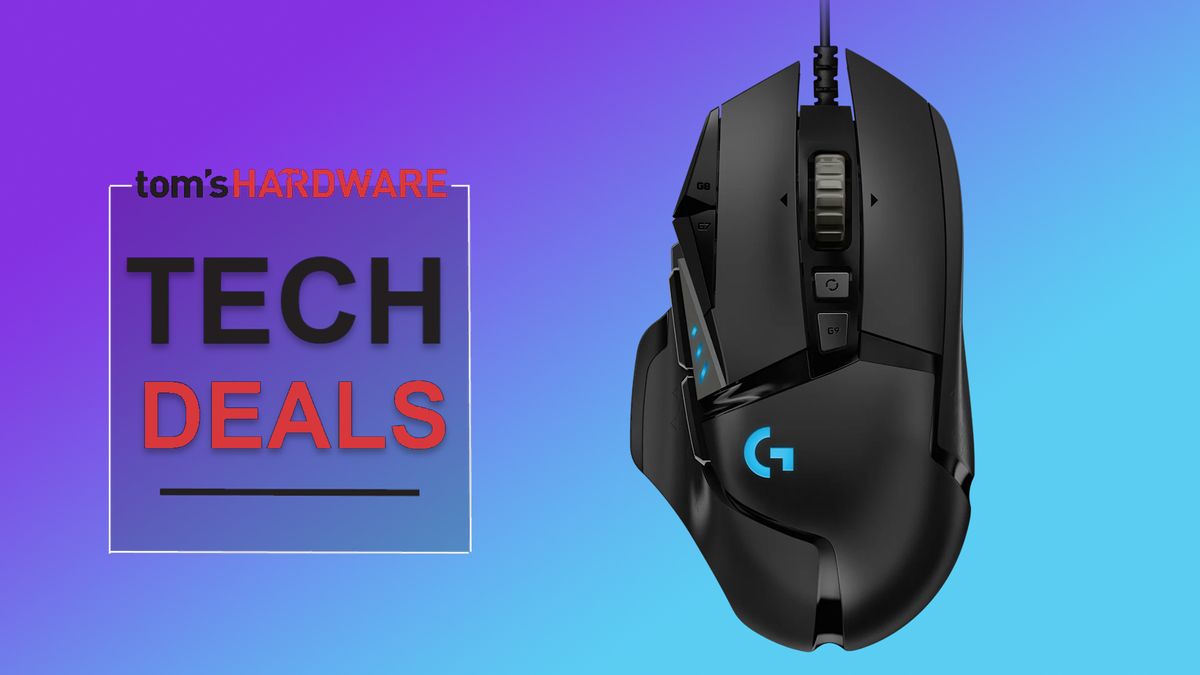

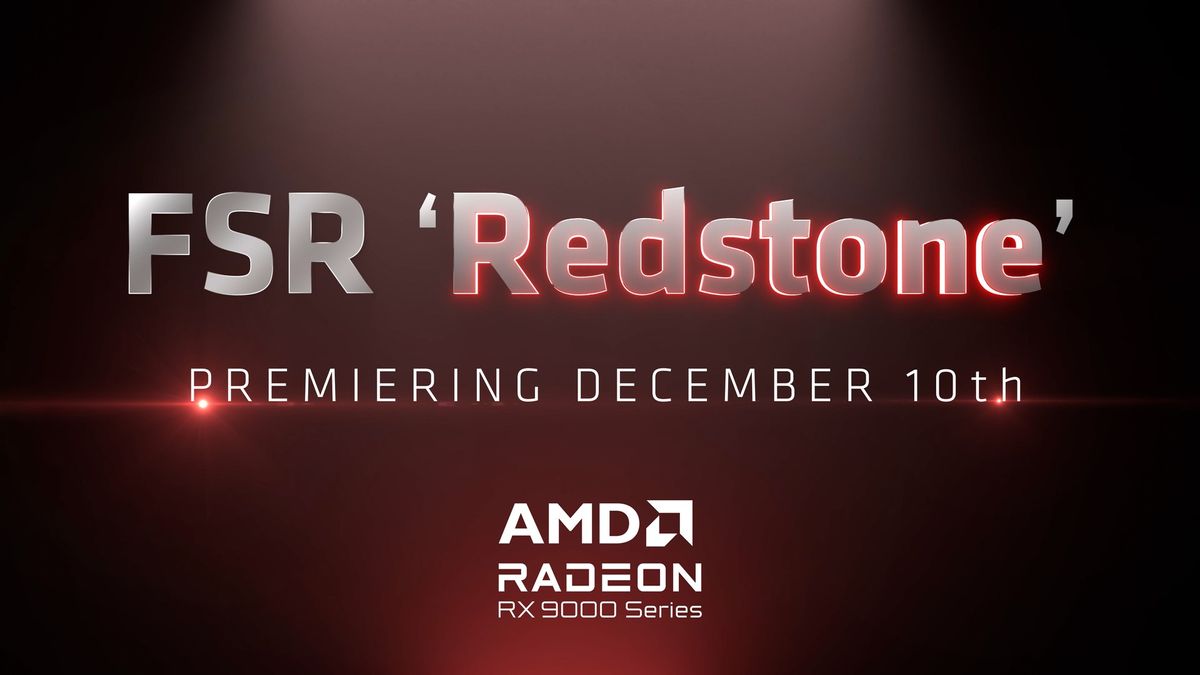


 English (US) ·
English (US) ·